If there's one thing I don't like about today's hybrid car market, it's the lack of station wagons. Seriously, you have plenty of options for every configuration, including supercars, but station wagons are pretty much restricted to a handful of models like the Toyota Auris wagon and the Volvo V90 T8. And you can't even get the Toyota in the U.S. Fortunately, this just changed with the arrival of the arrival of the Porsche Panamera Turbo S E-Hybrid Sport Turismo. Sure, it's not exactly affordable, but it's a breath of fresh air if you're in the market for a fast yet efficient vehicle with a little more room in the trunk than a standard sedan.
As you might have already guessed from the name, this Sport Turismo is essentially the wagon version of the Panamera Turbo S E-Hybrid that Porsche introduced at the 2017 Geneva Motor Show. It has the same sporty design, but with a shooting brake roof, and the same powerful drivetrain that combines the company's massive V-8 with an electric motor, and a battery. It's the most powerful hybrid you can buy right now (that's not a supercar, that is!) and it has no rival, especially in the station wagon niche. Let's find out what makes it so attractive.
Continue reading to learn more about the Porsche Panamera Turbo S E-Hybrid Sport Turismo.
2018 Porsche Panamera Turbo S E-Hybrid Sport Turismo
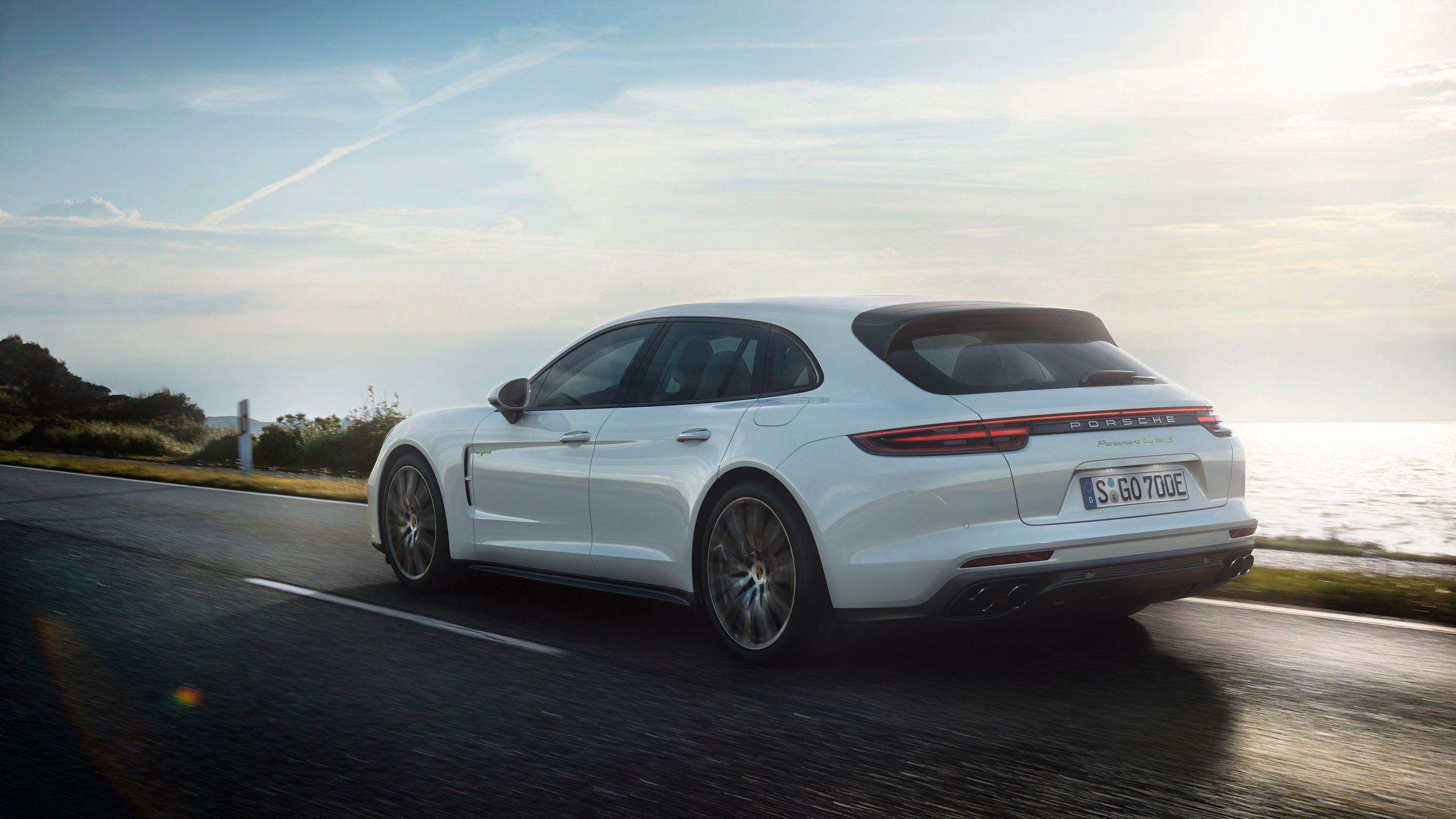

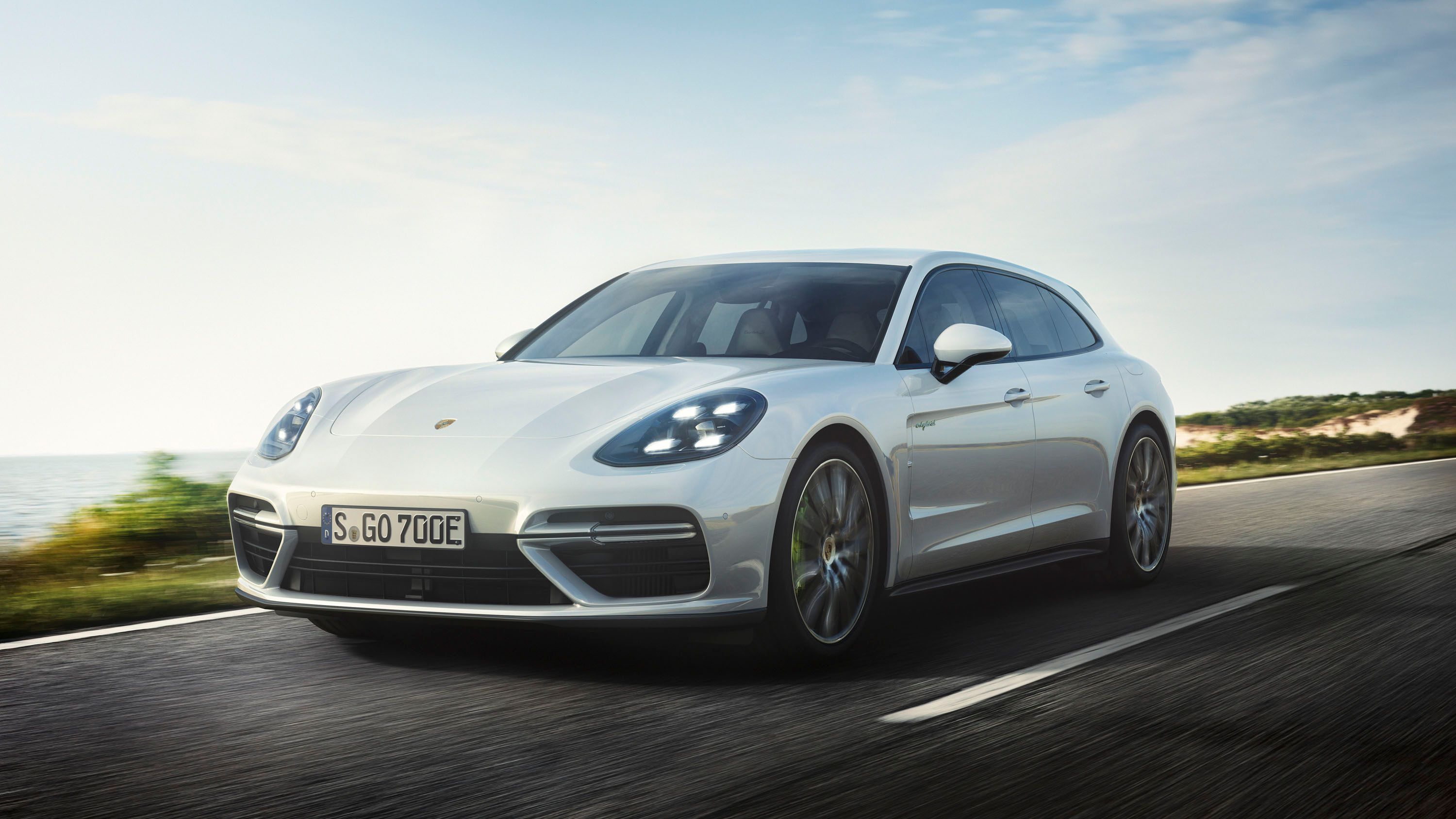
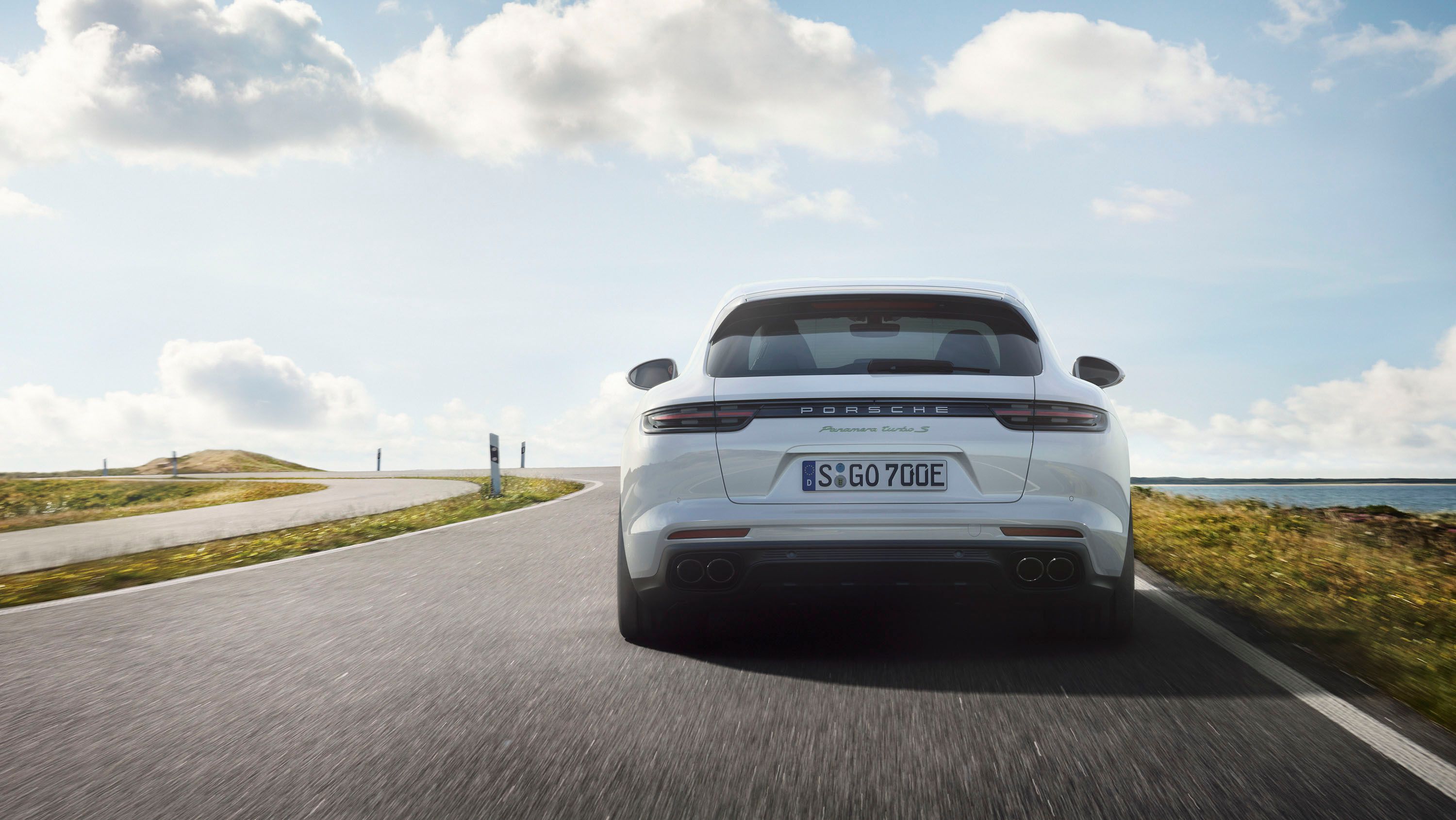
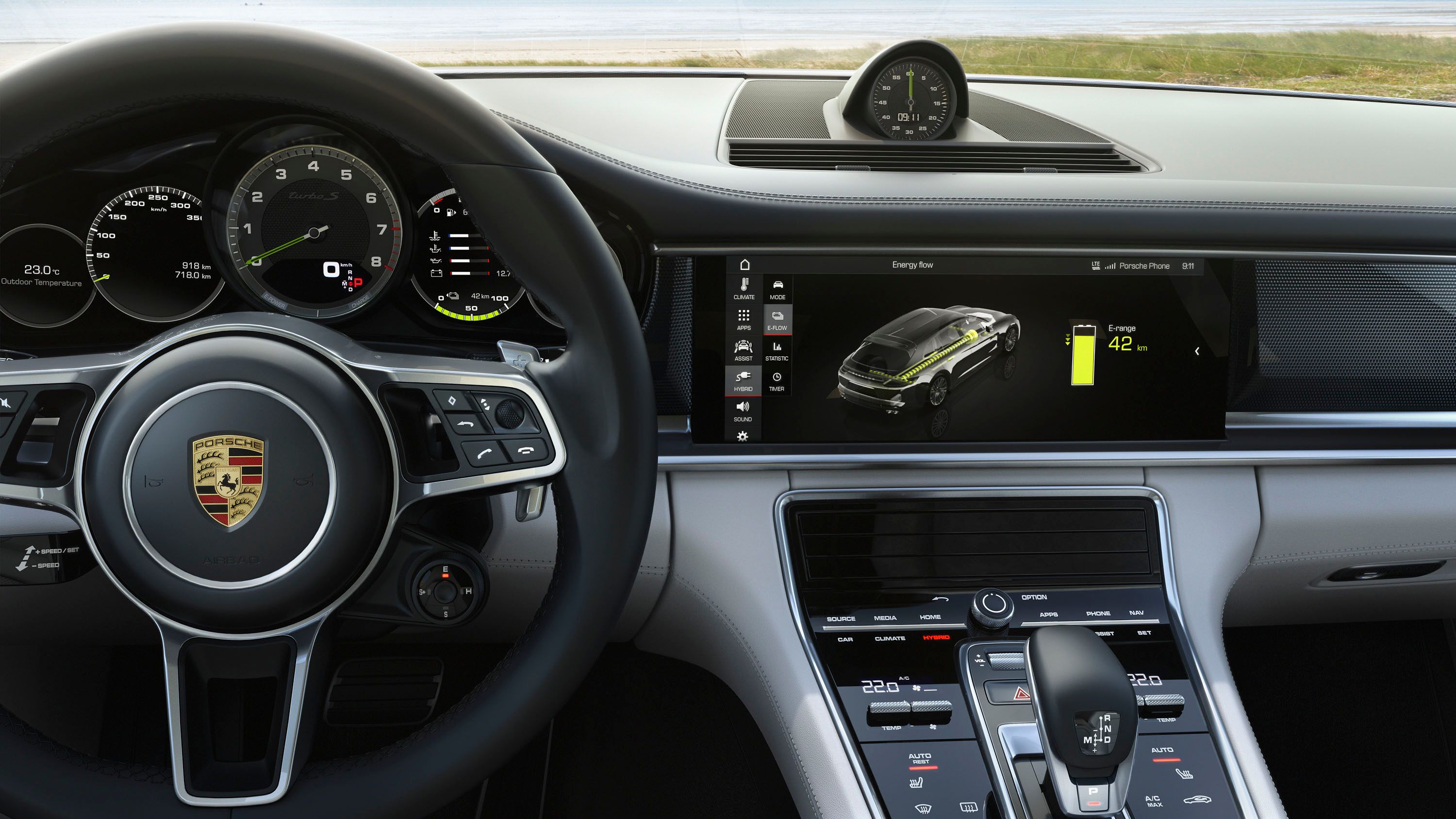
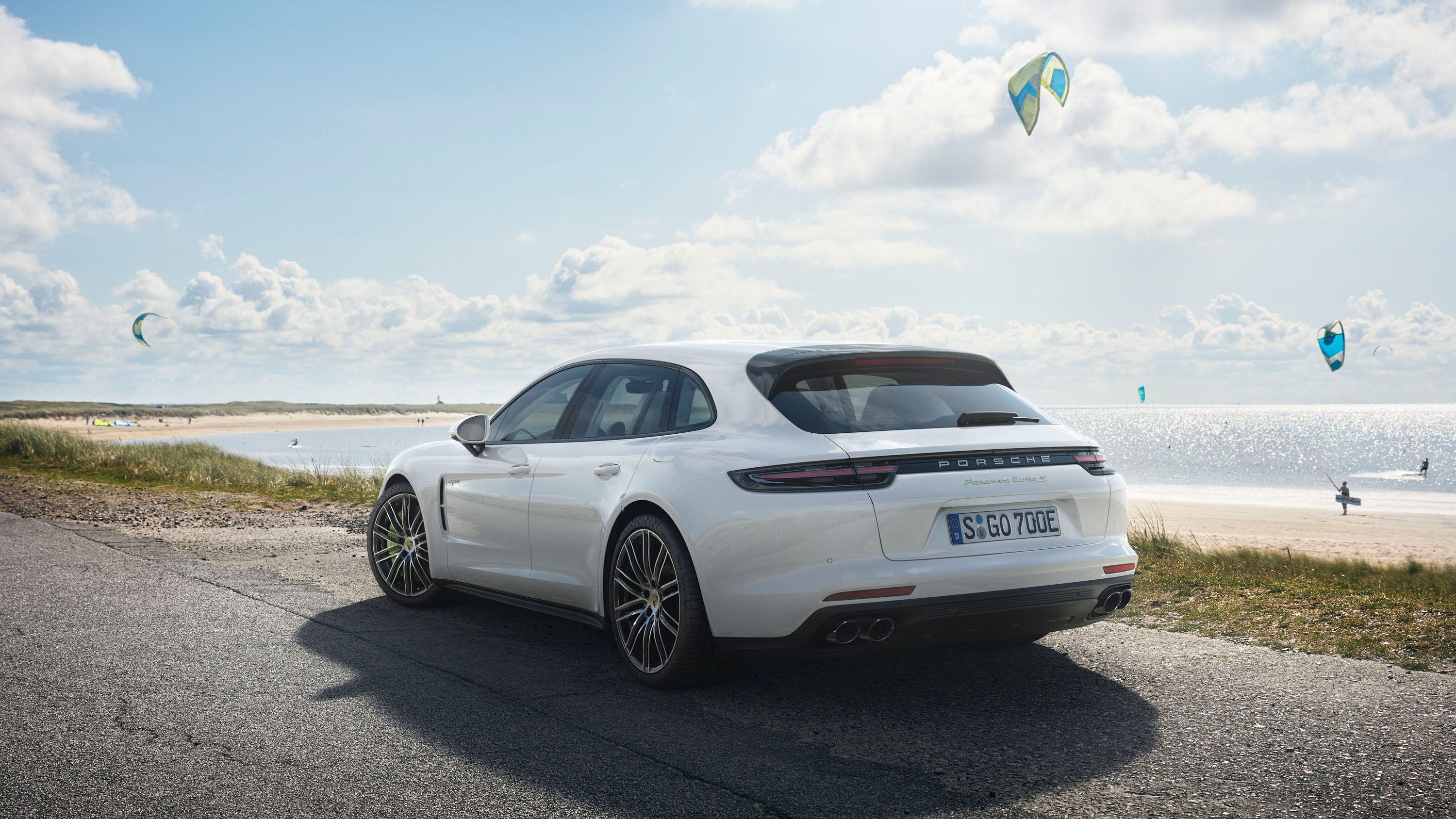
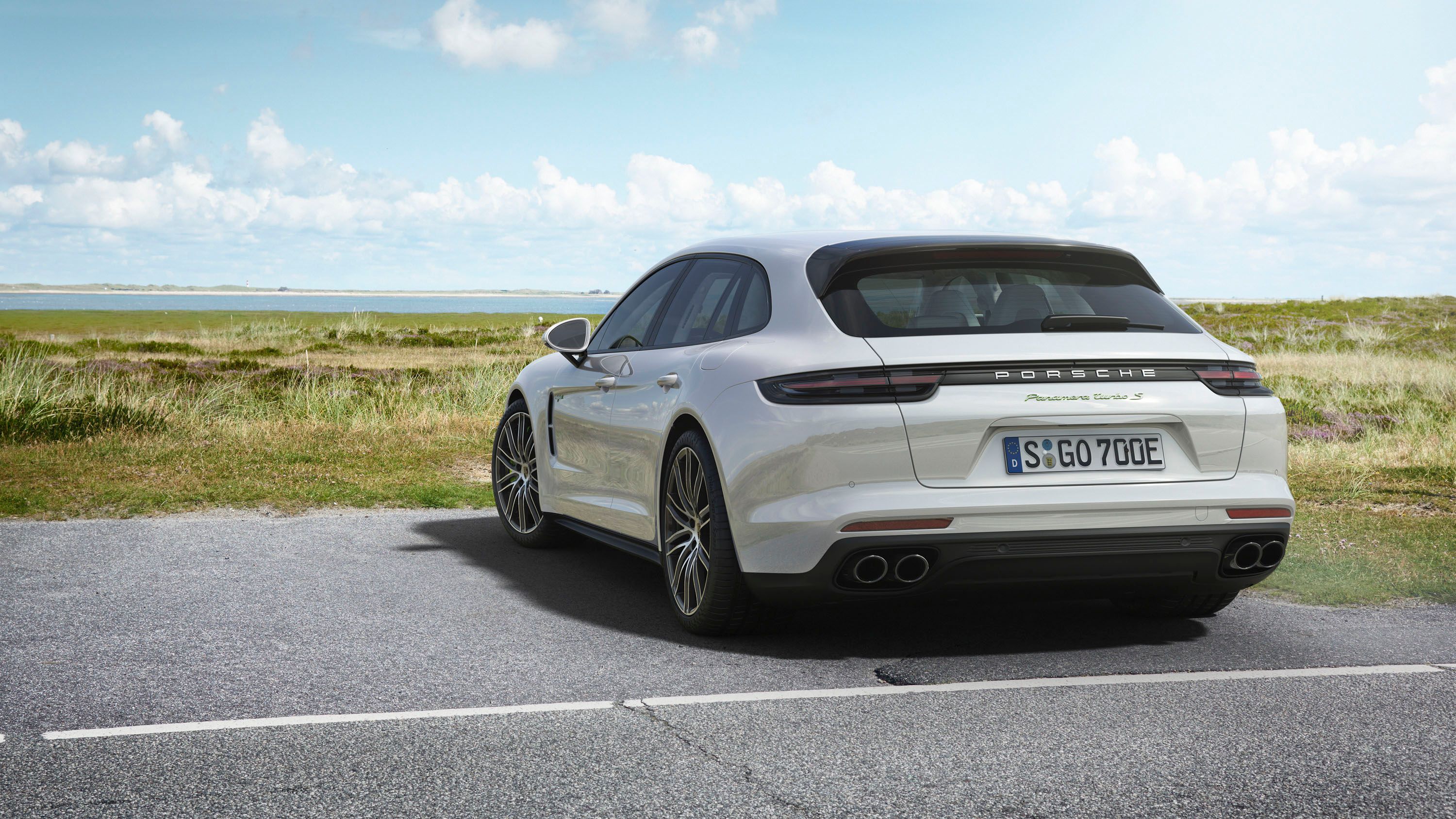
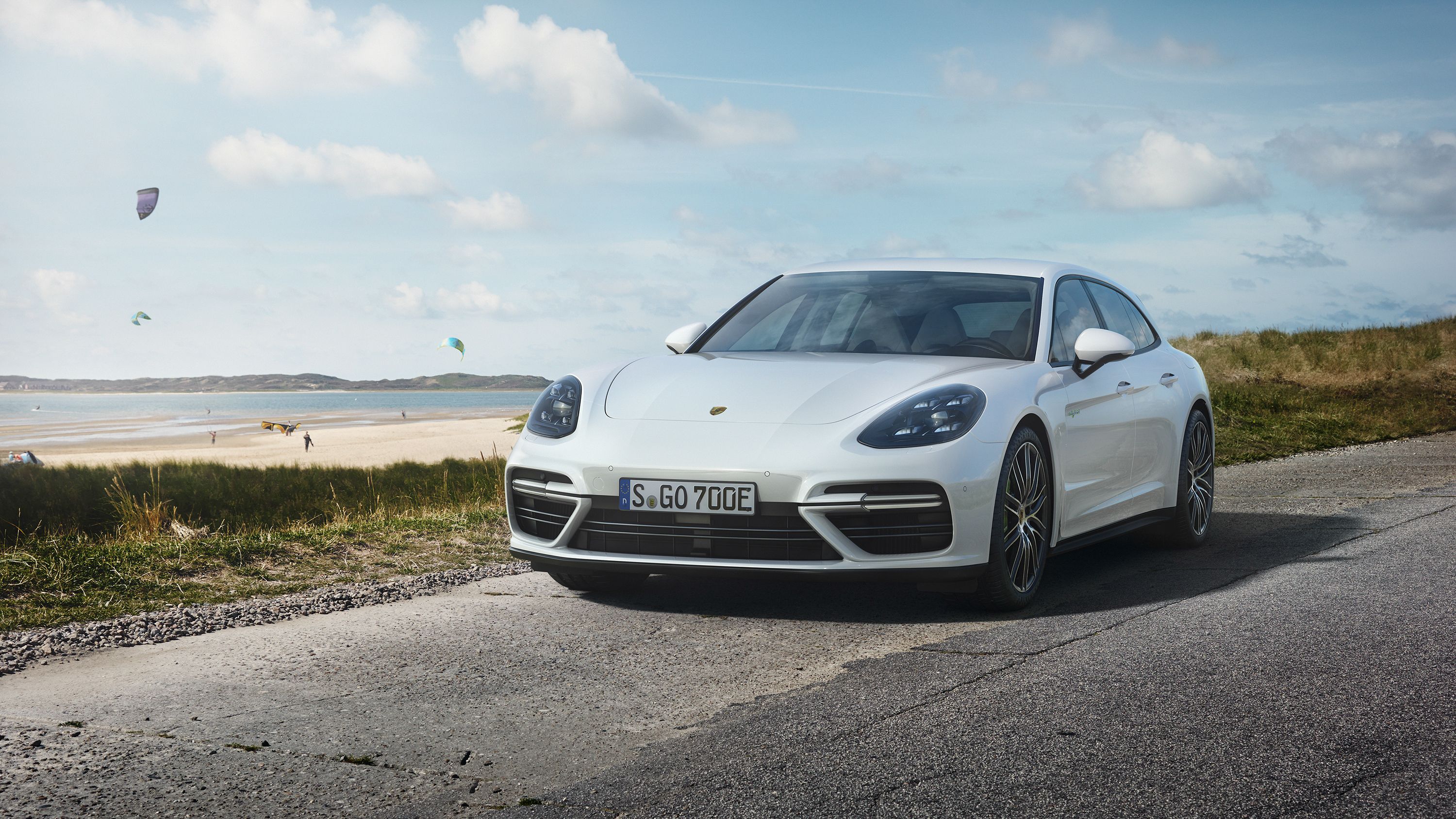
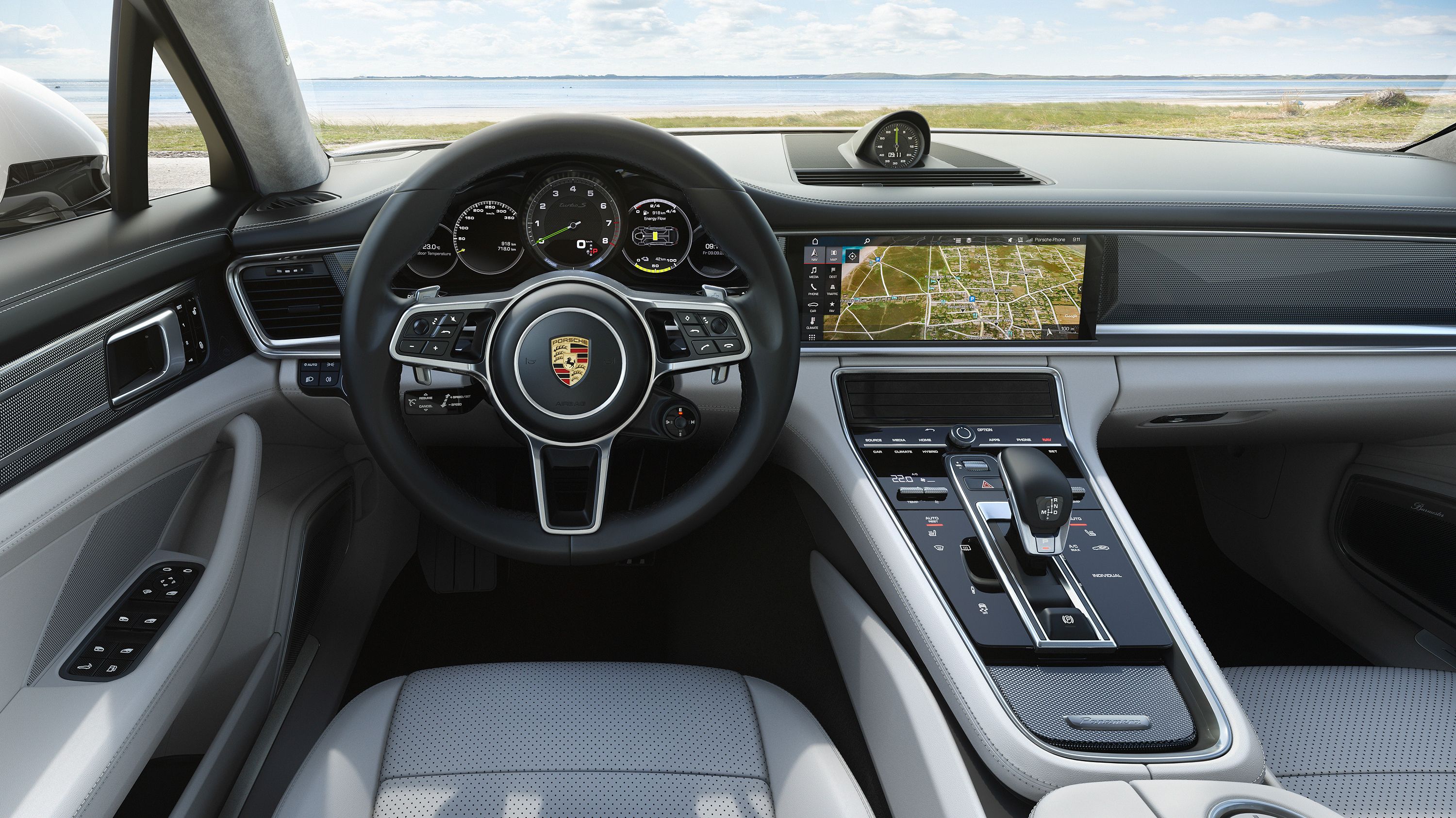
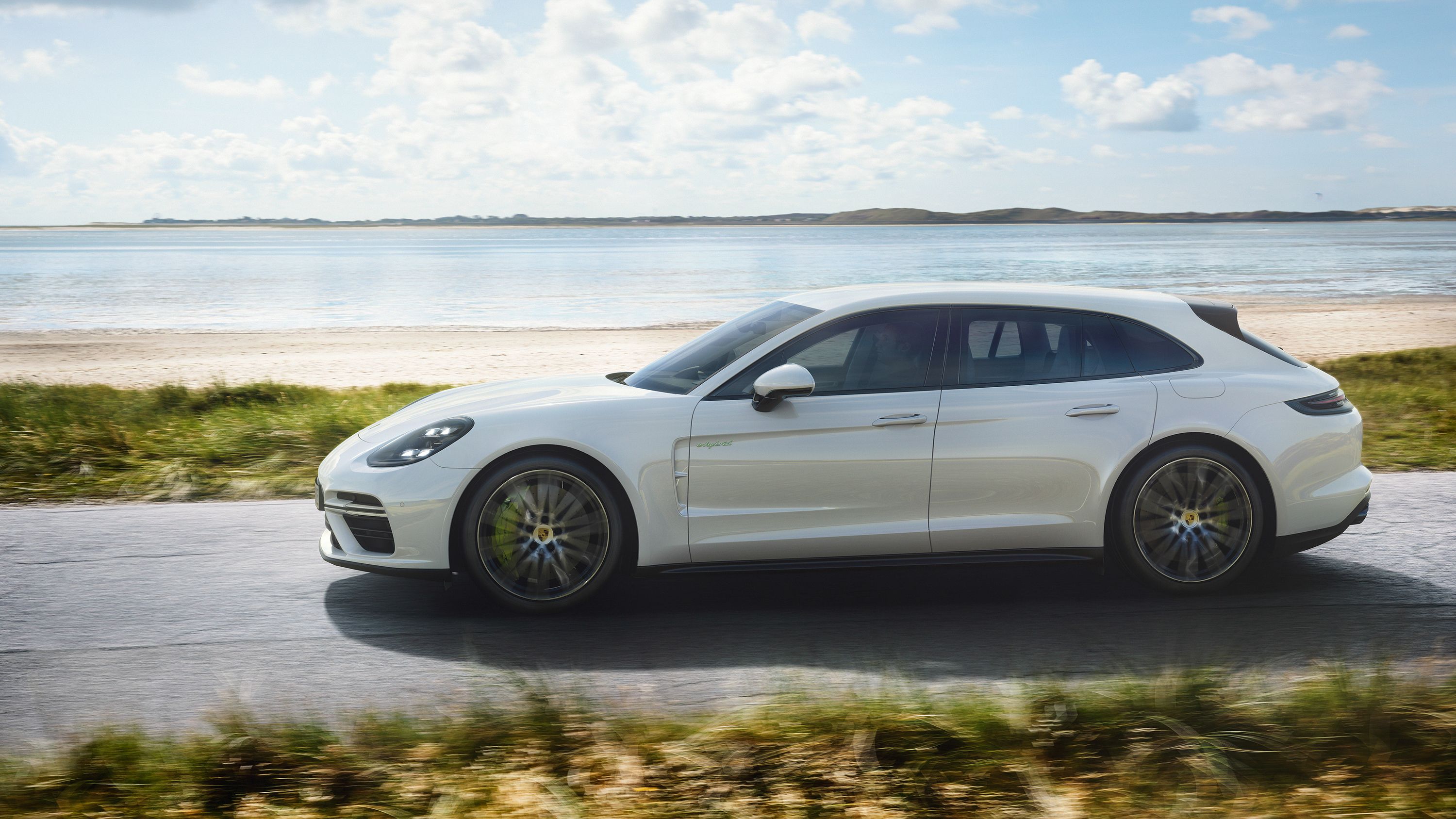
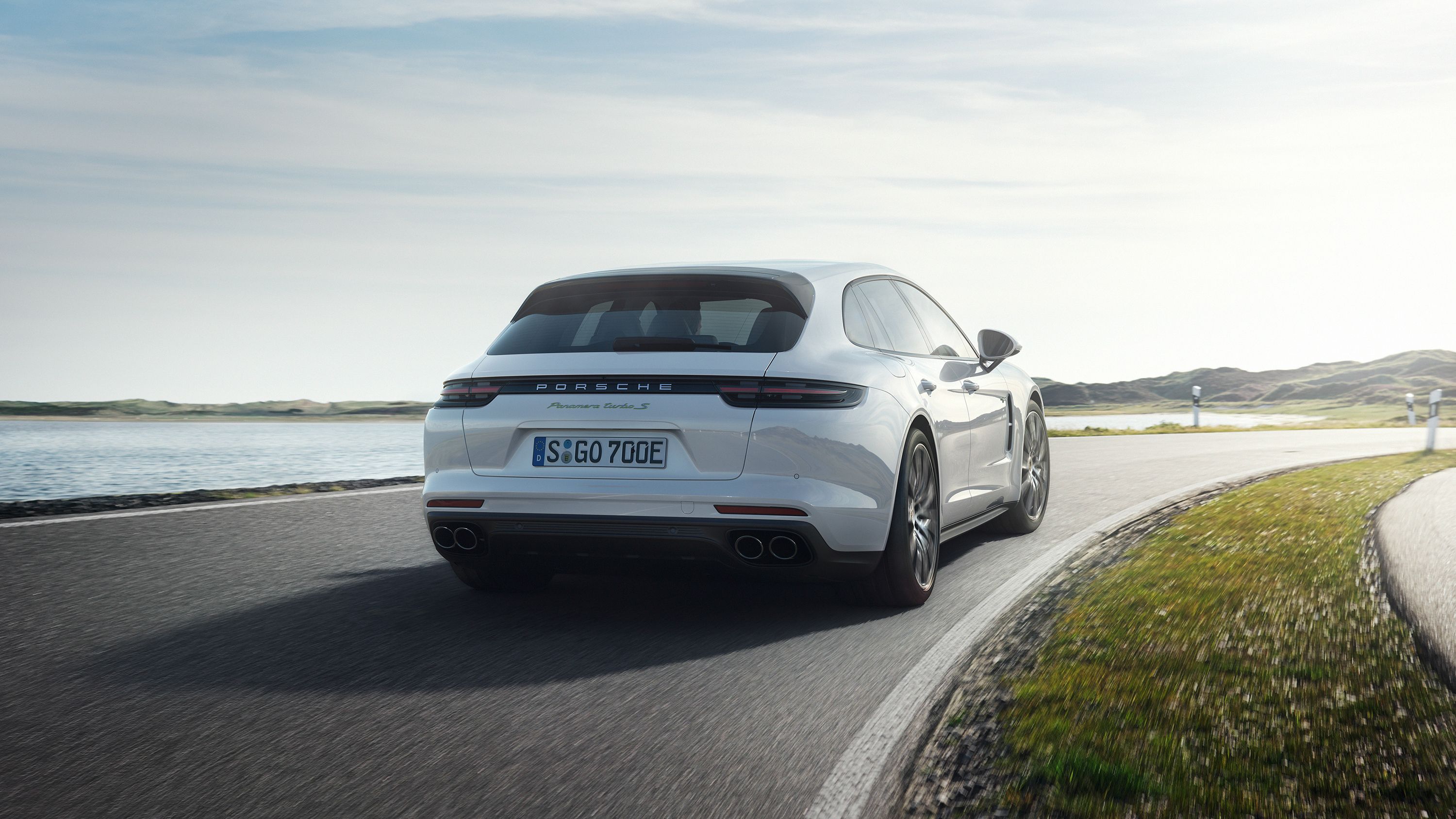
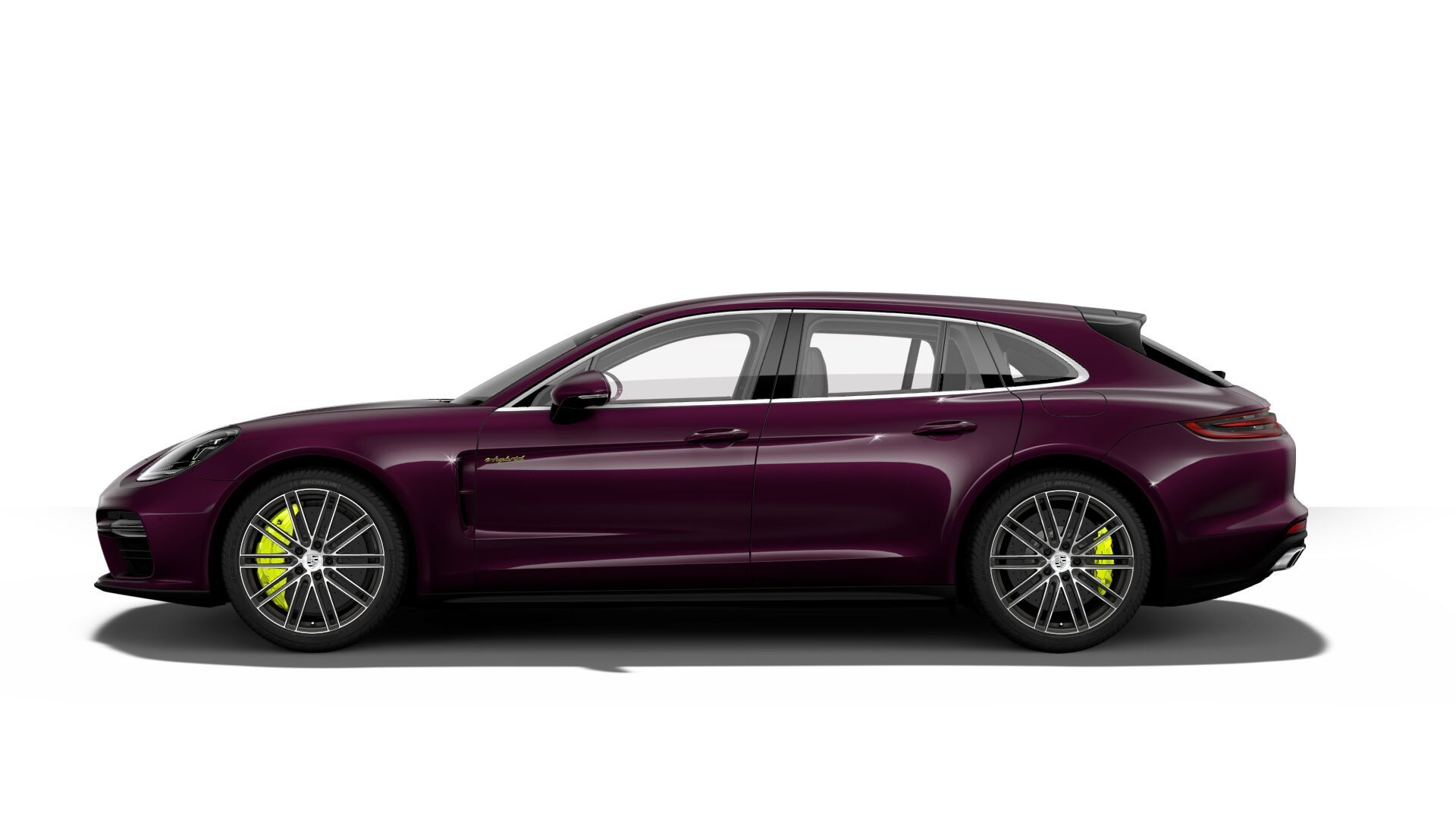
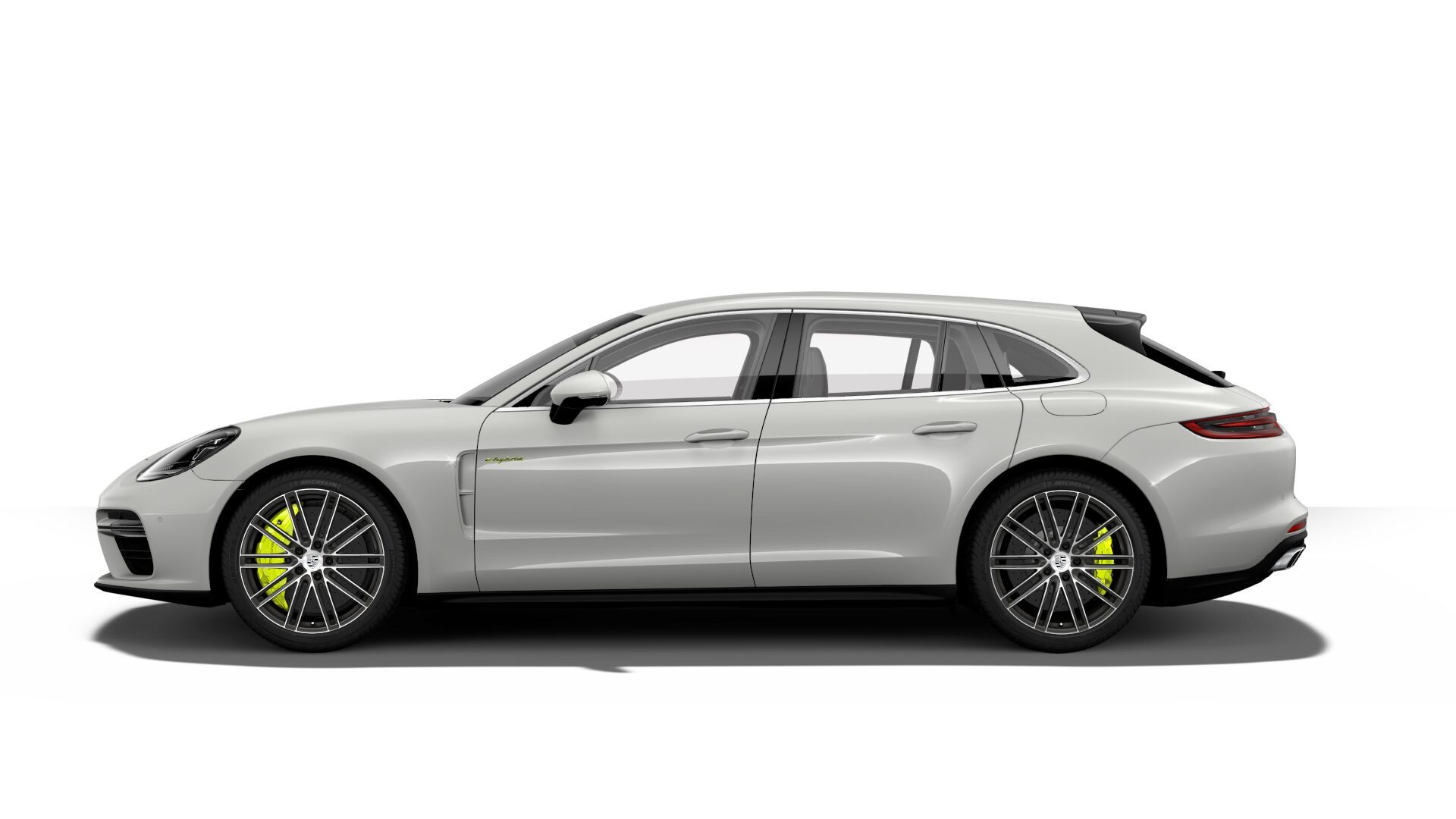
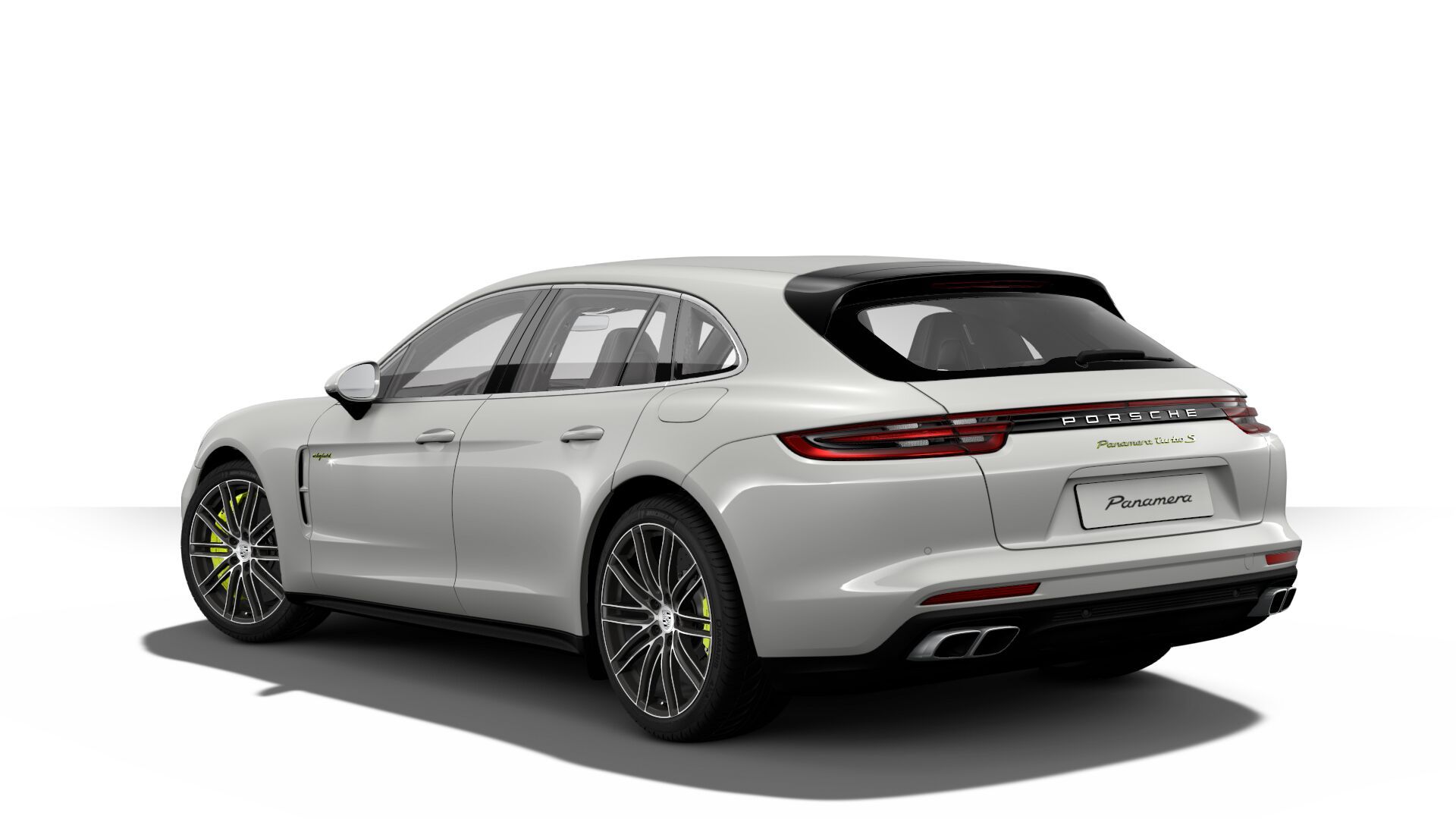
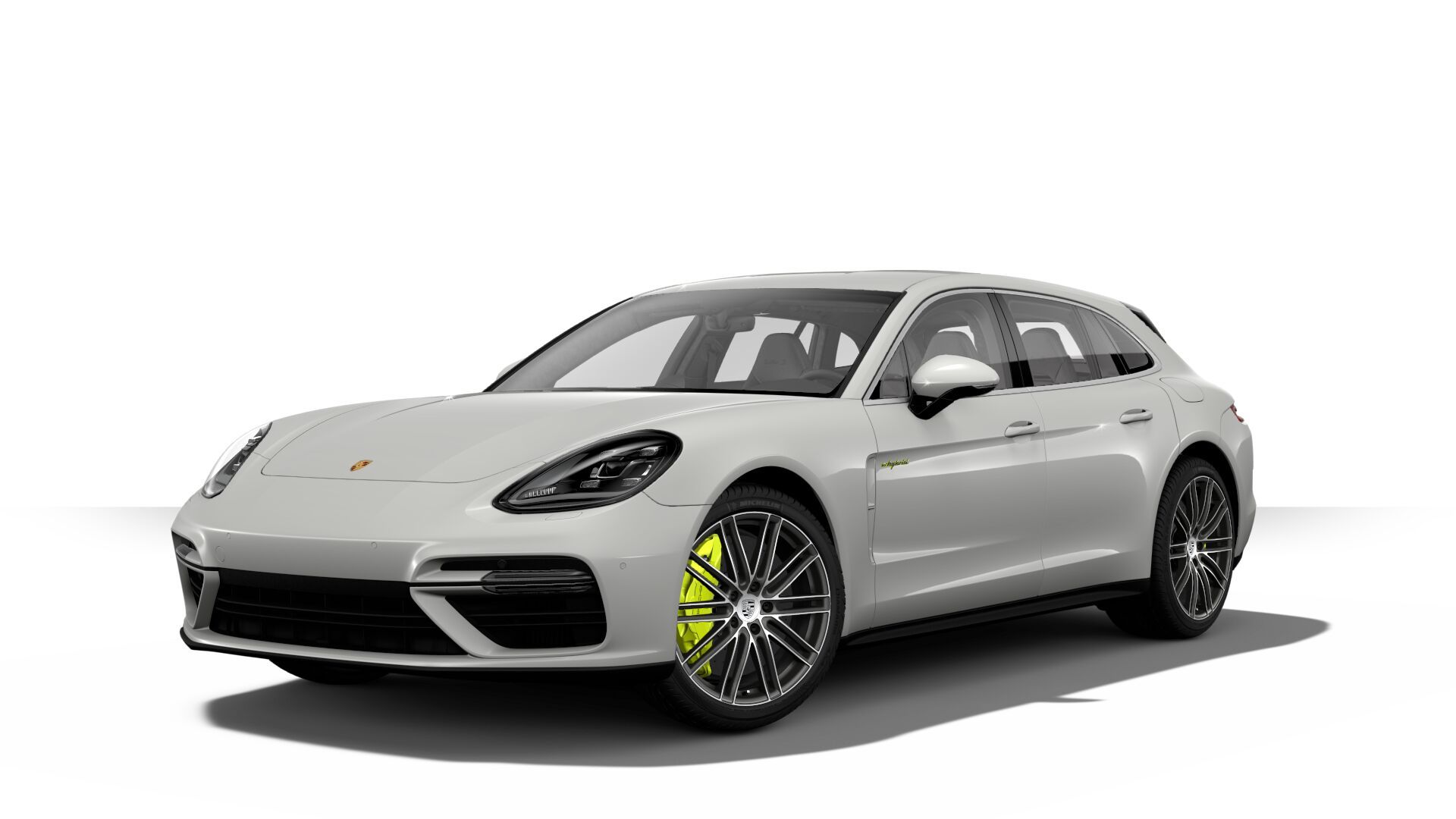
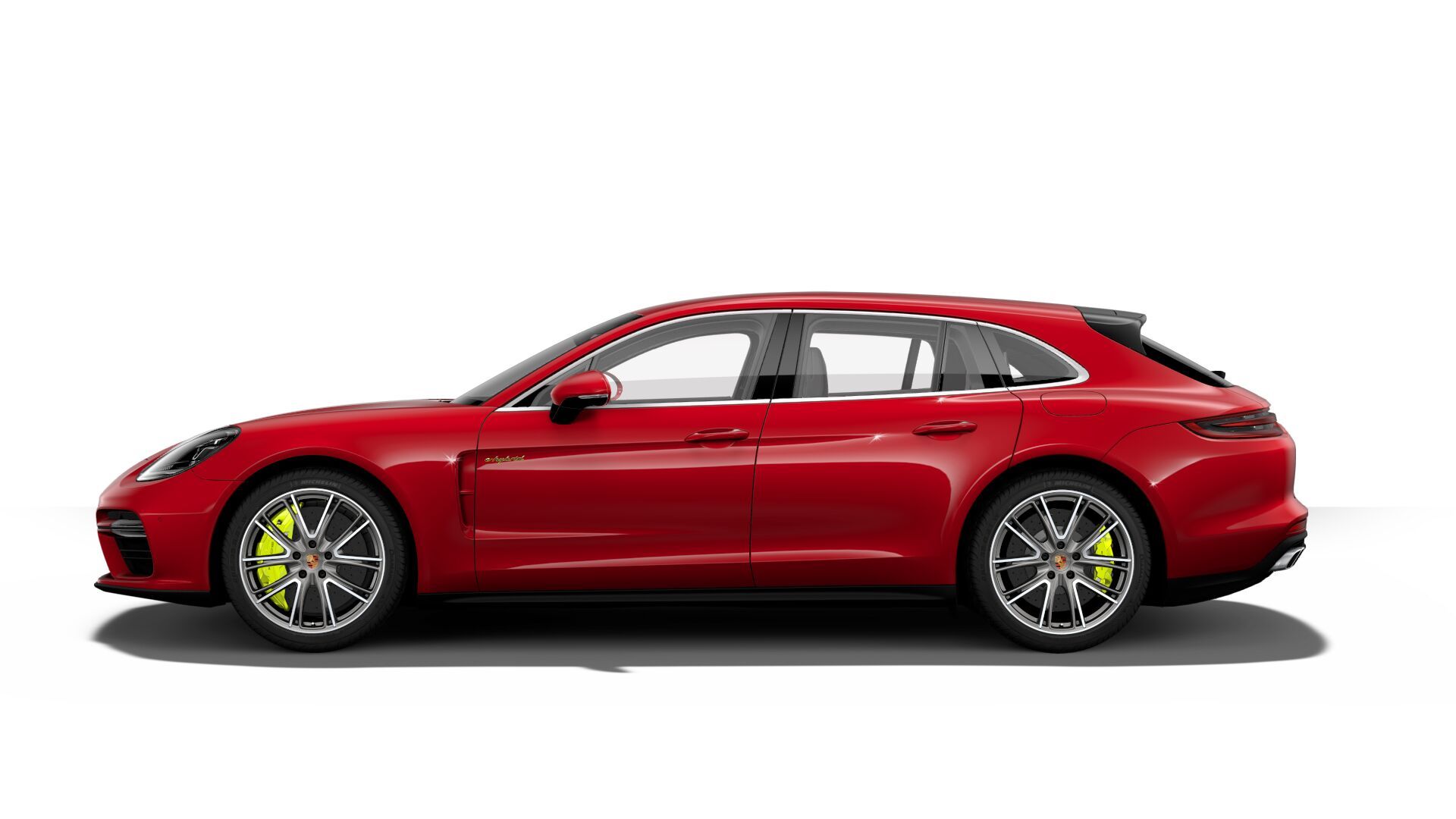
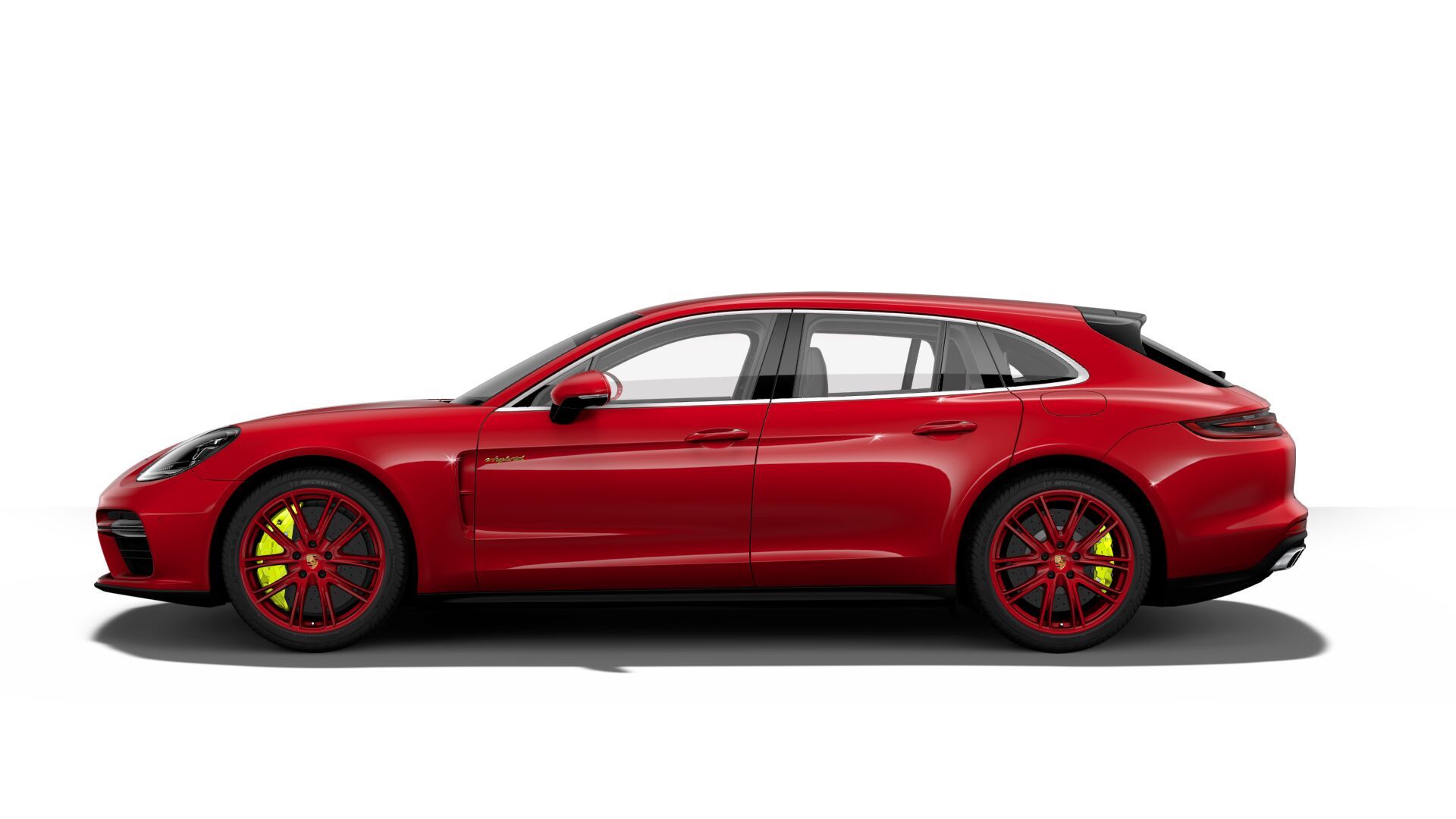
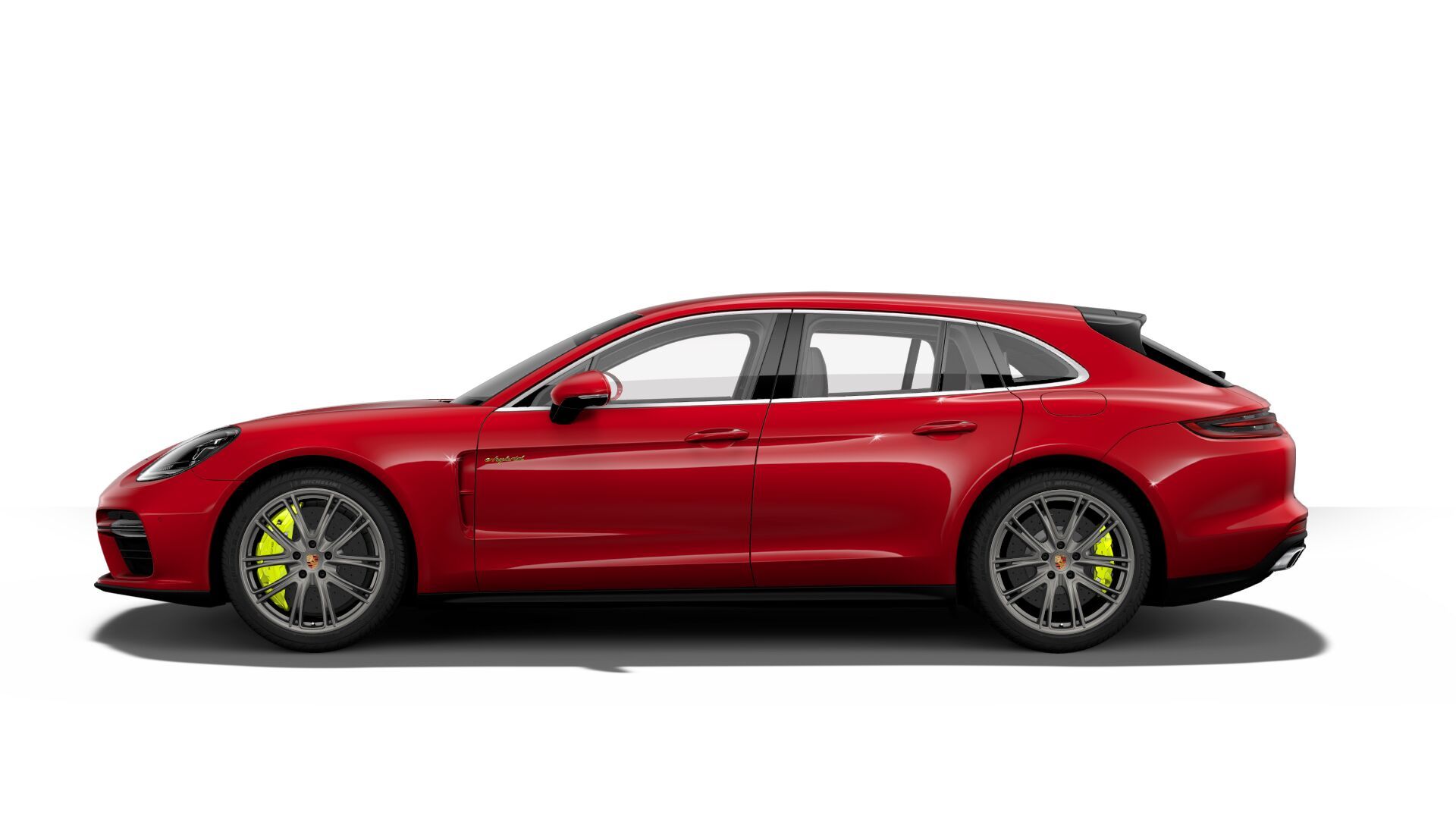
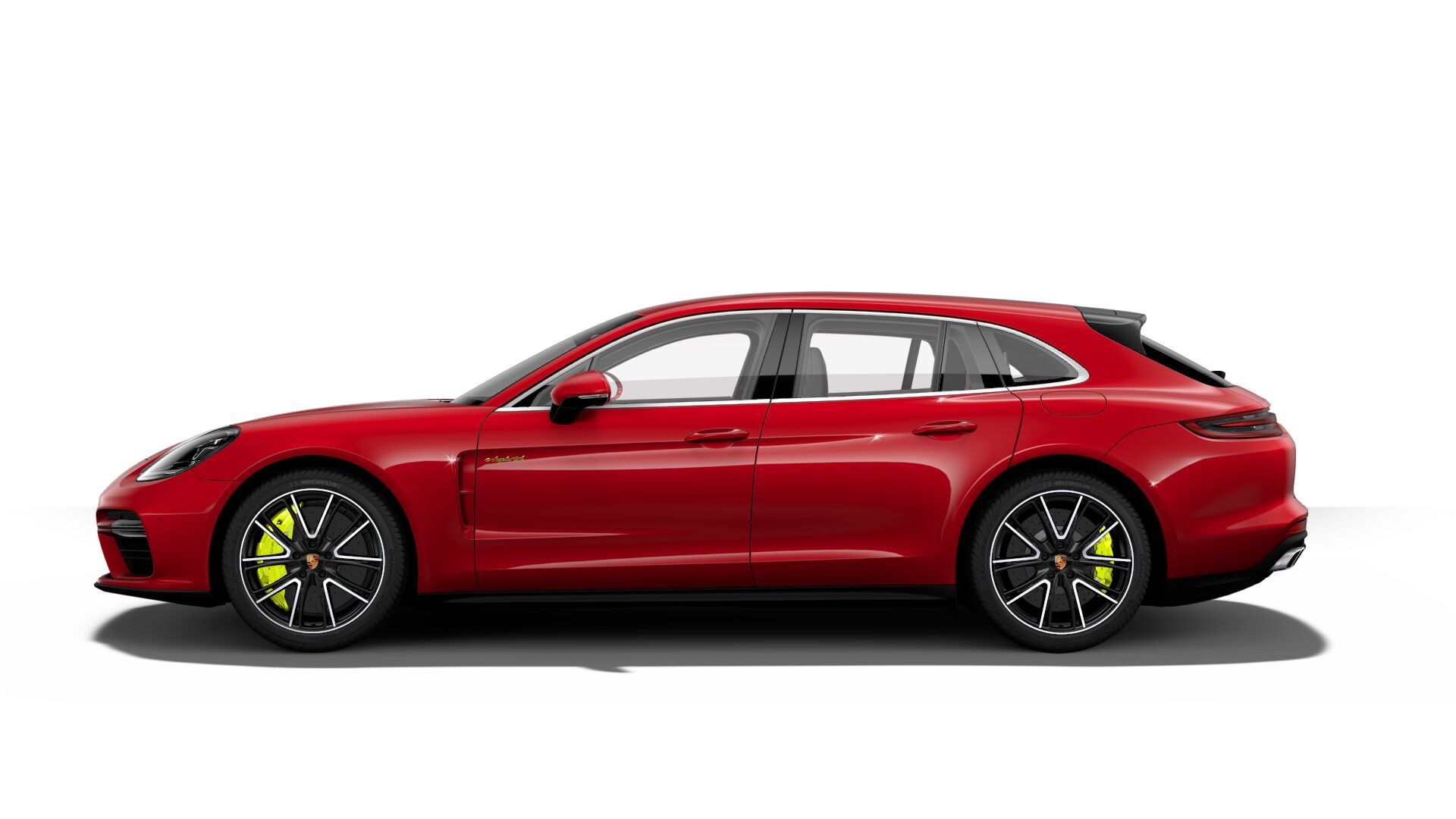
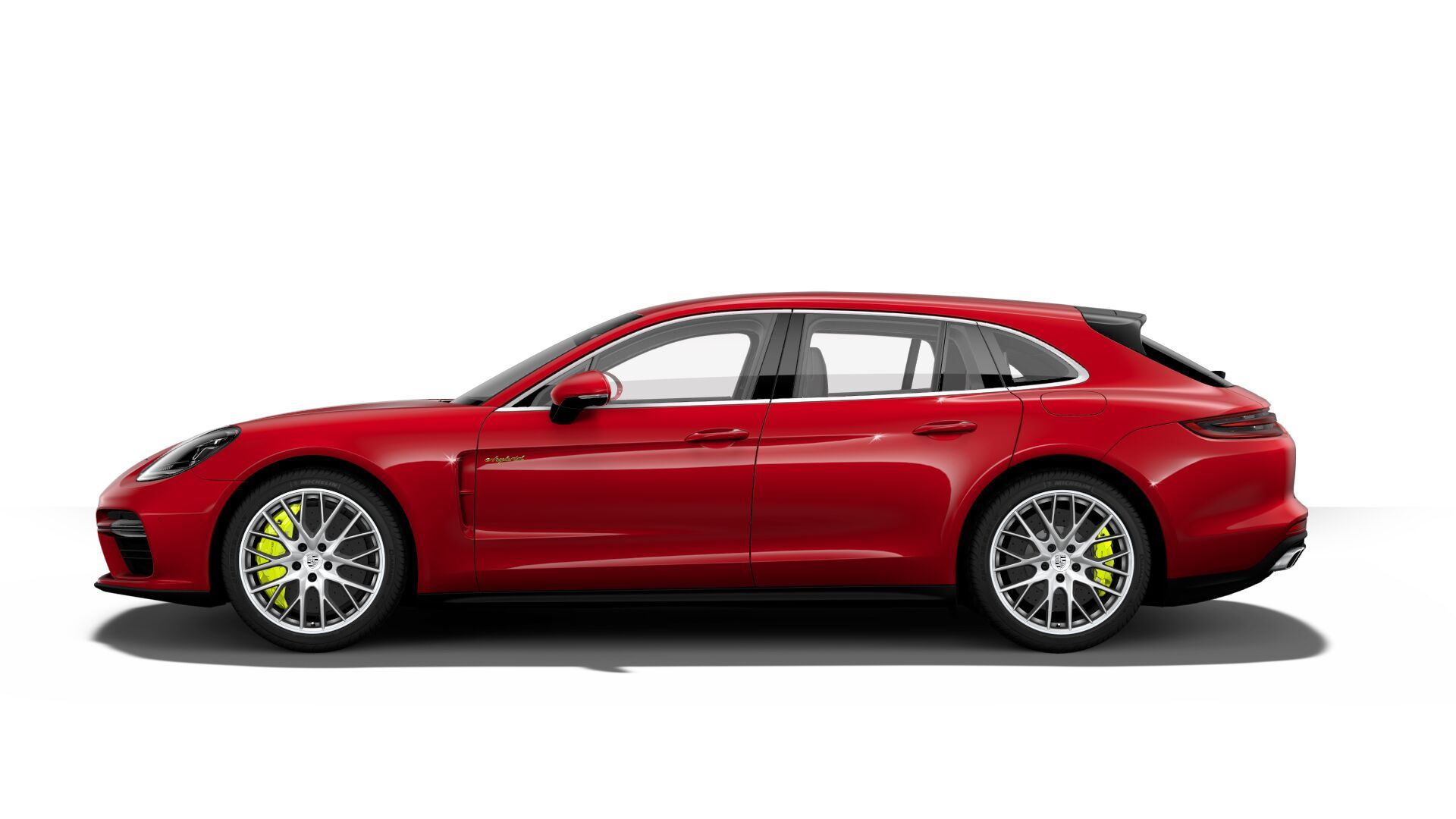
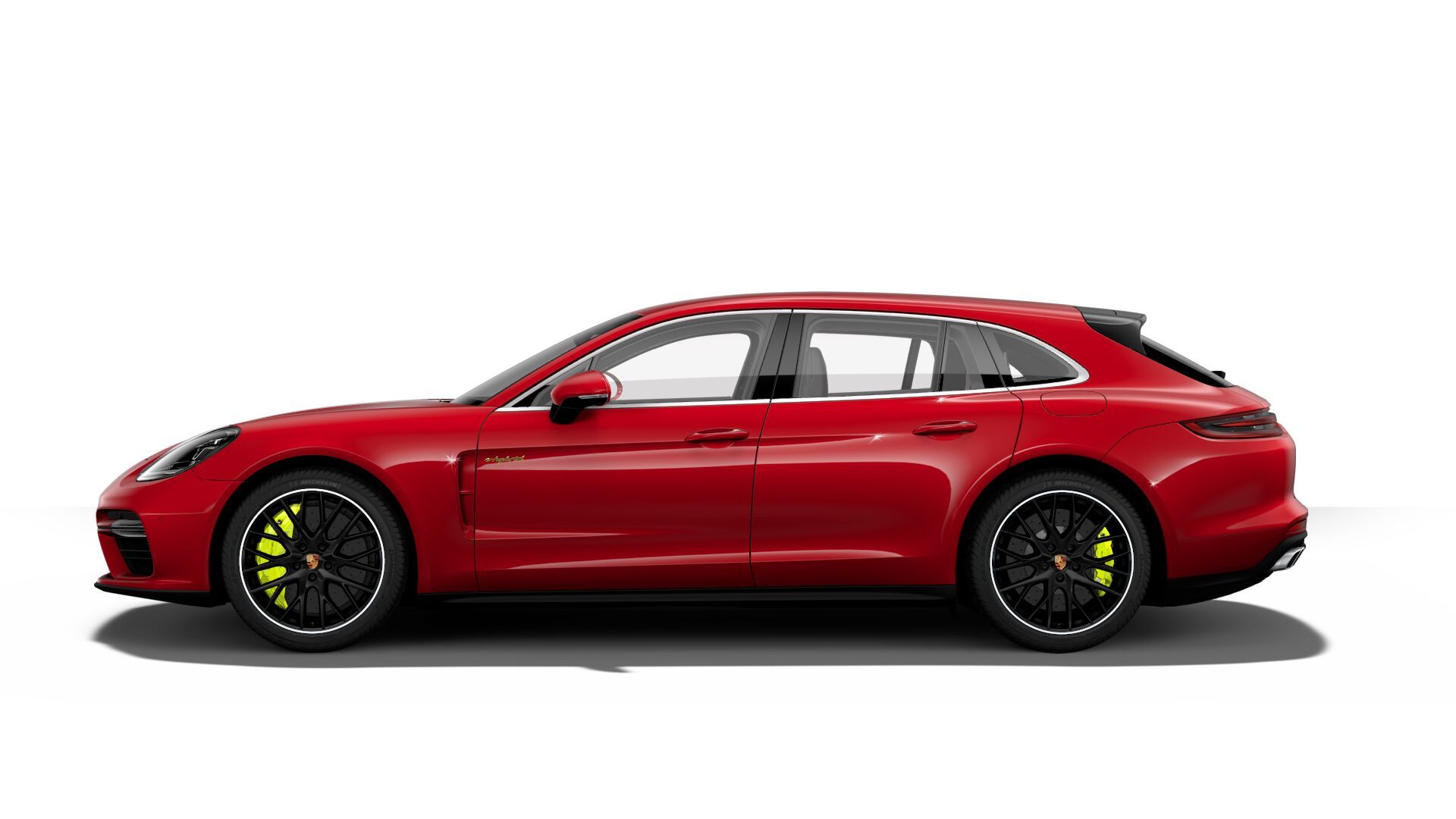
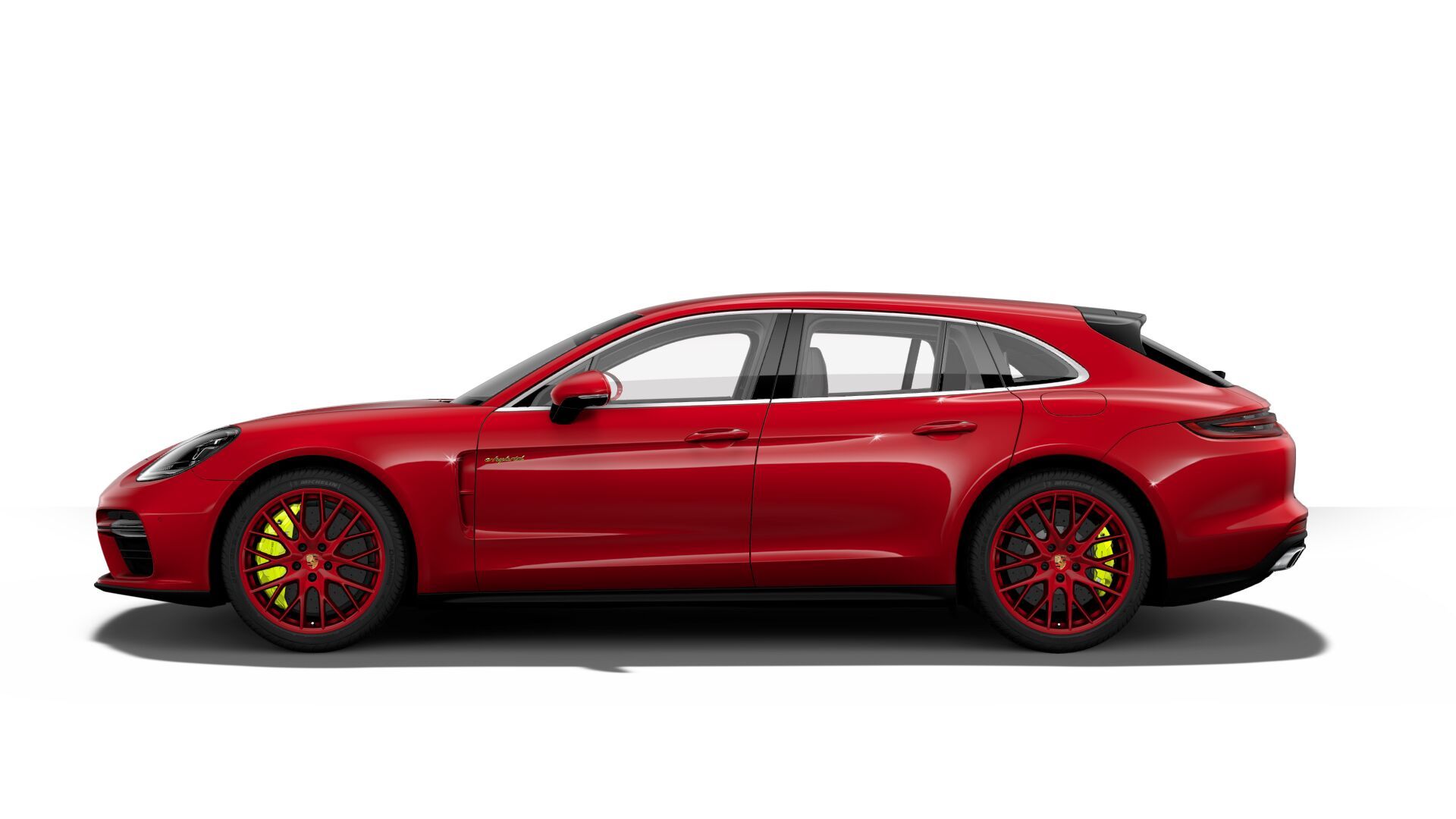
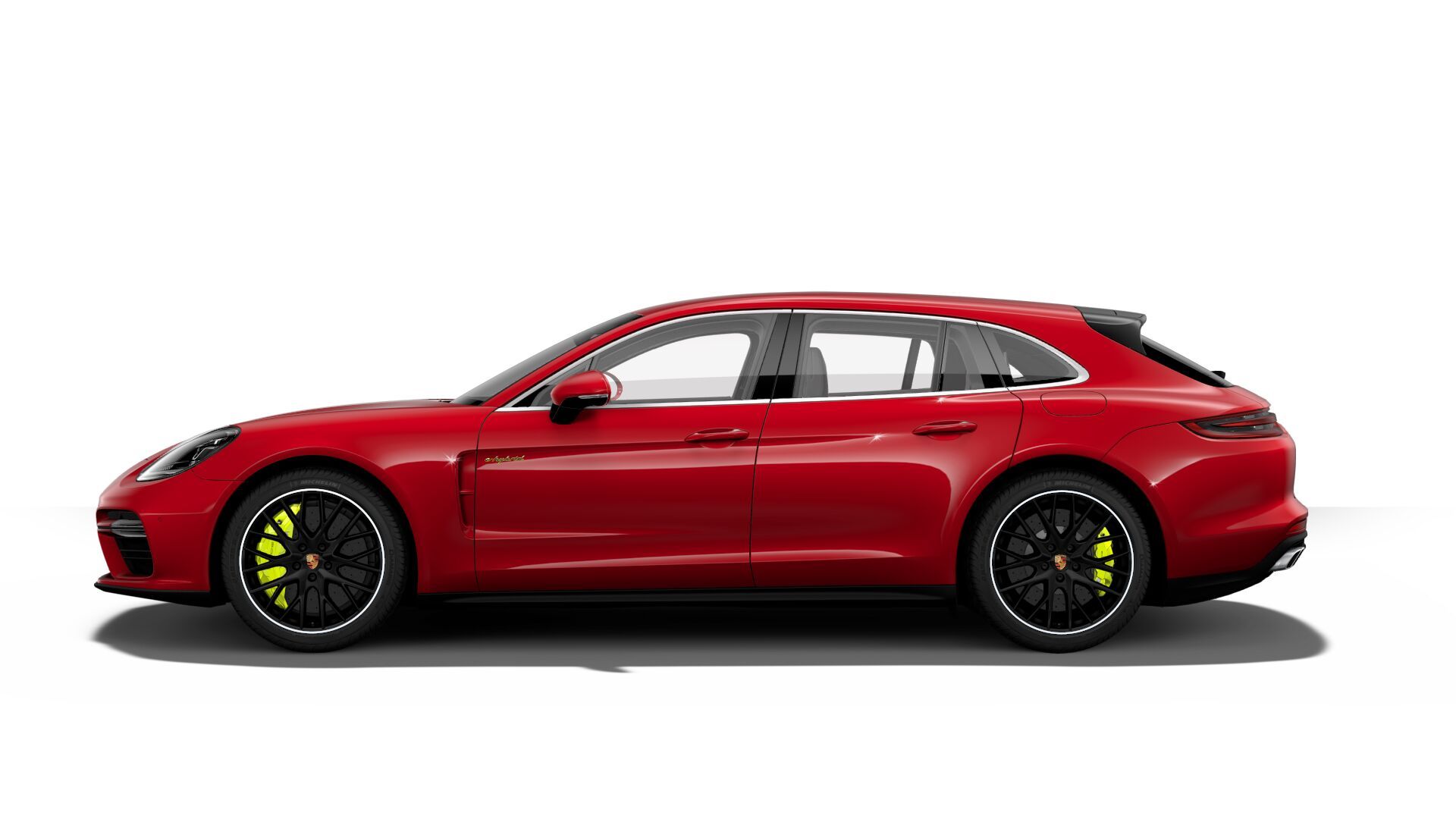
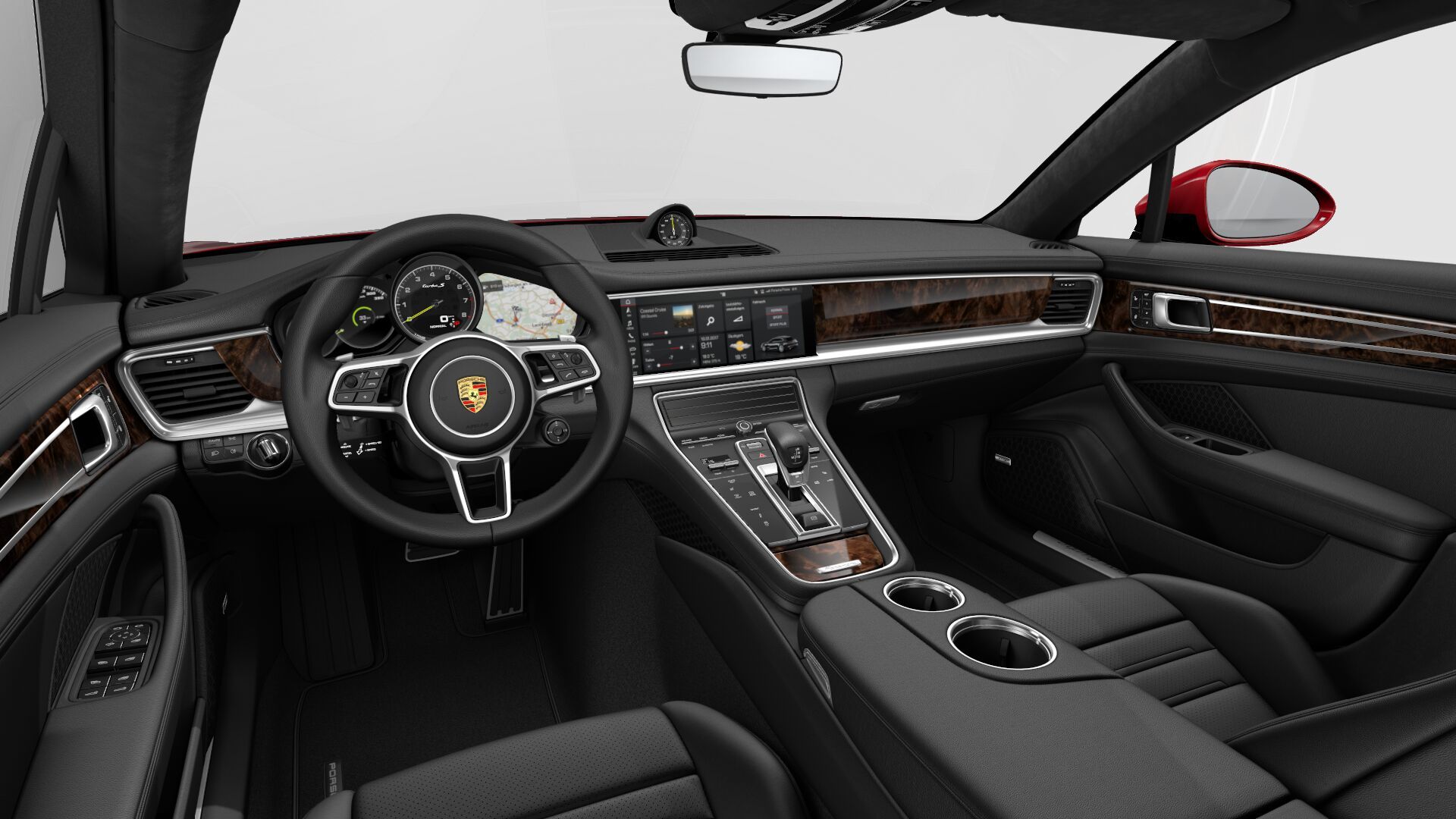
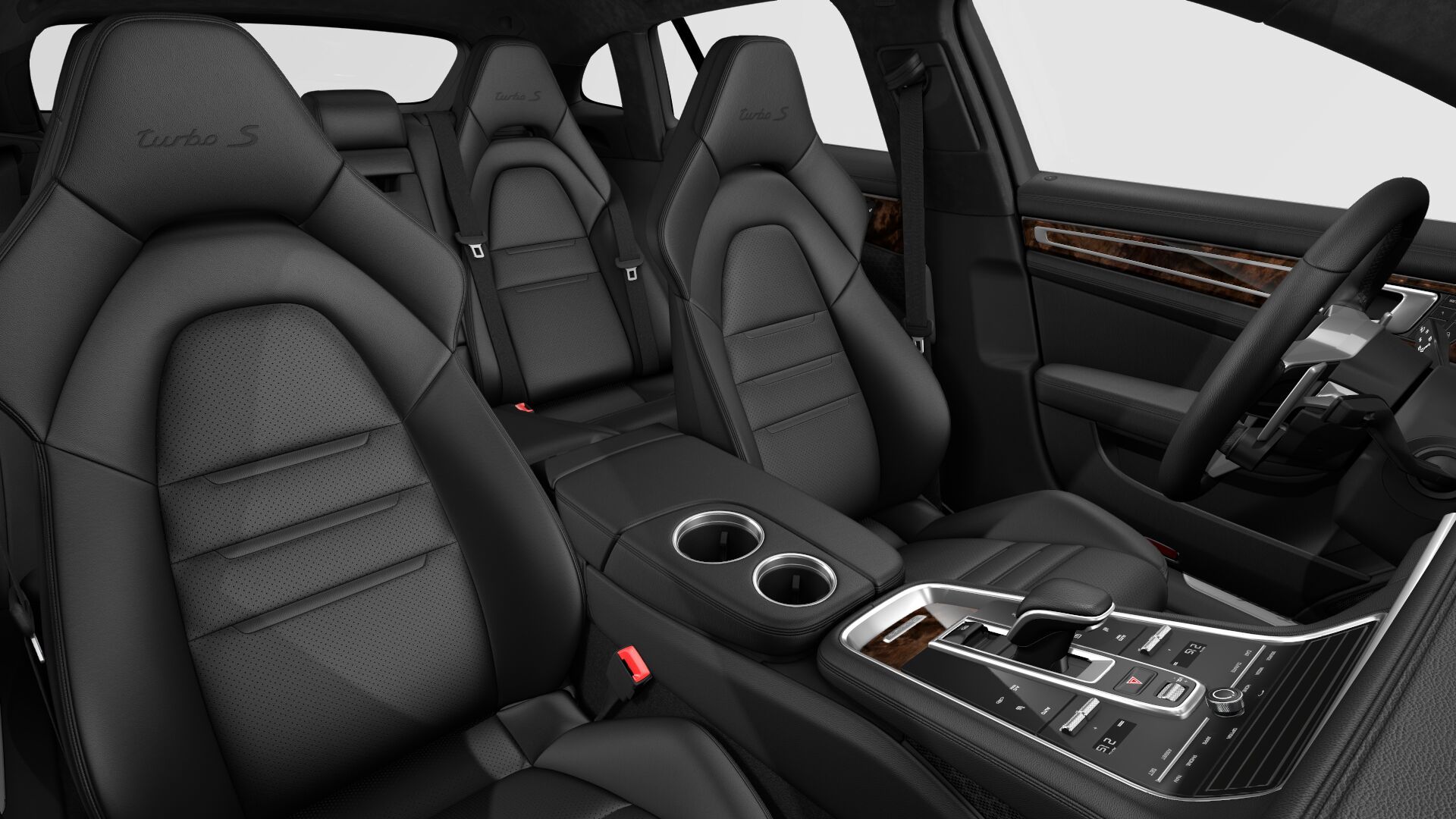
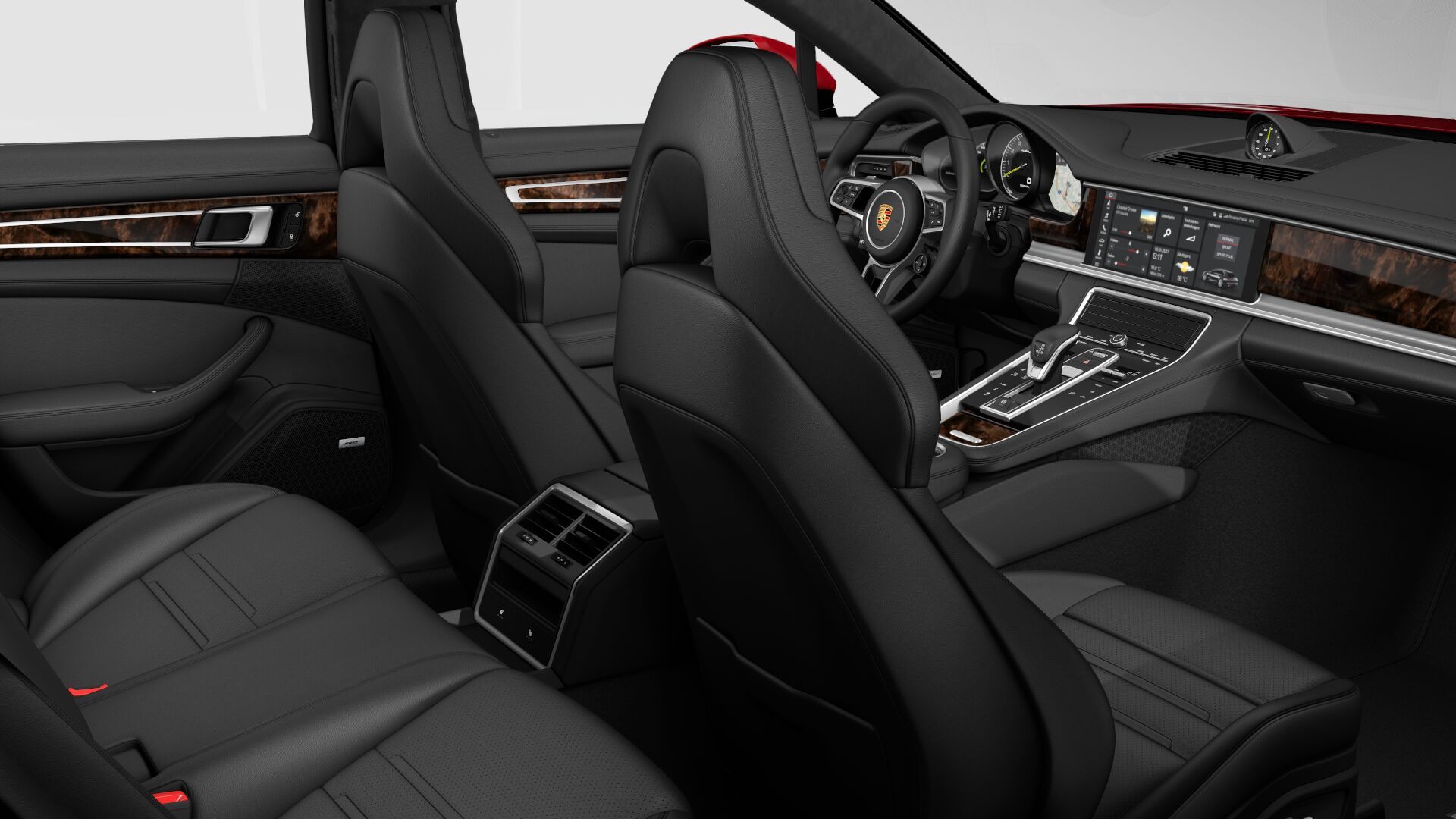
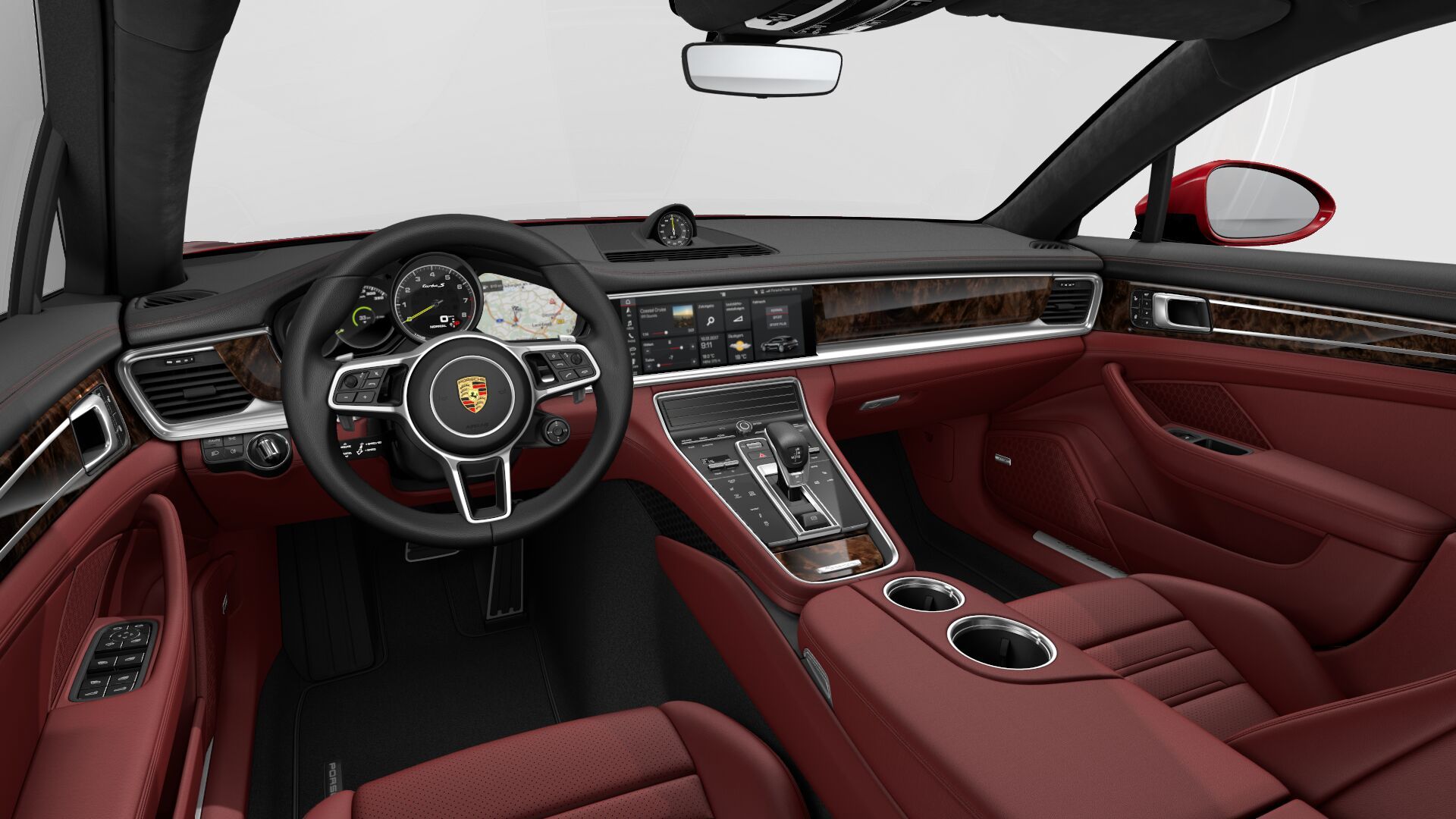
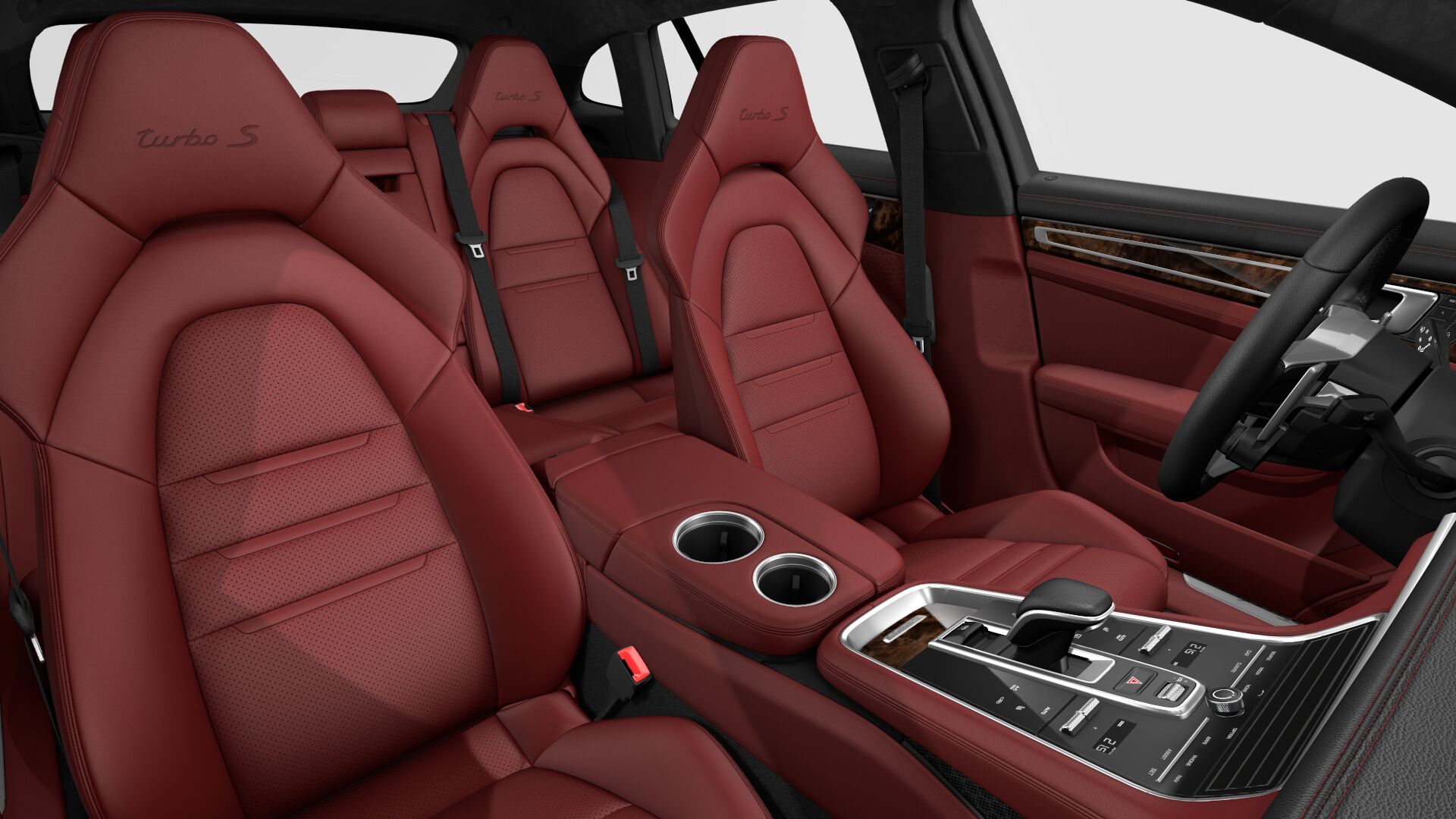
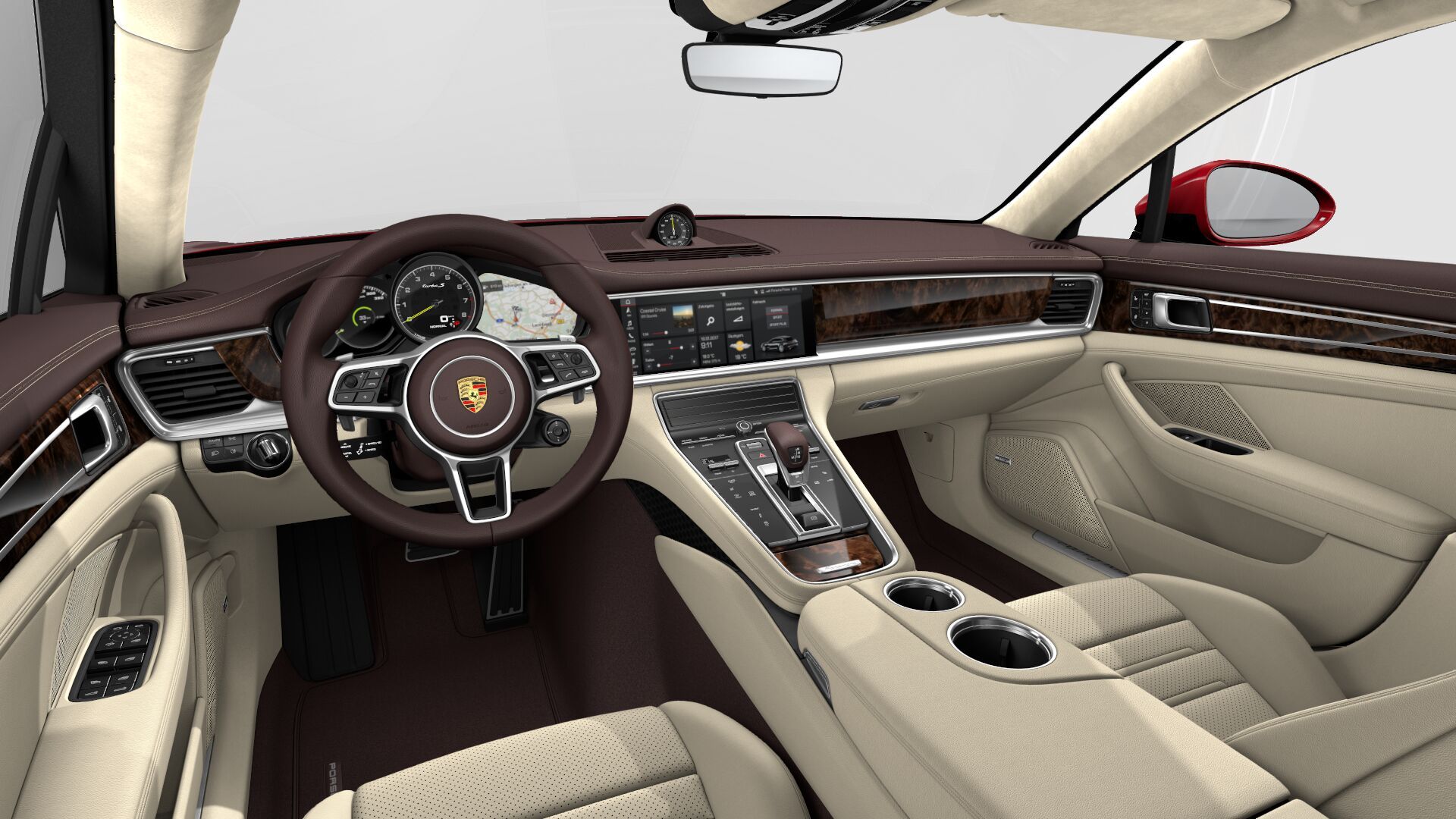
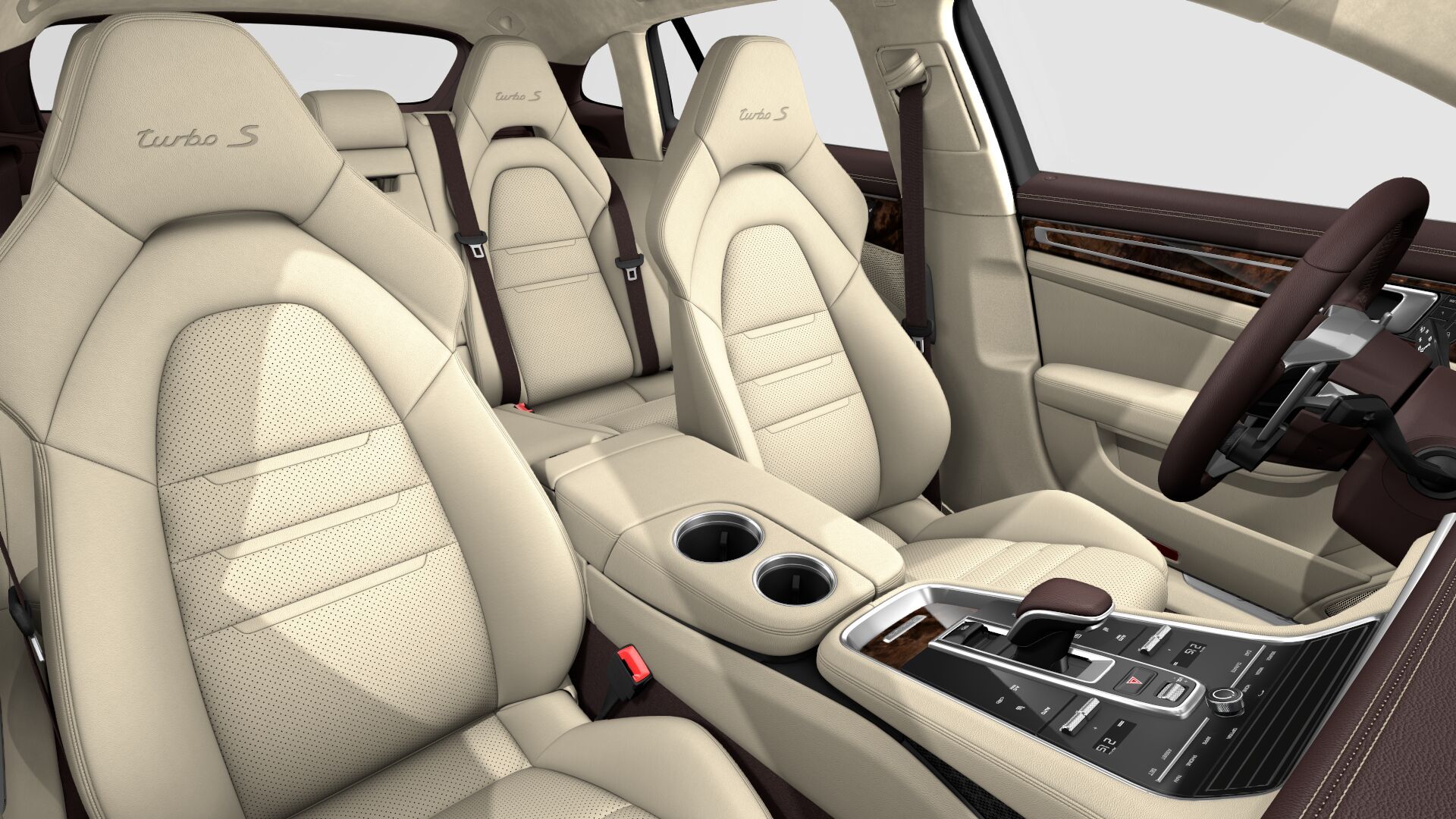
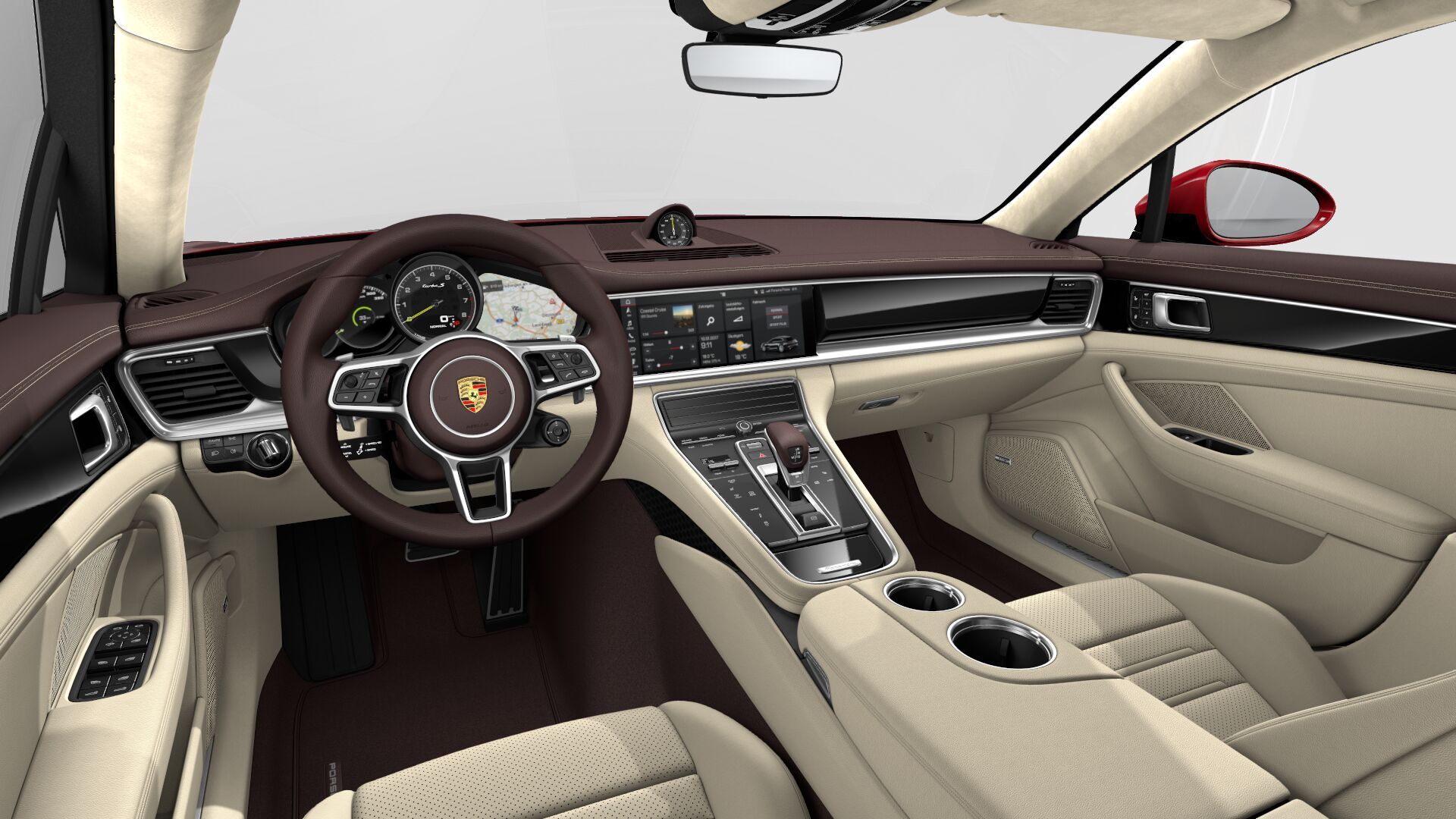
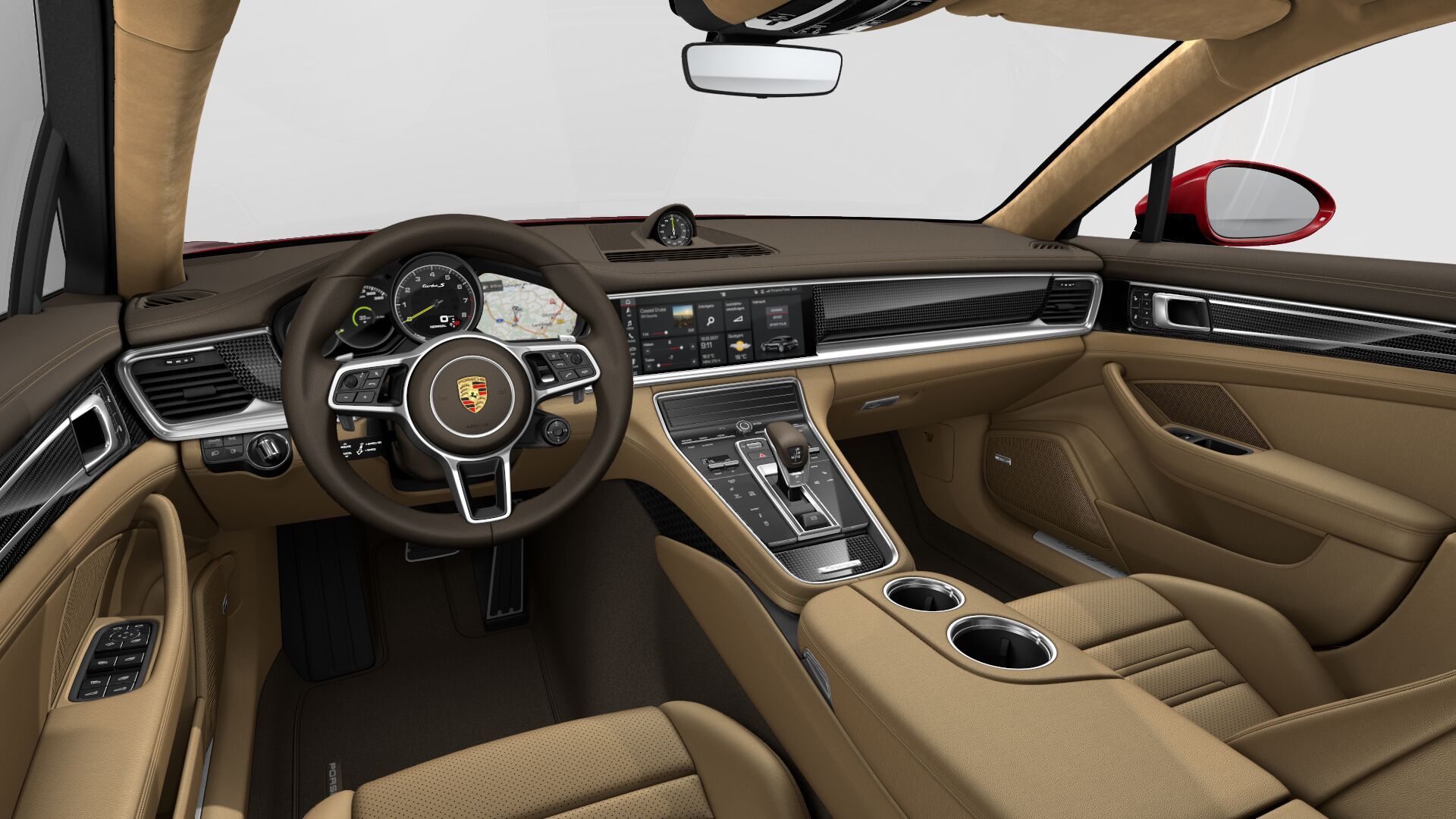
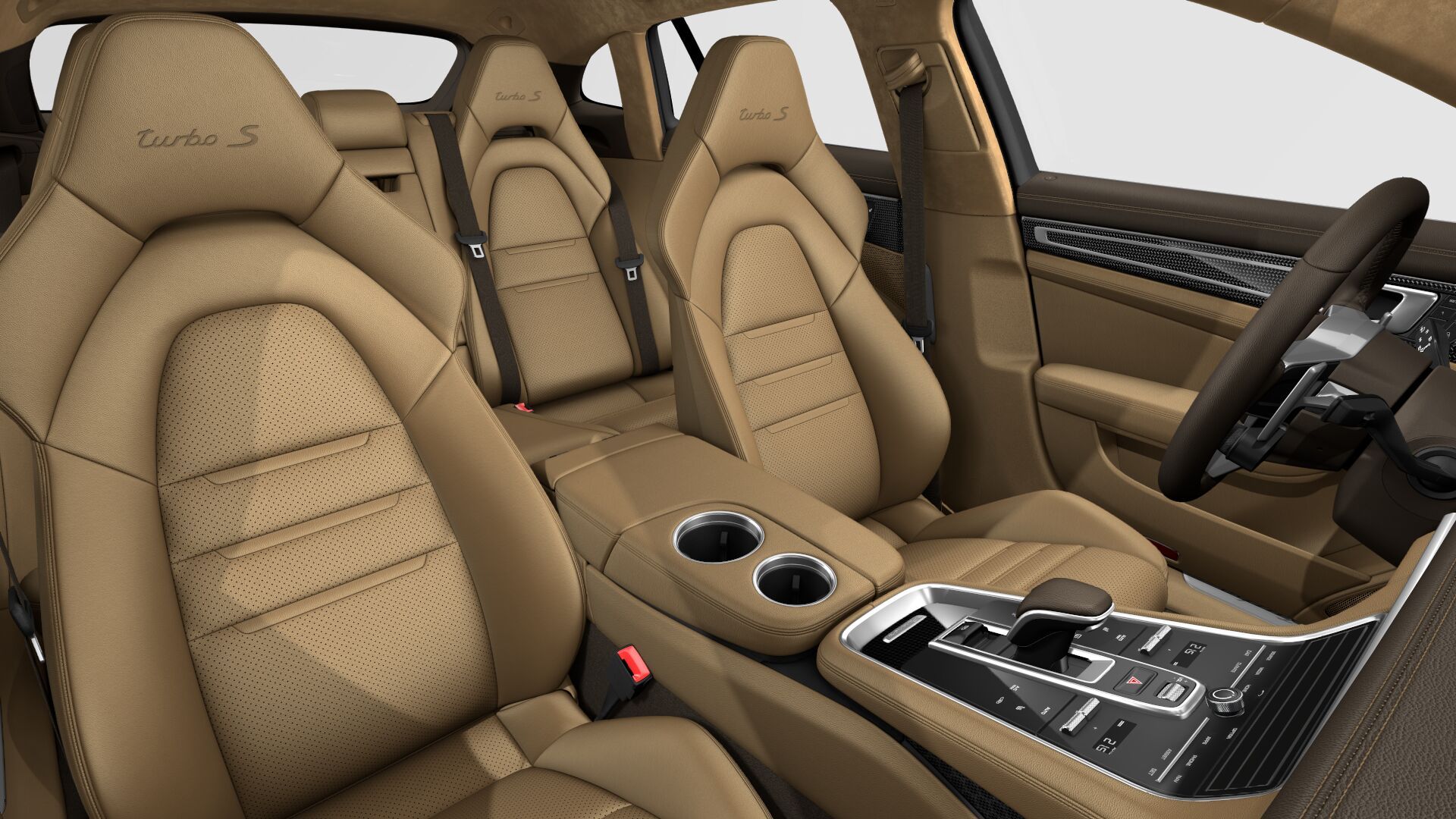
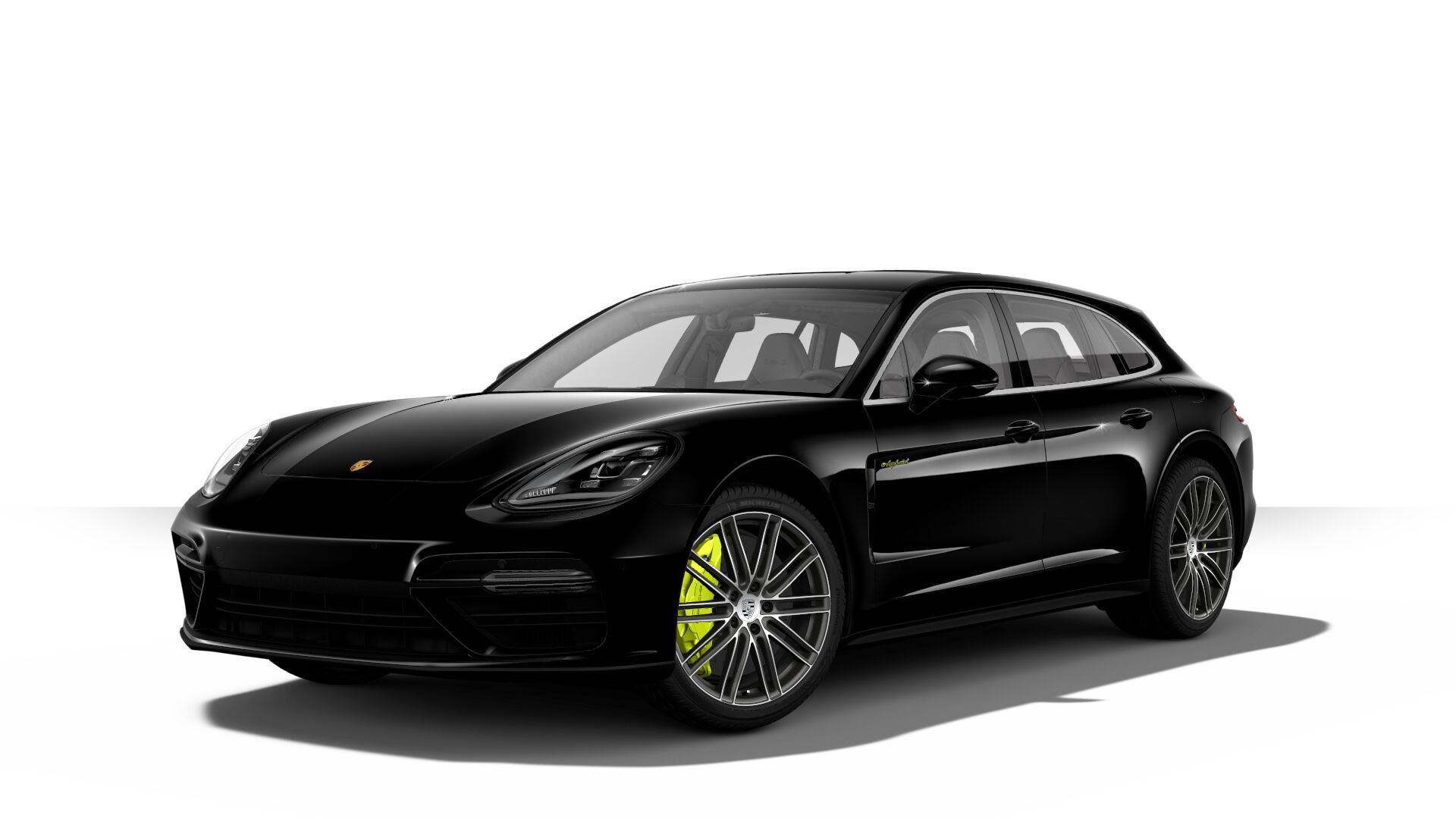
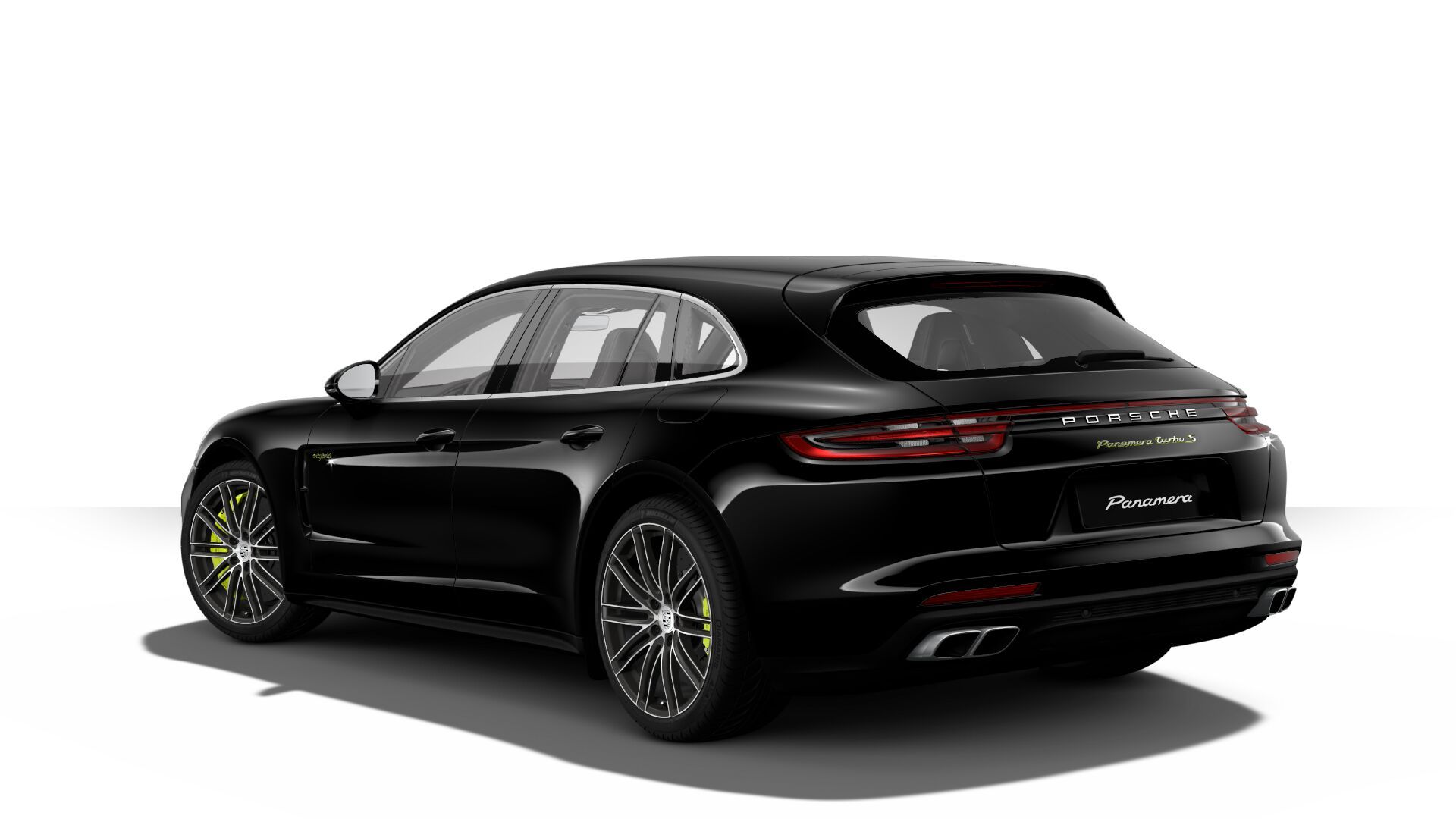
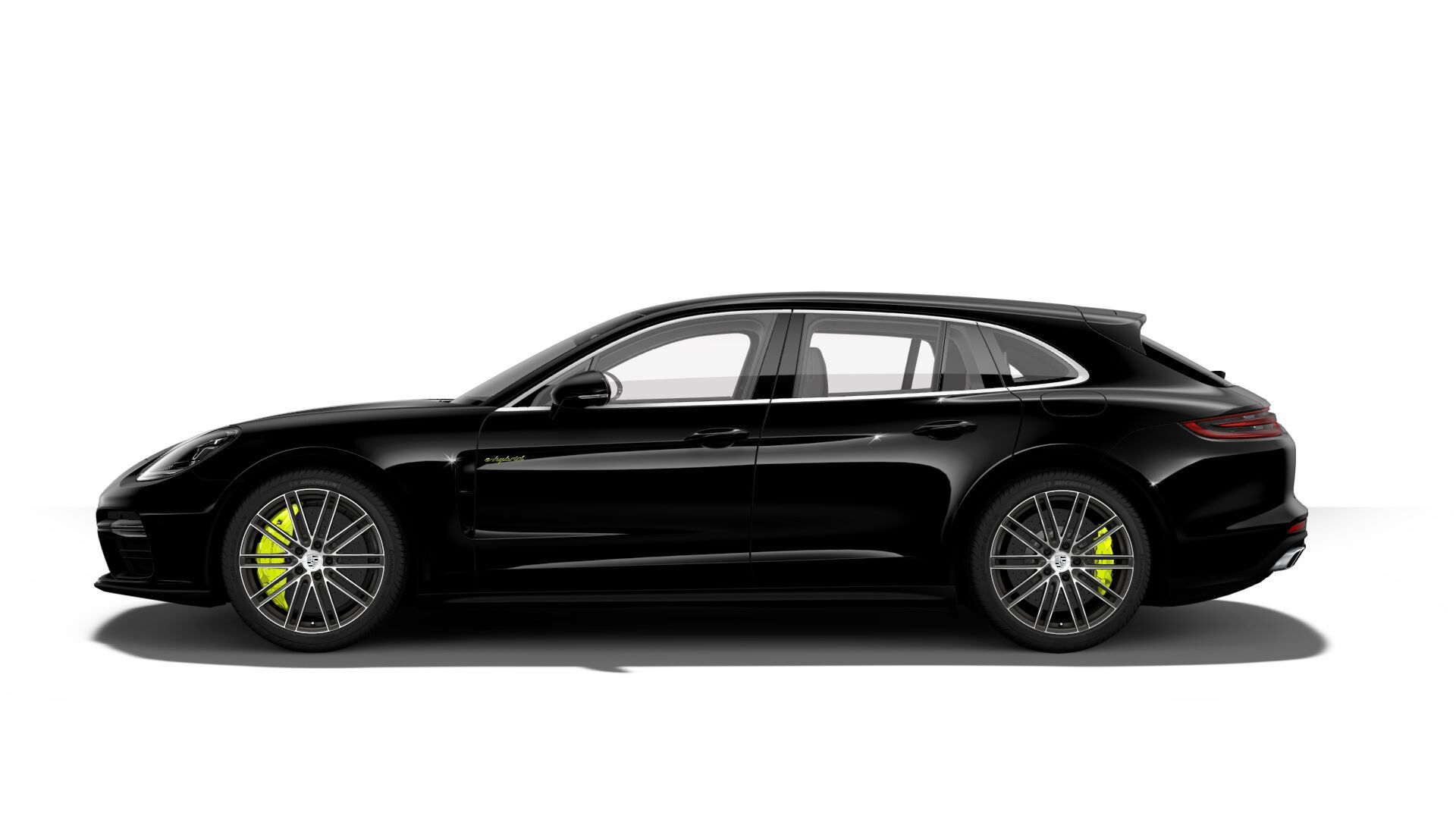
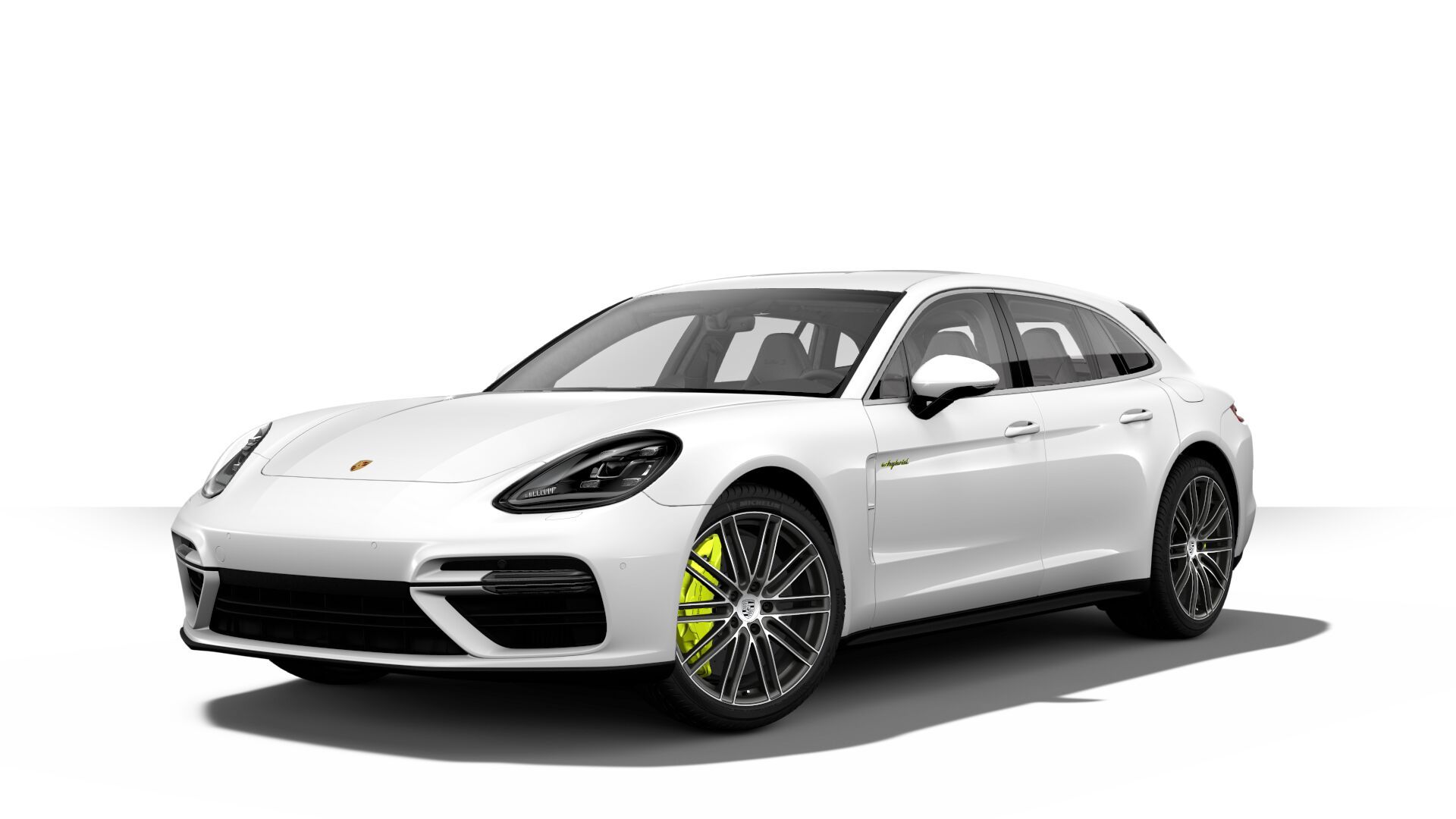
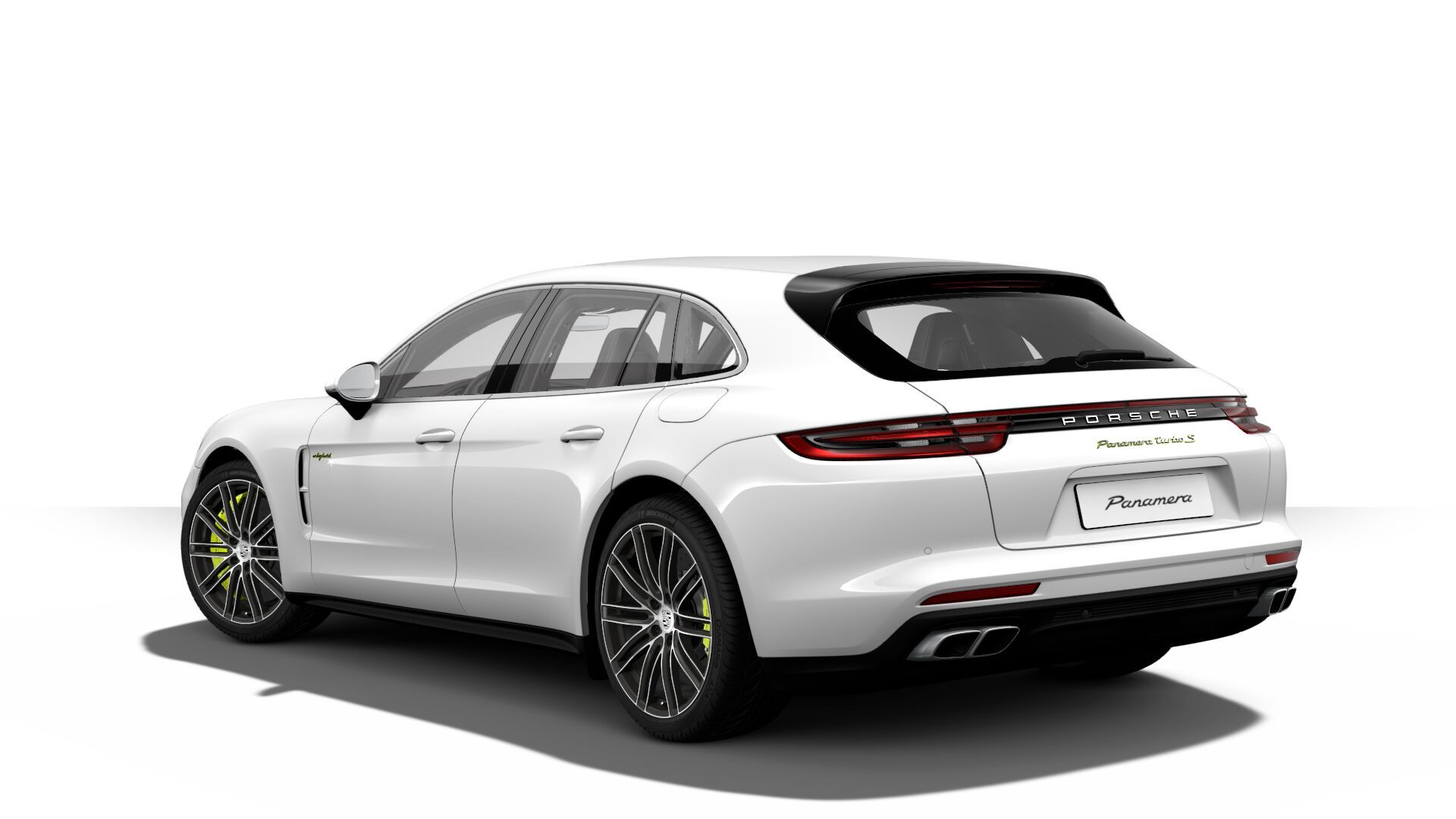
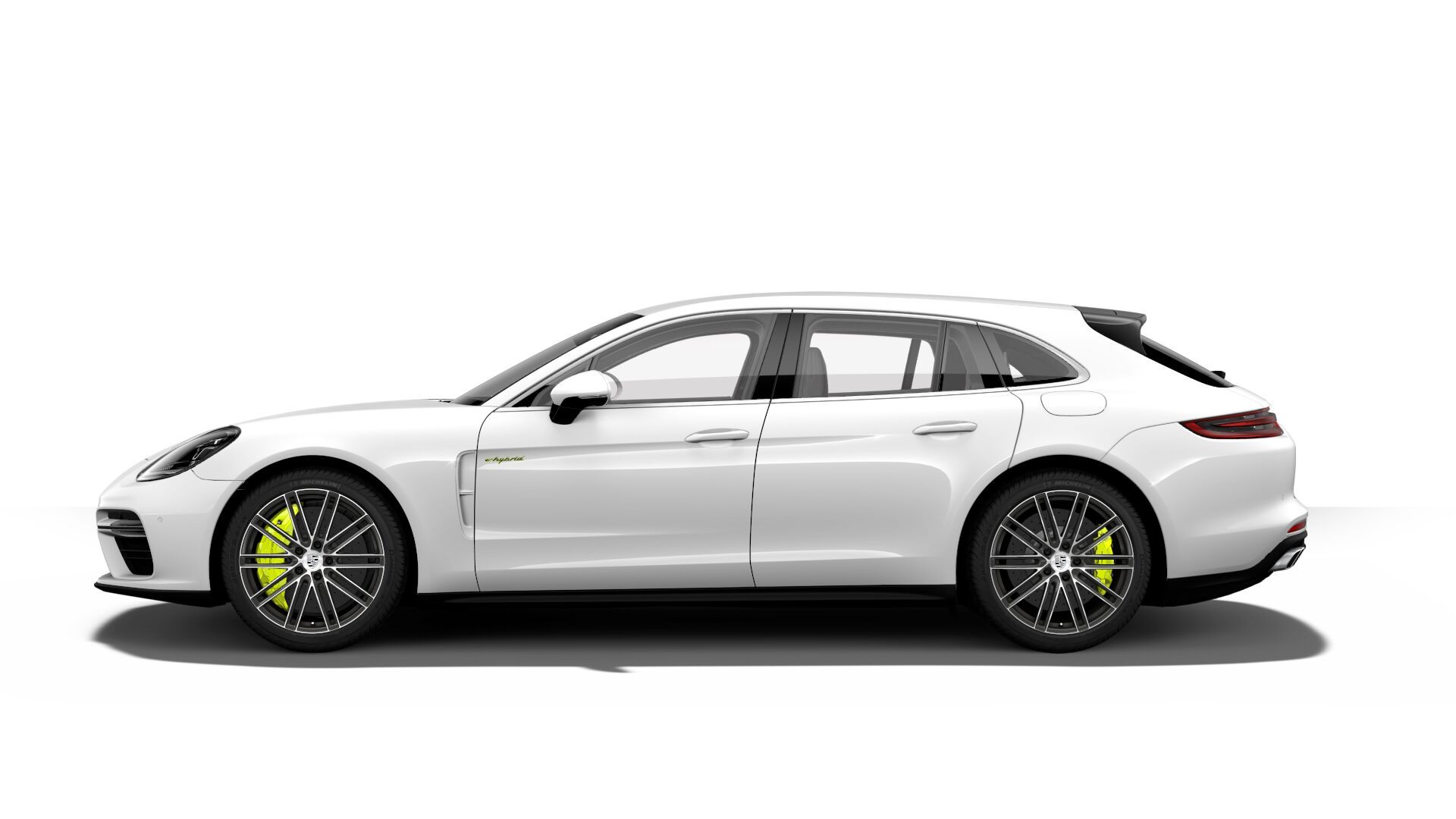
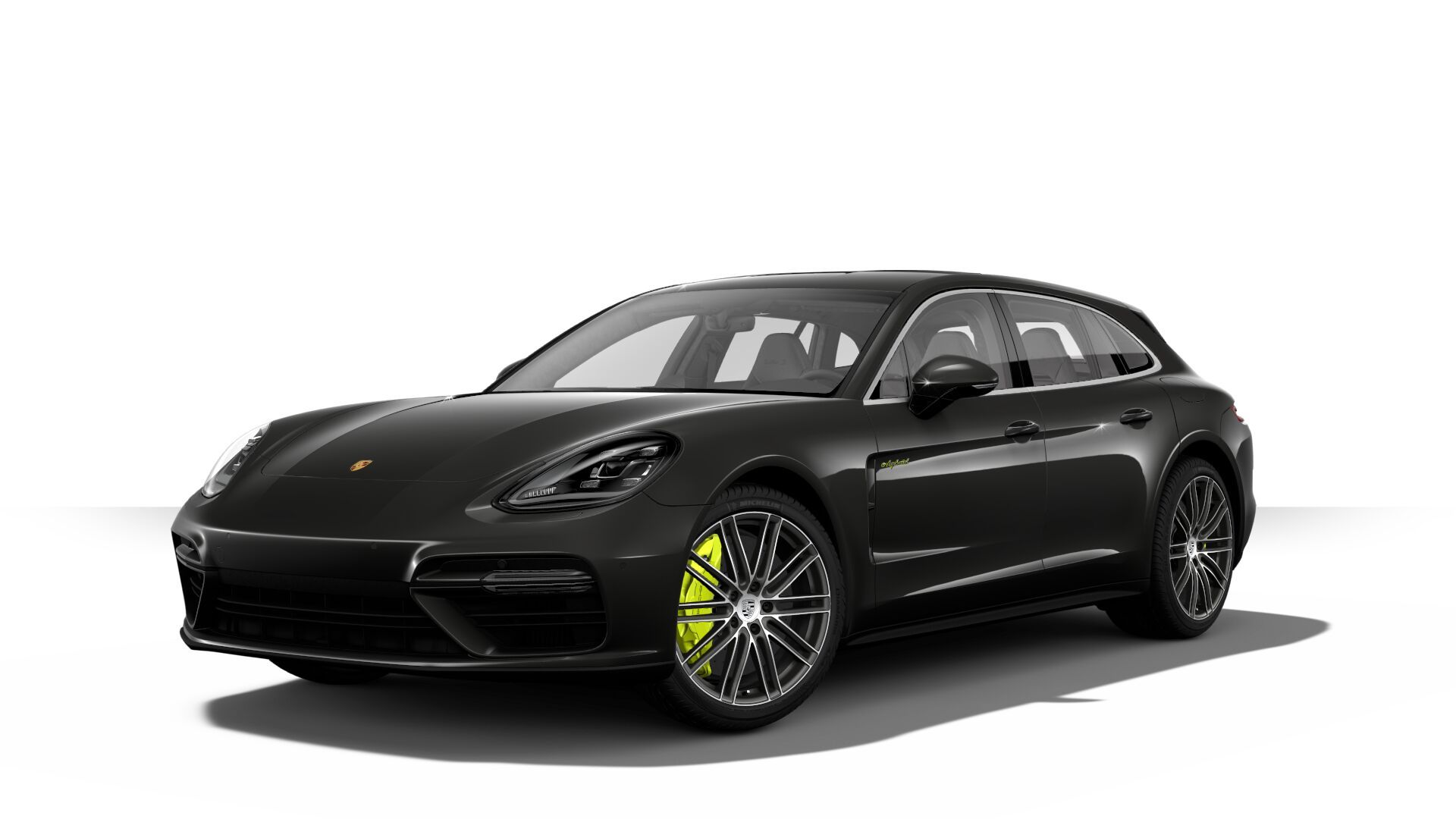
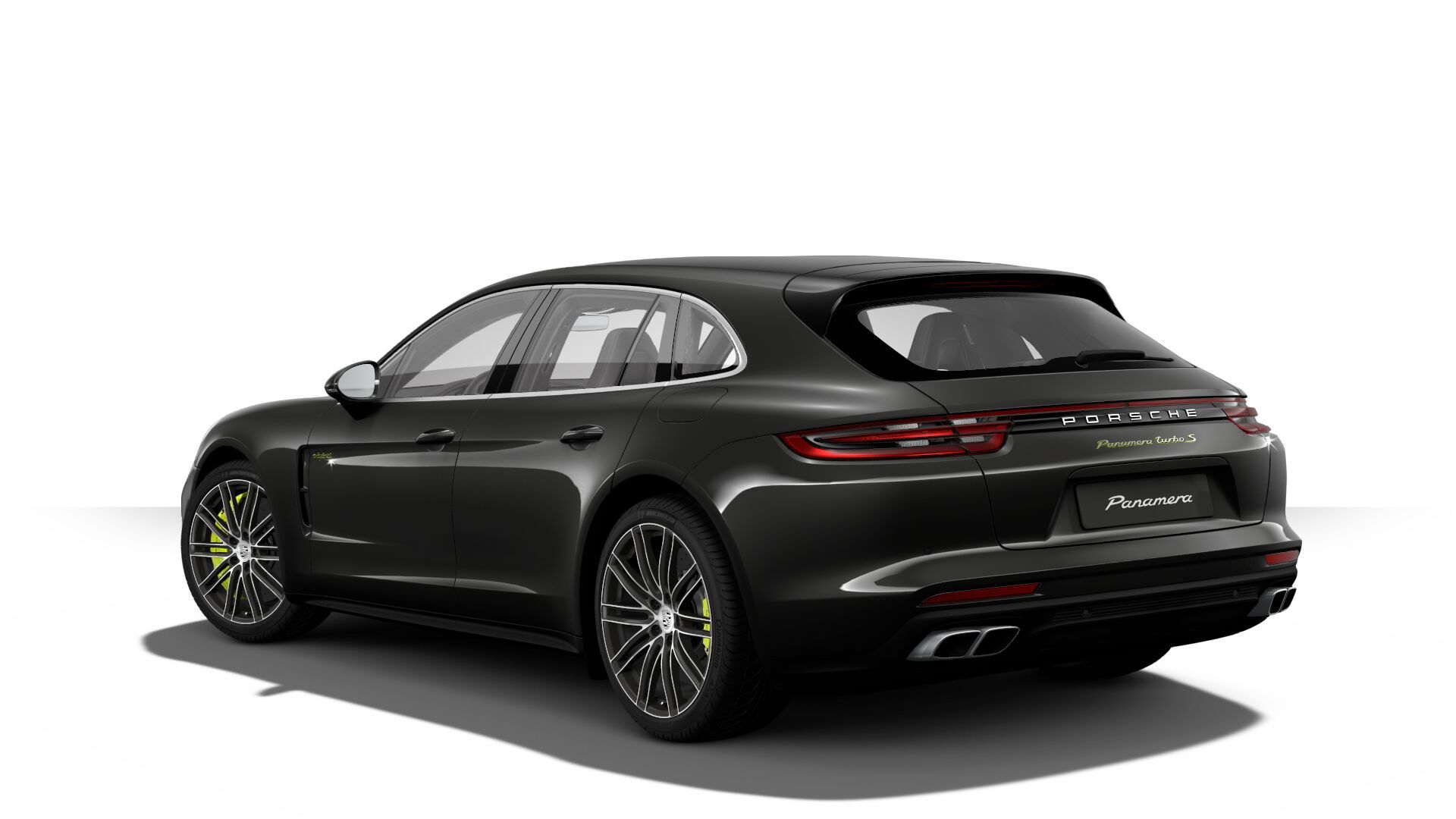
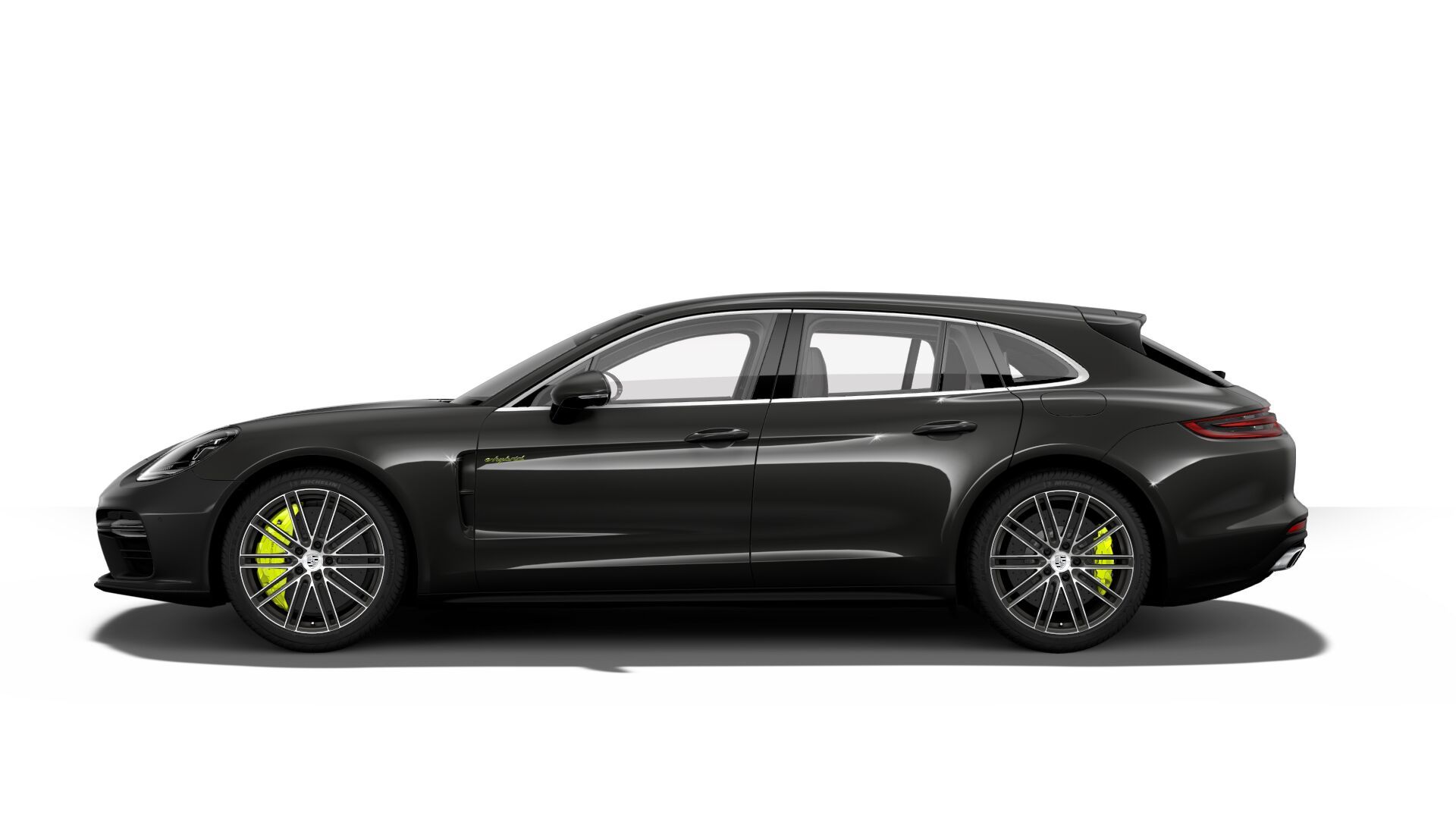
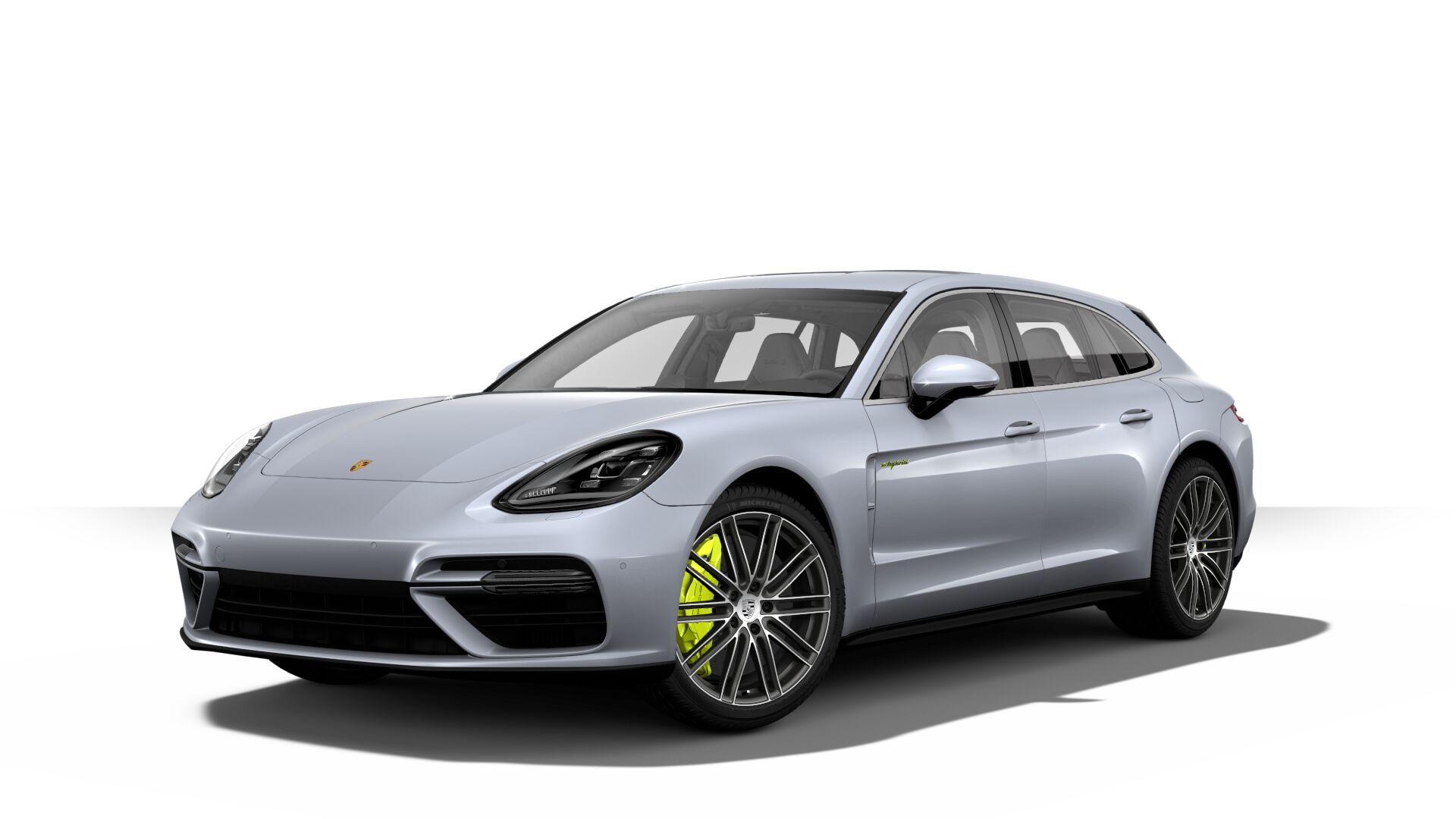
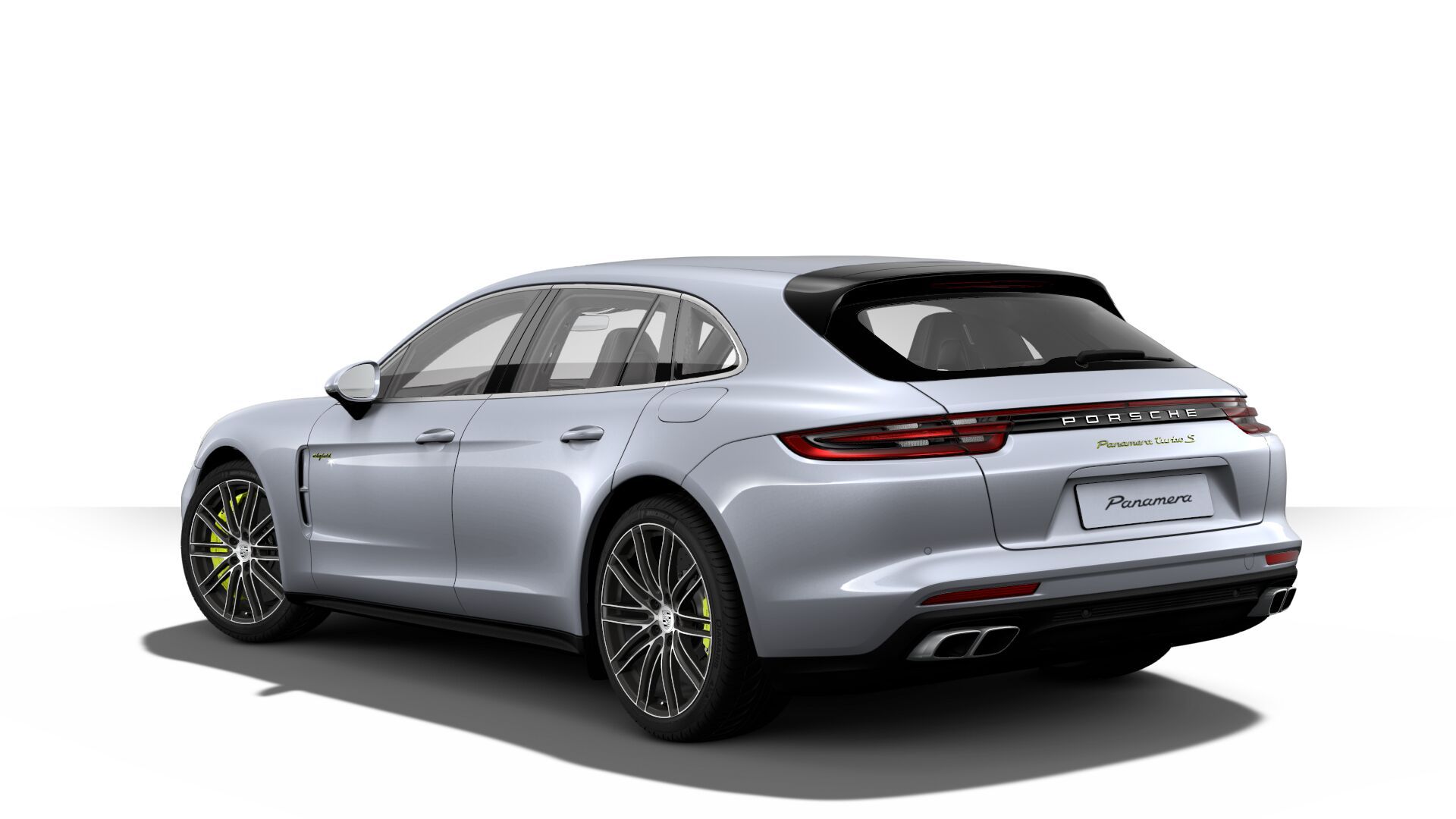
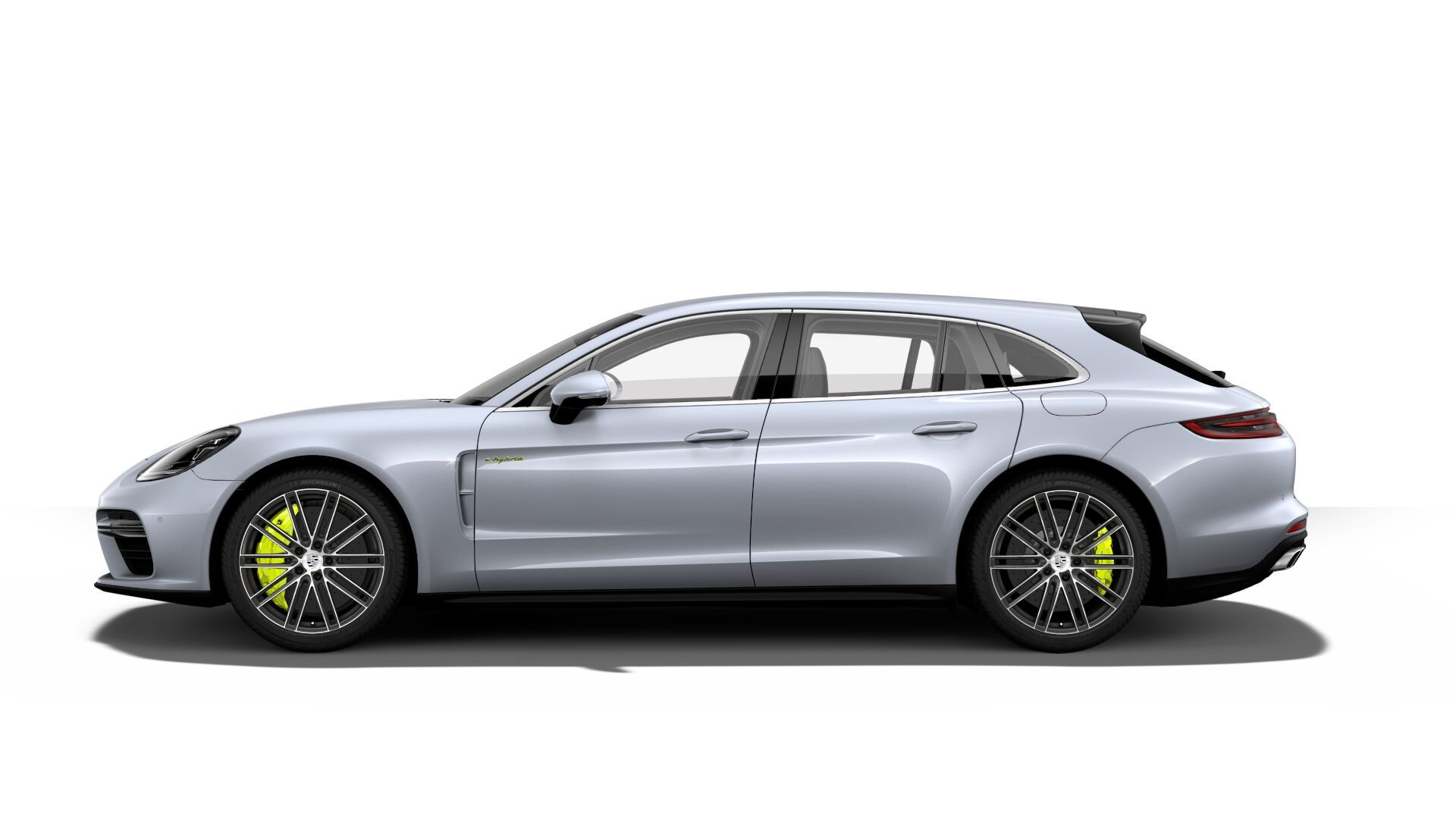
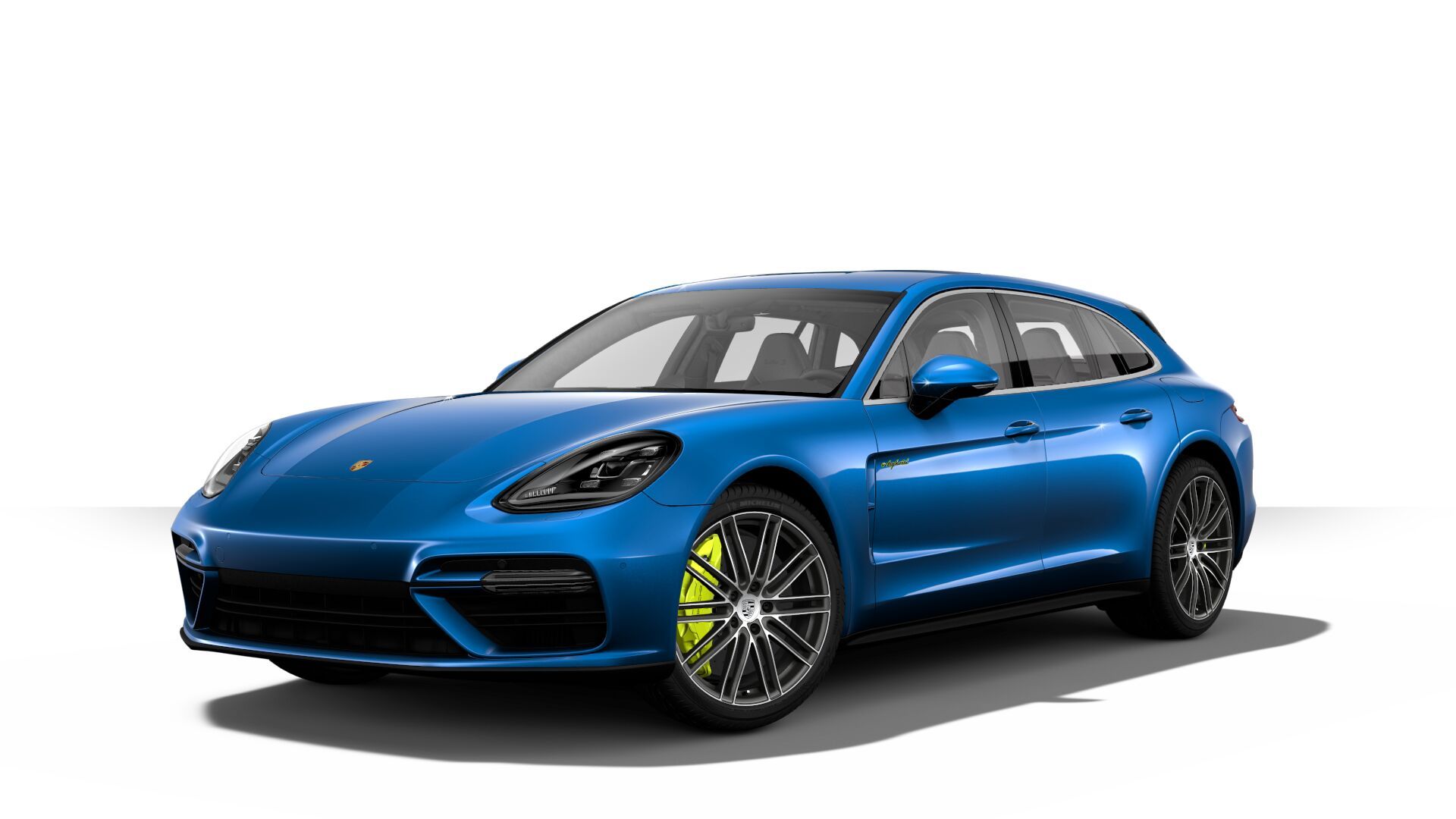
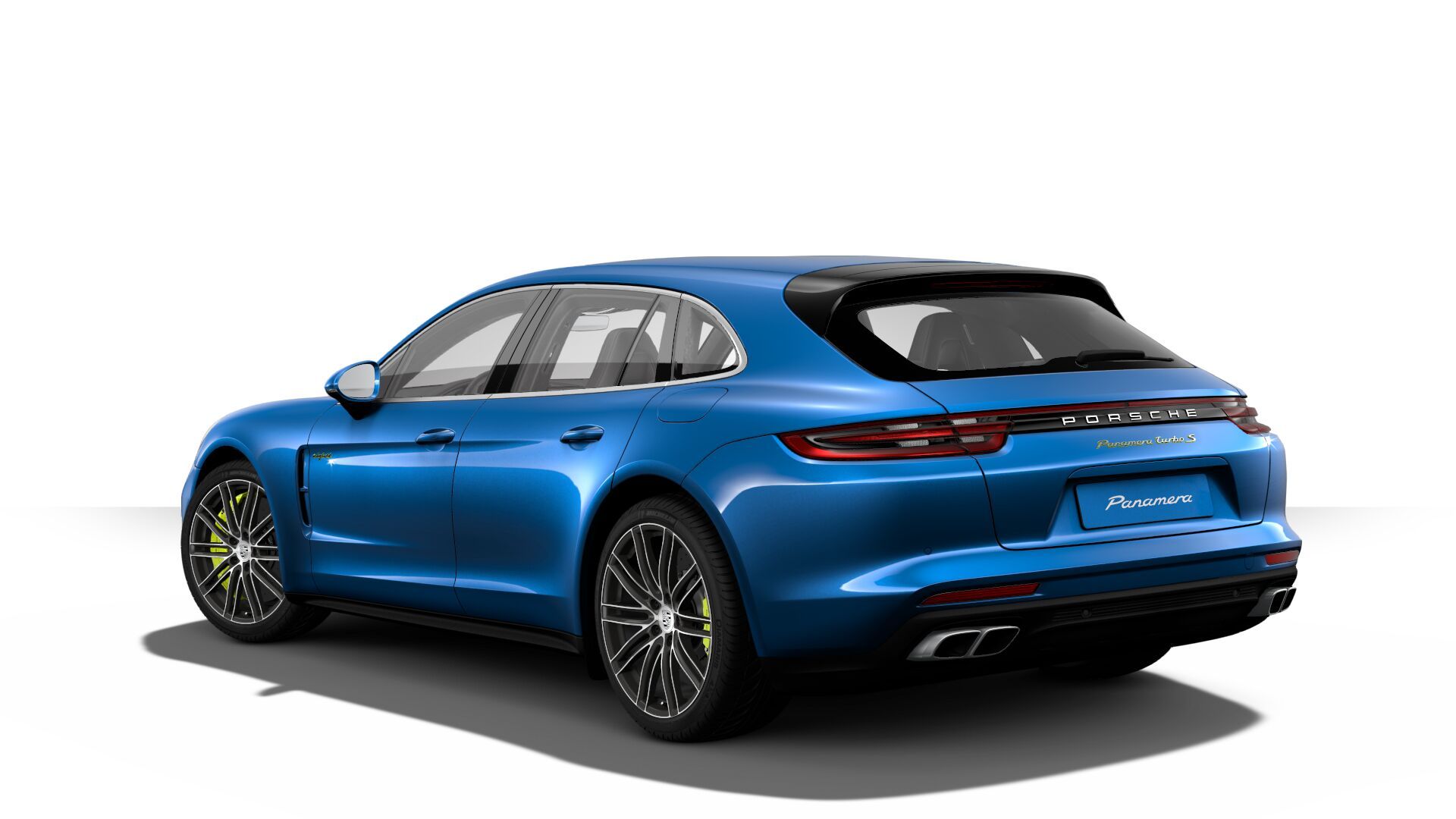
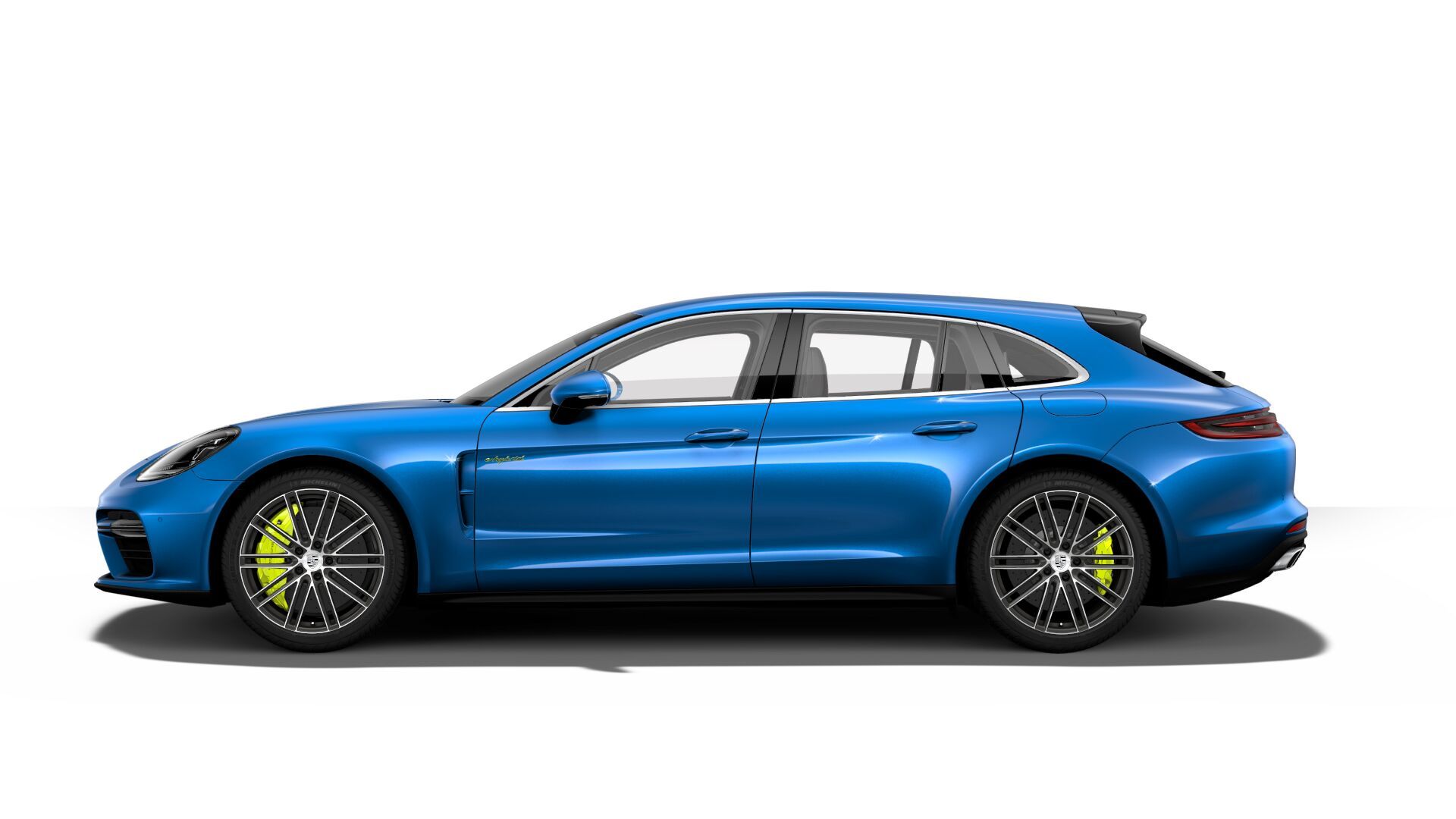
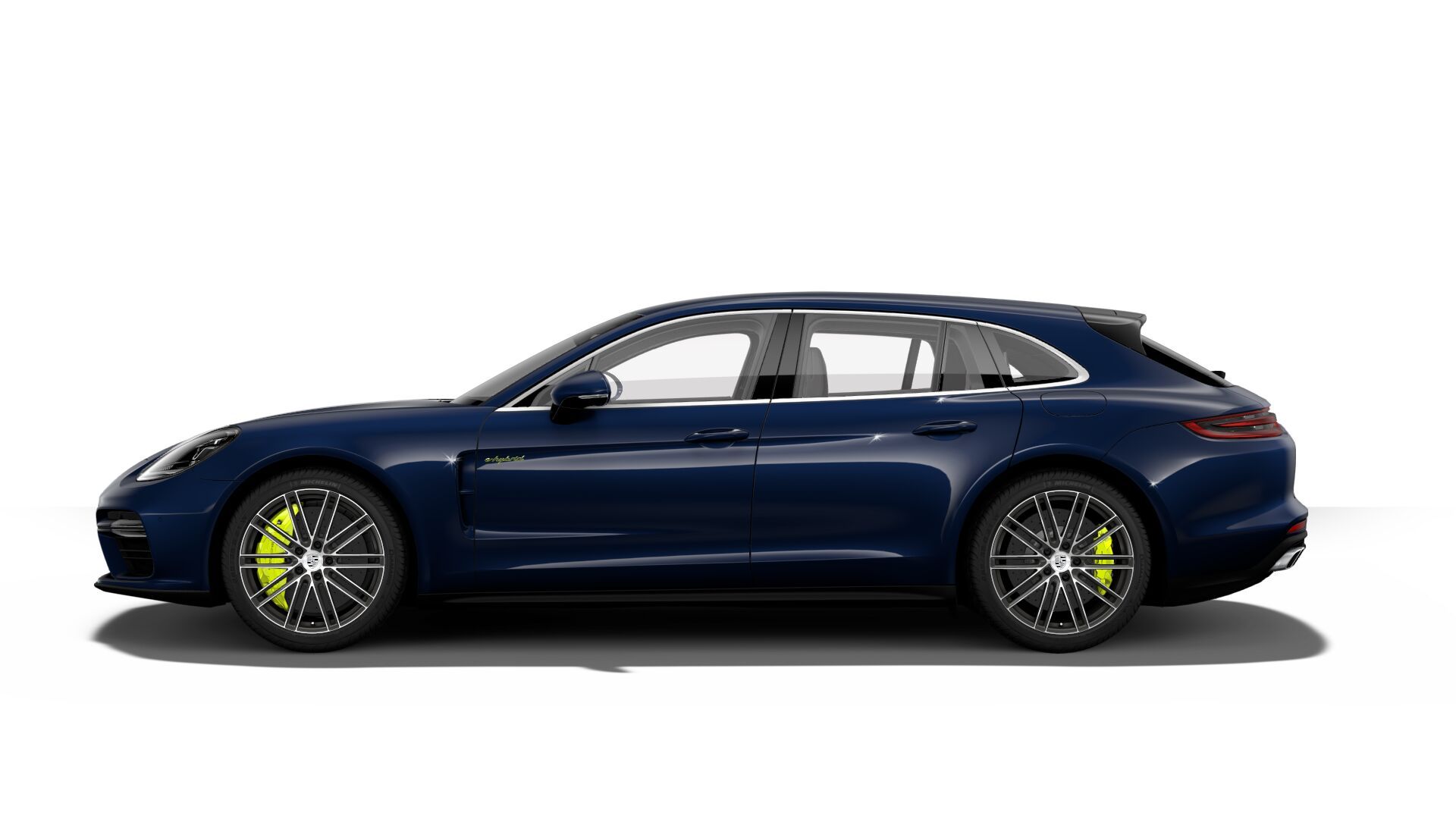
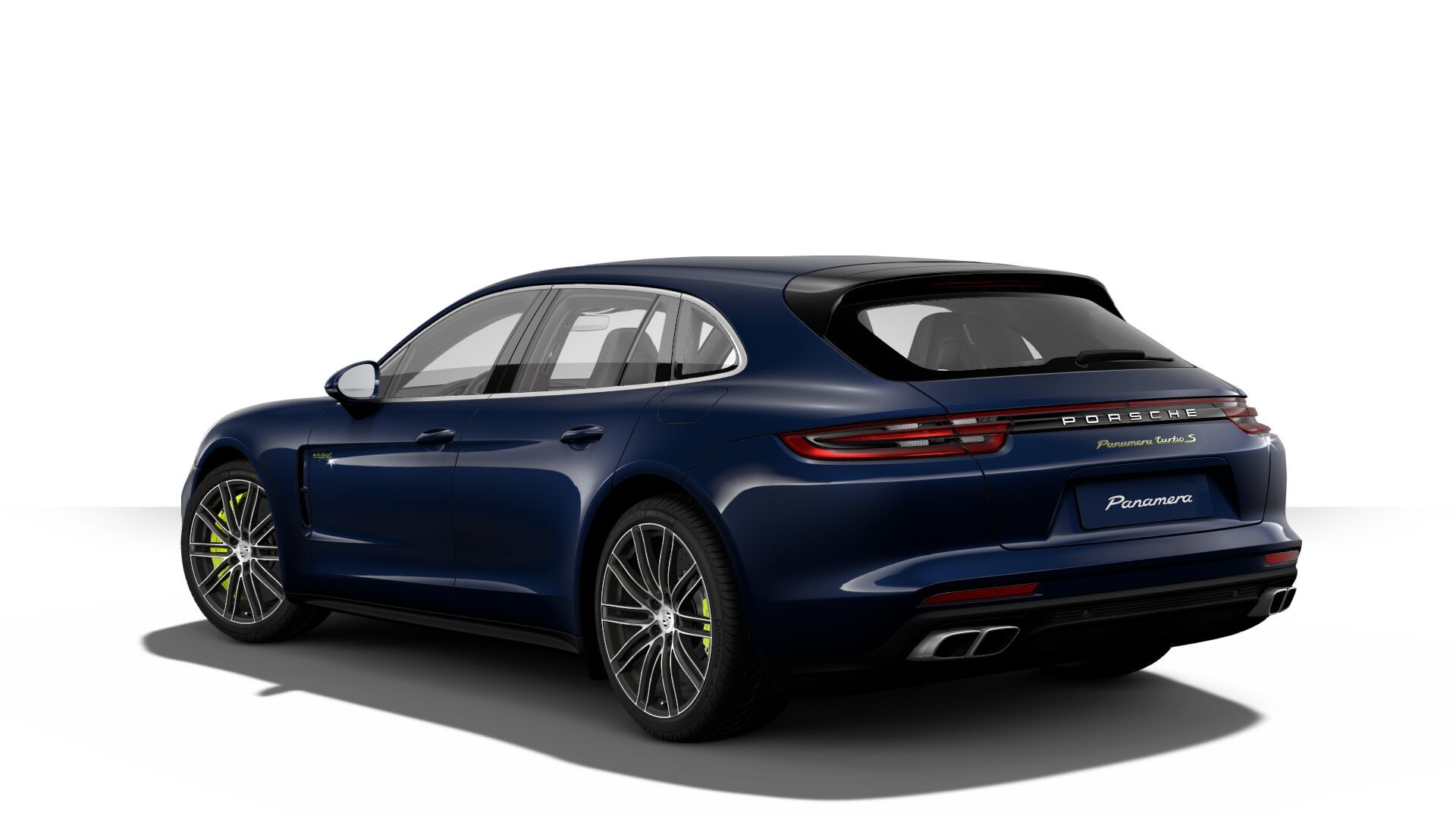
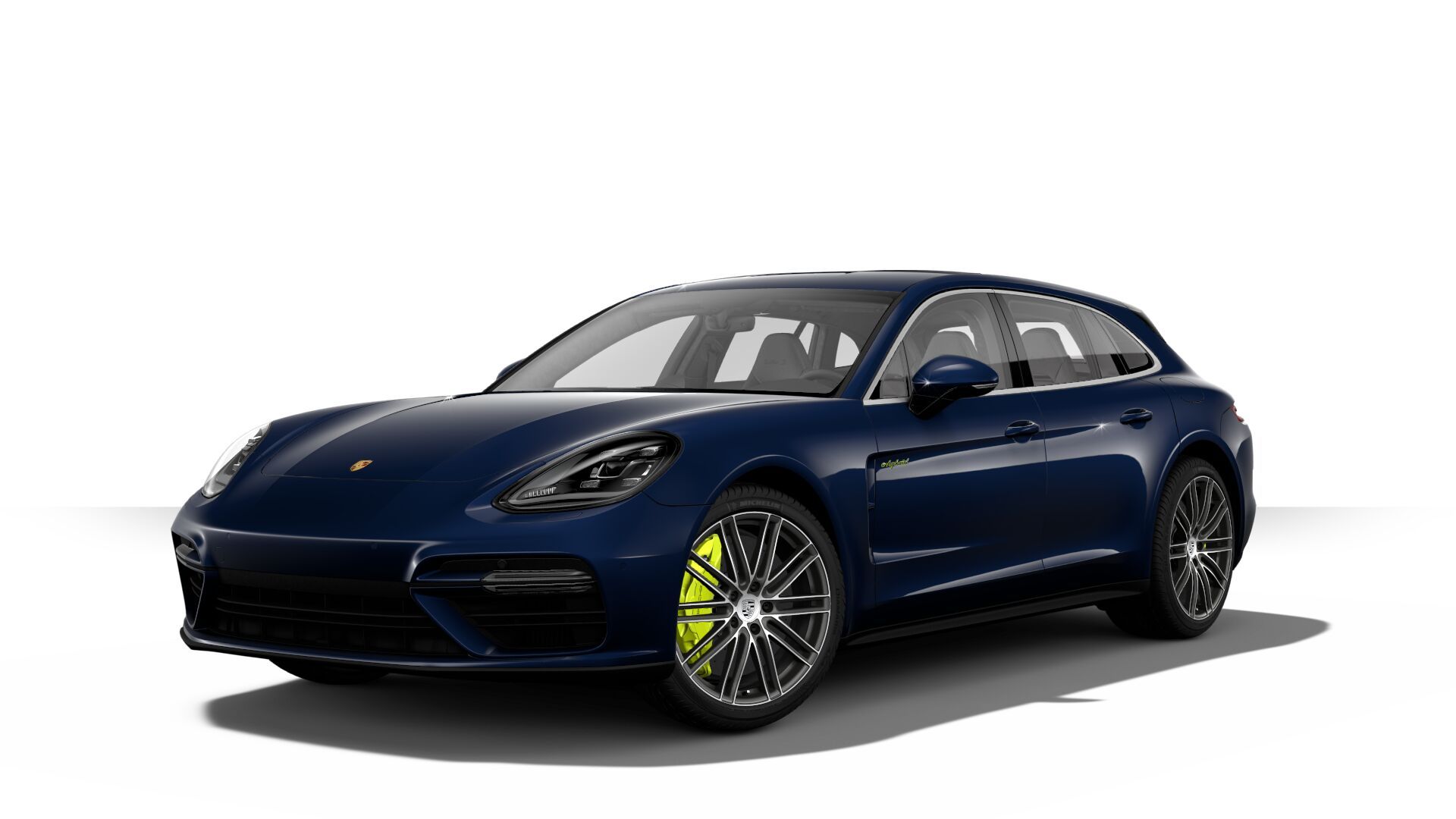
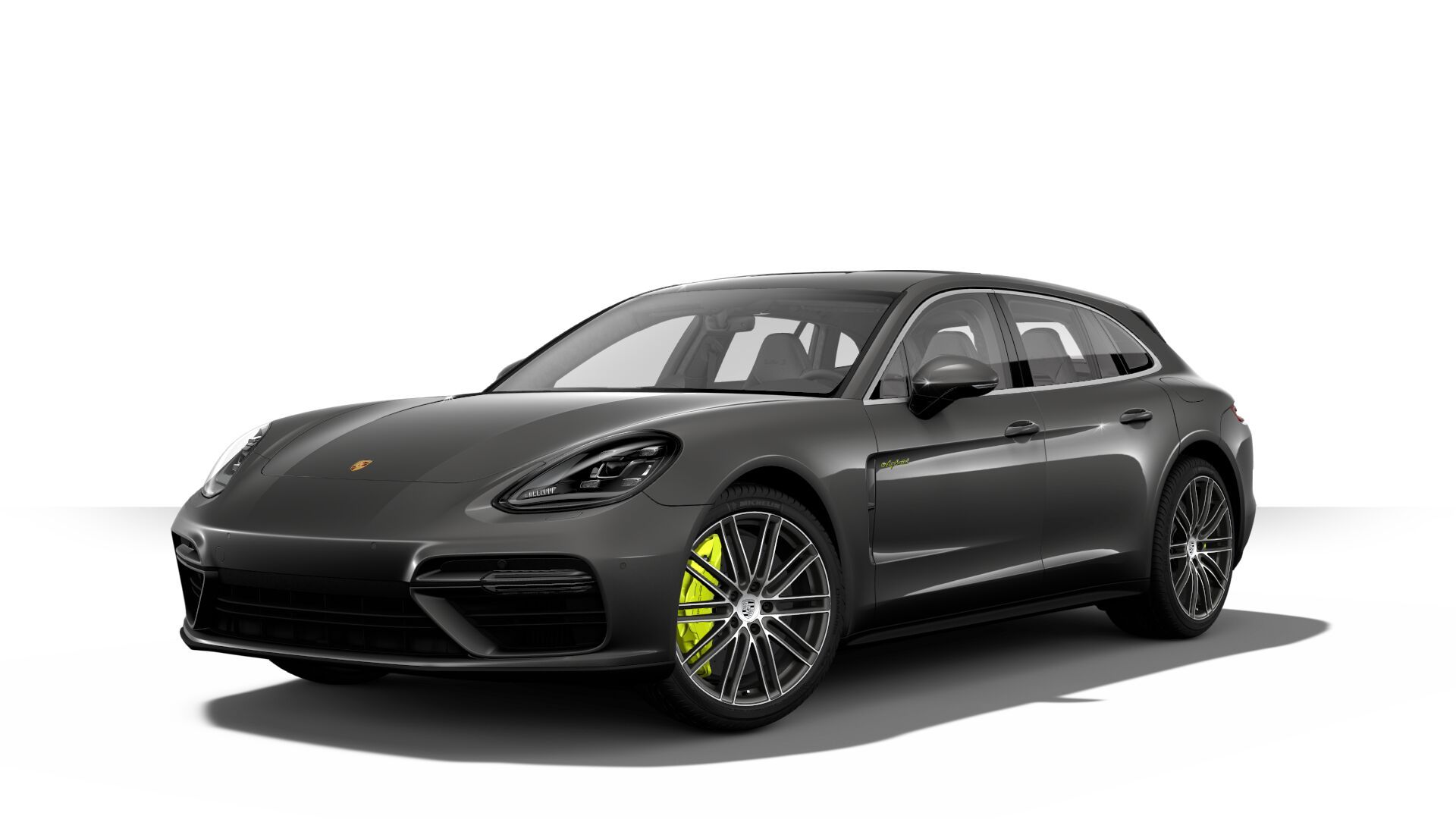
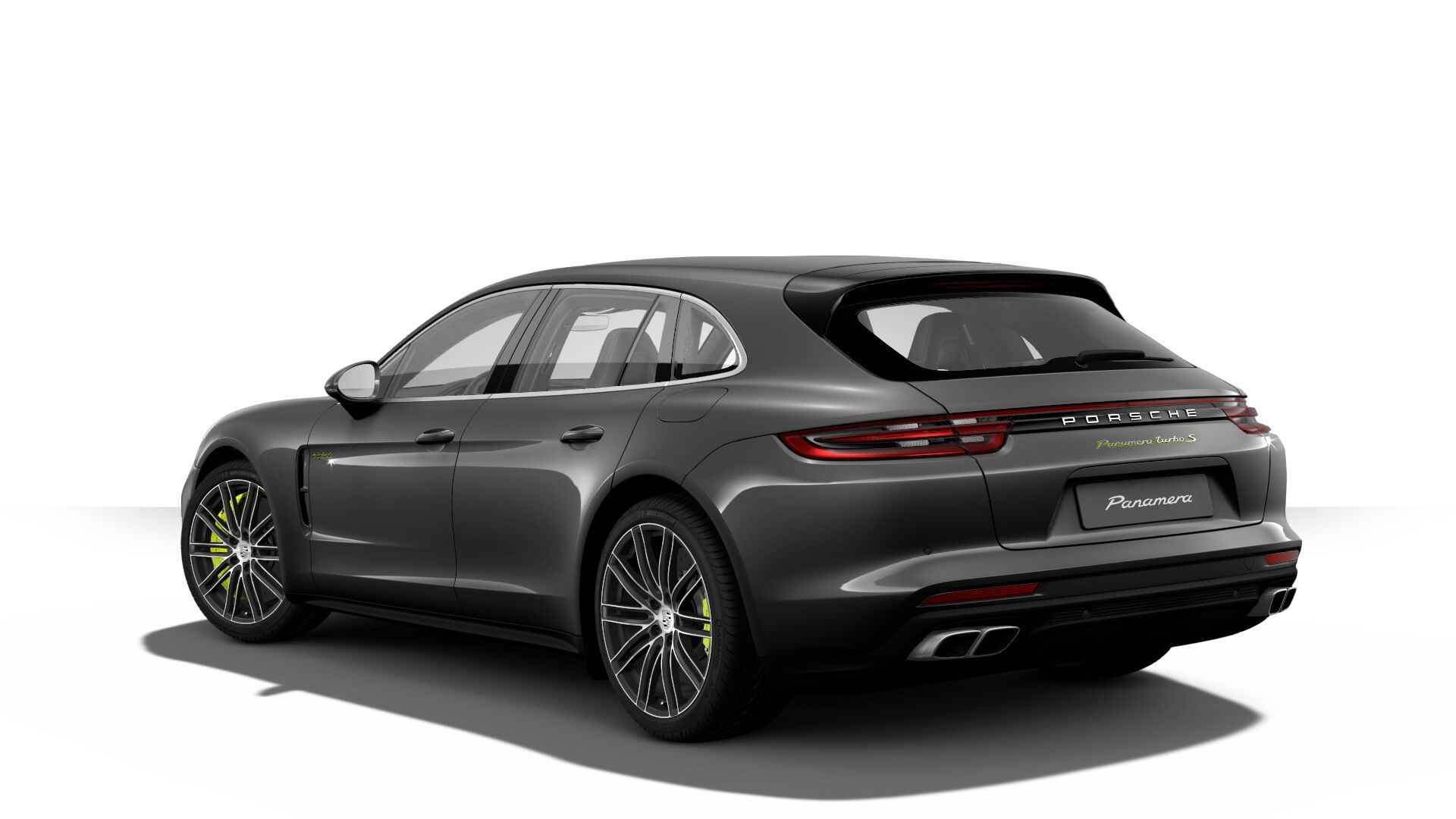
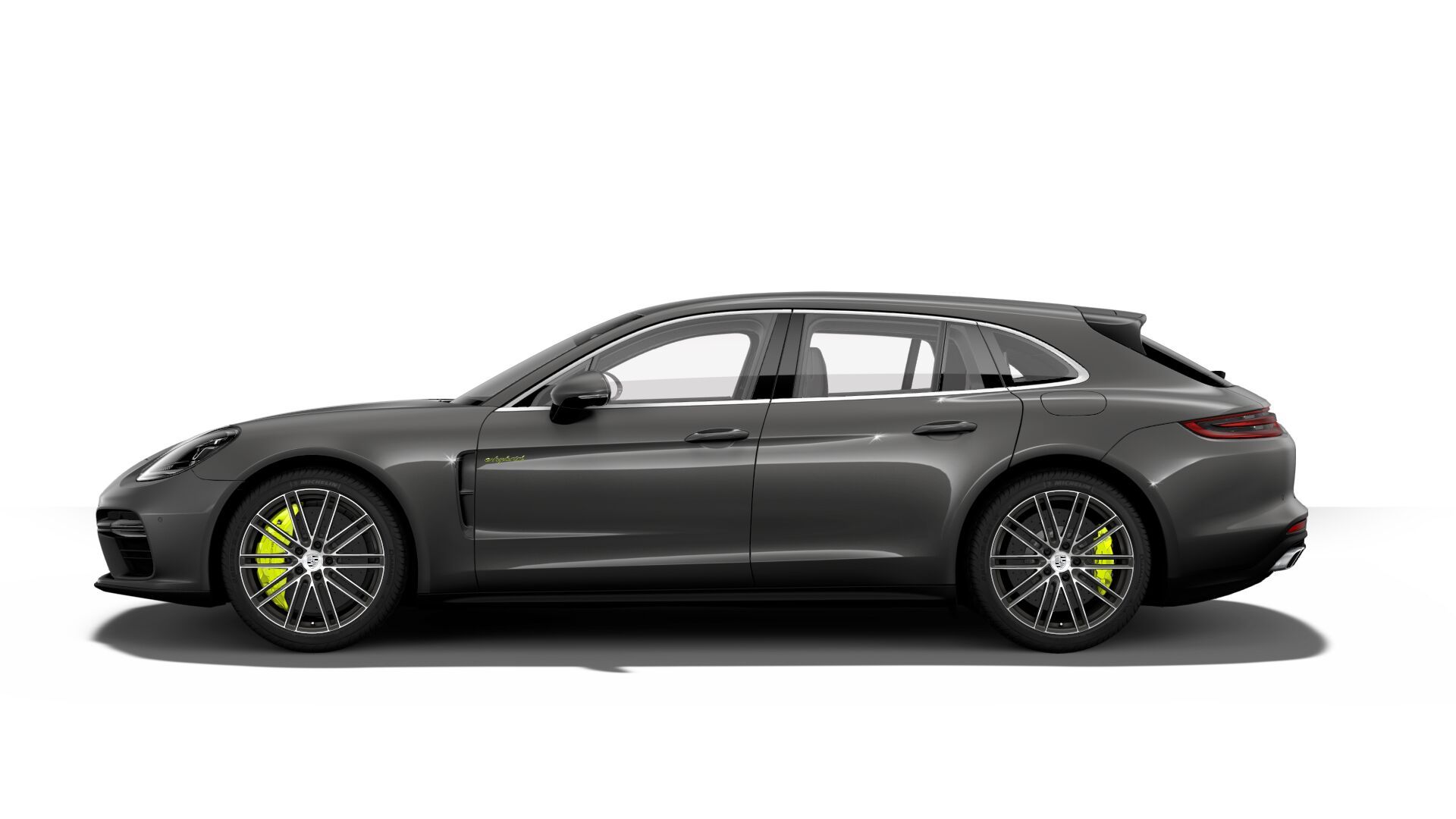
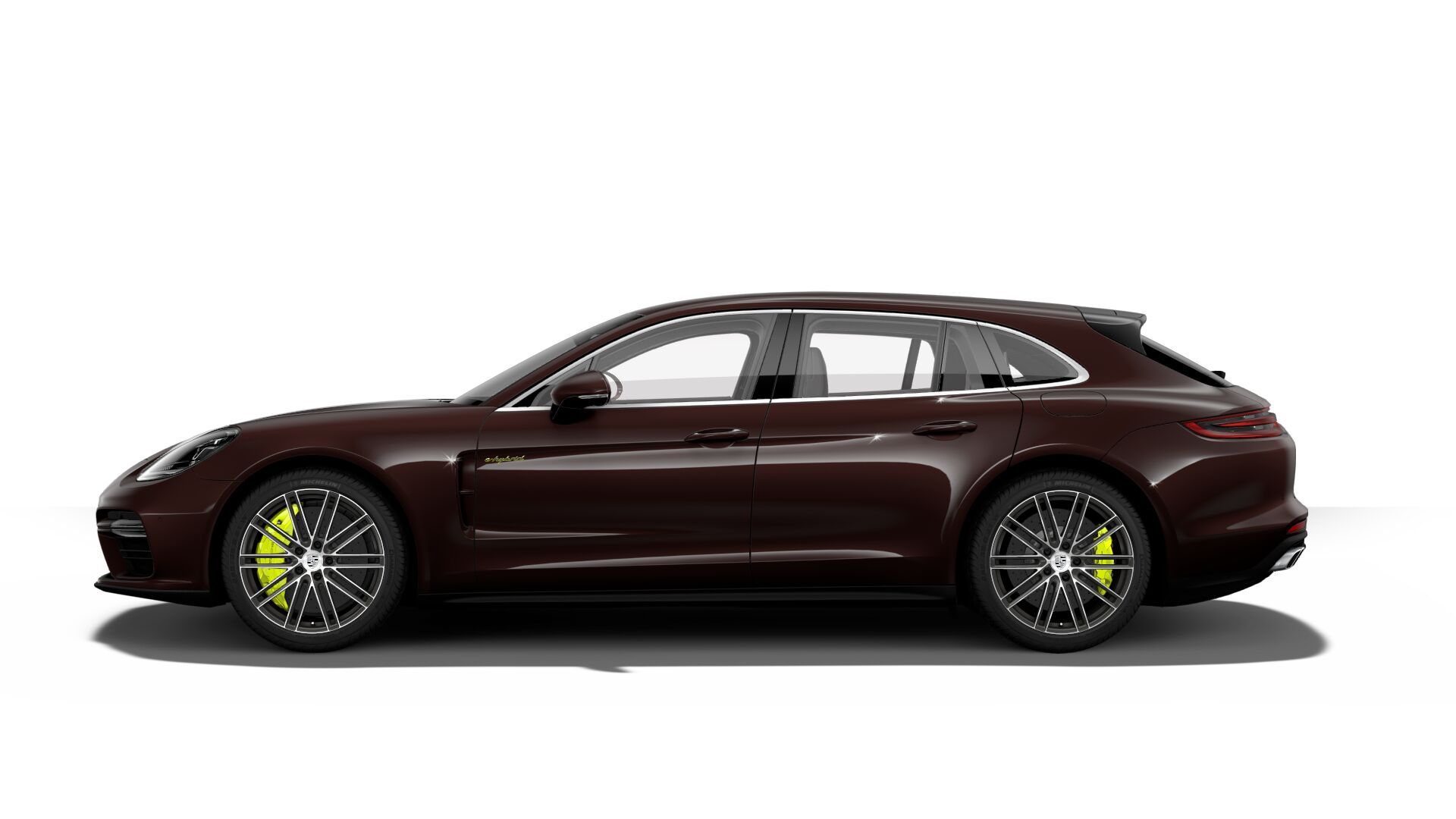
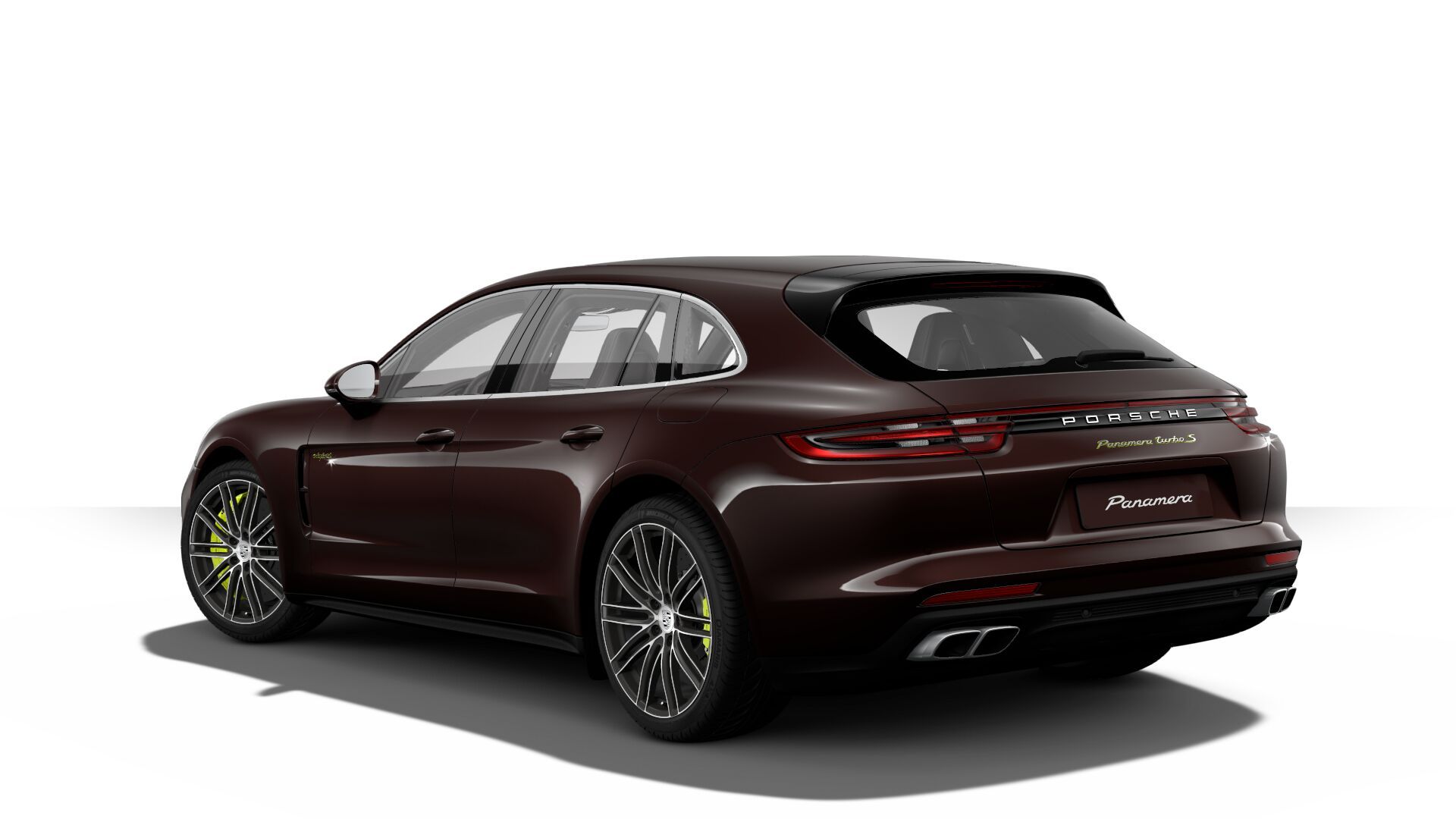
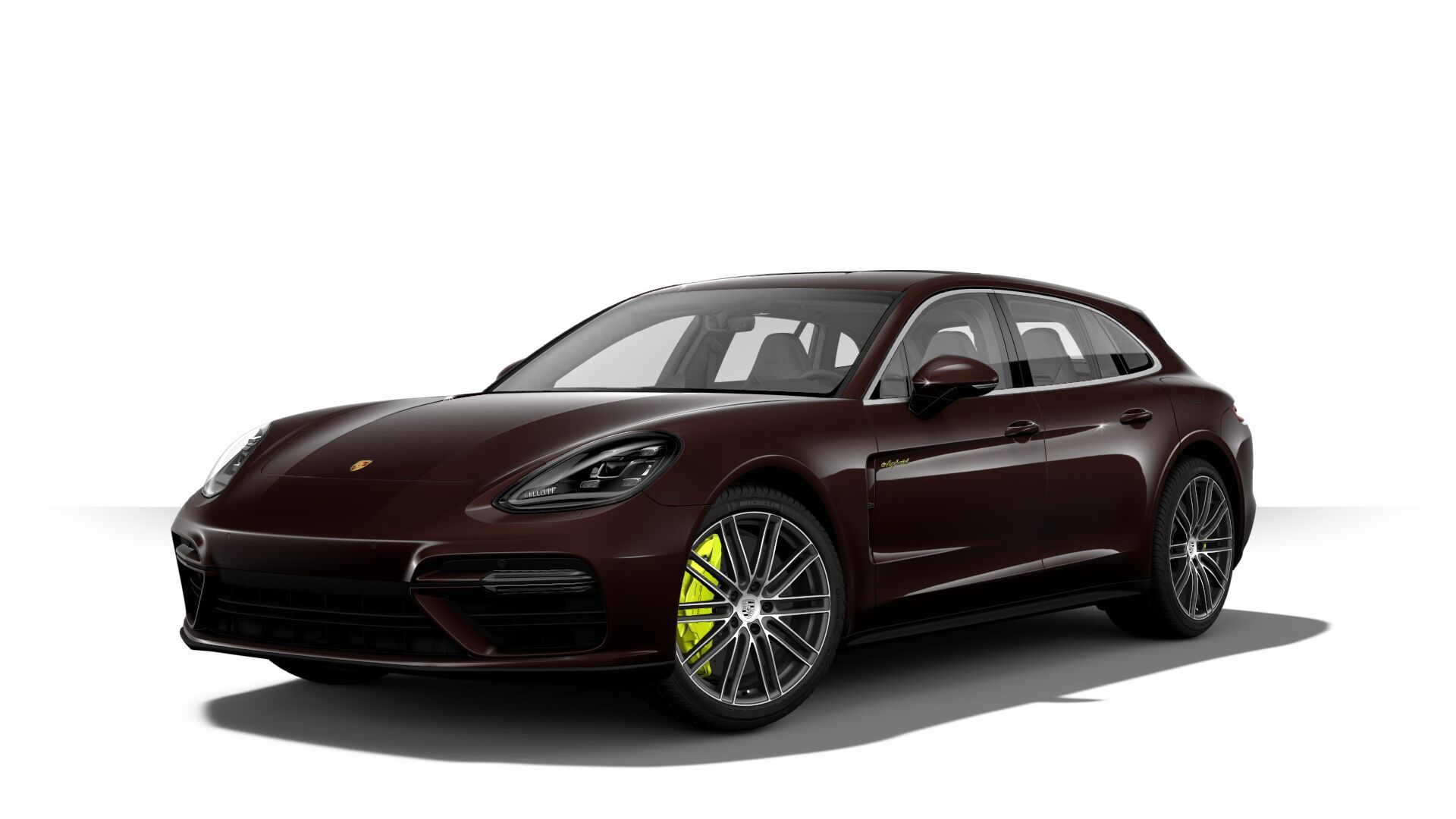
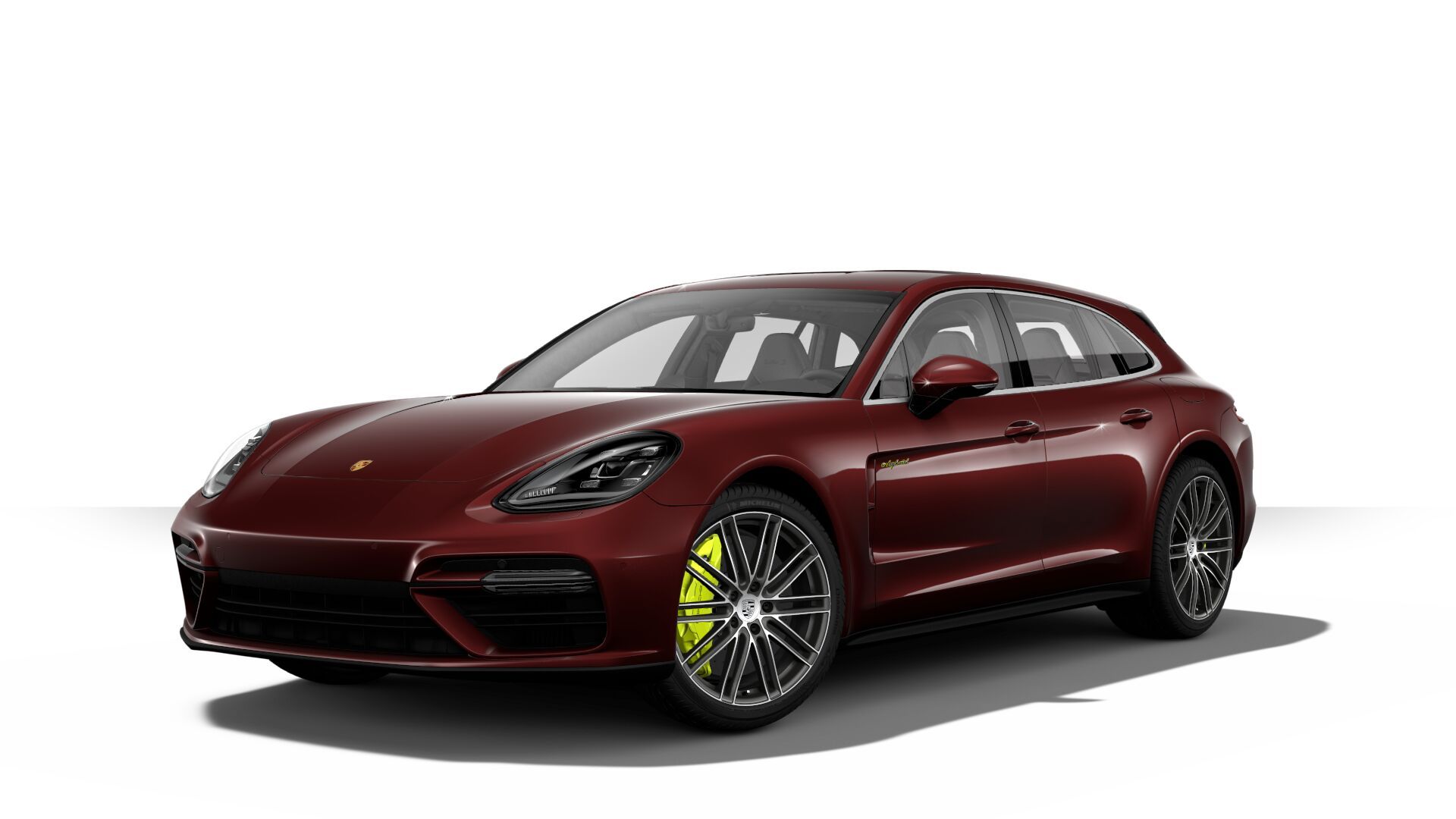
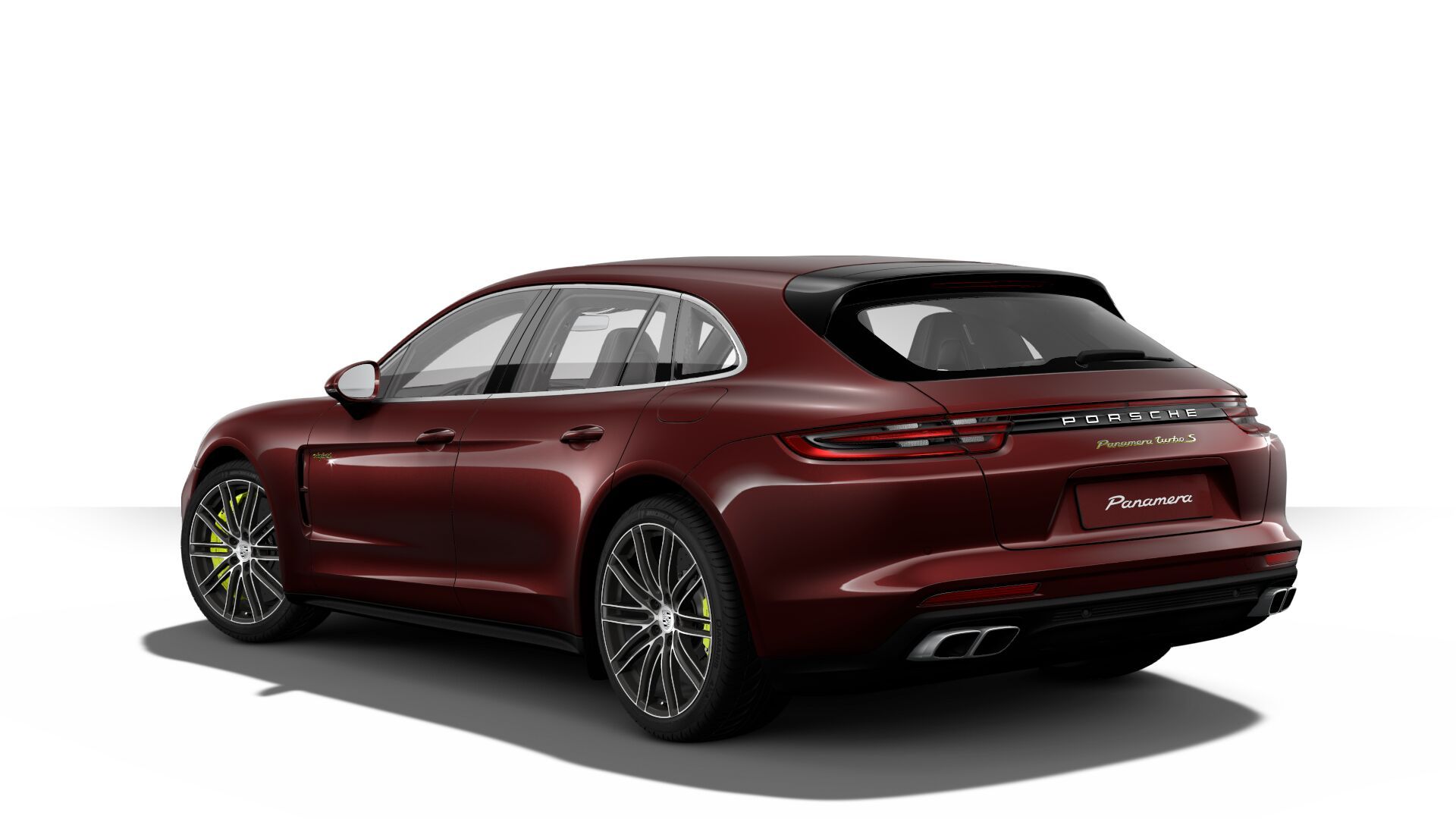
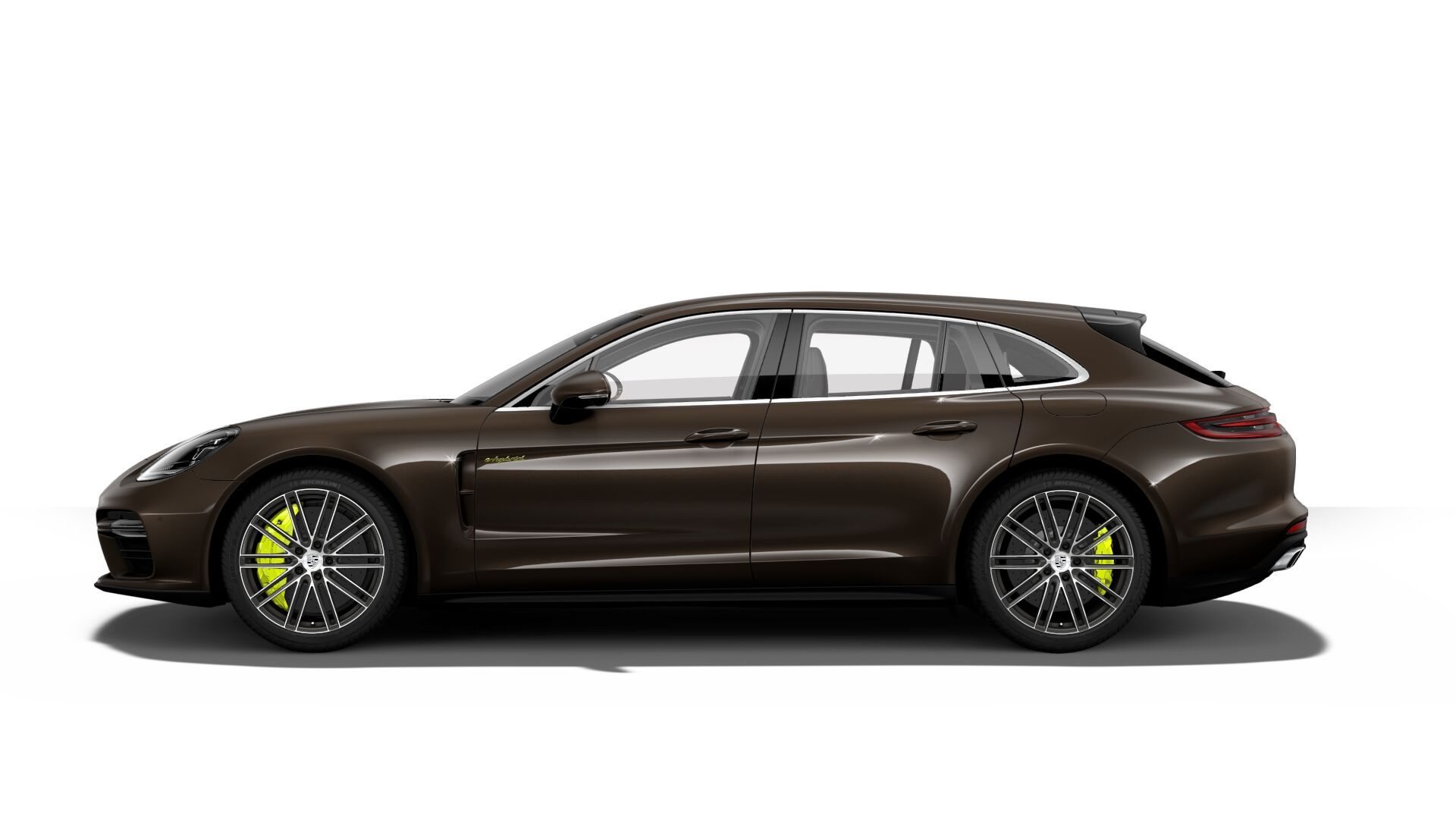
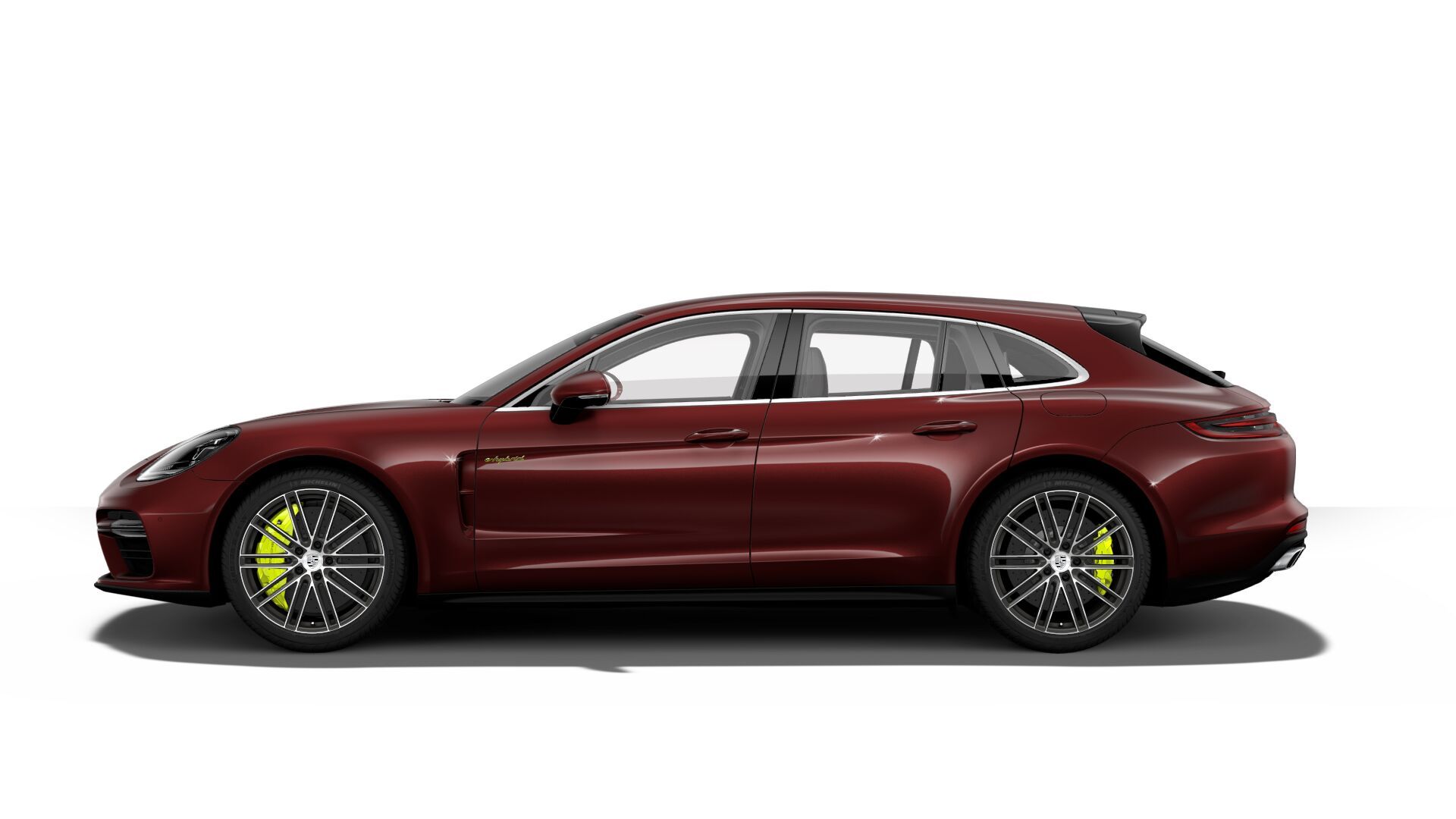
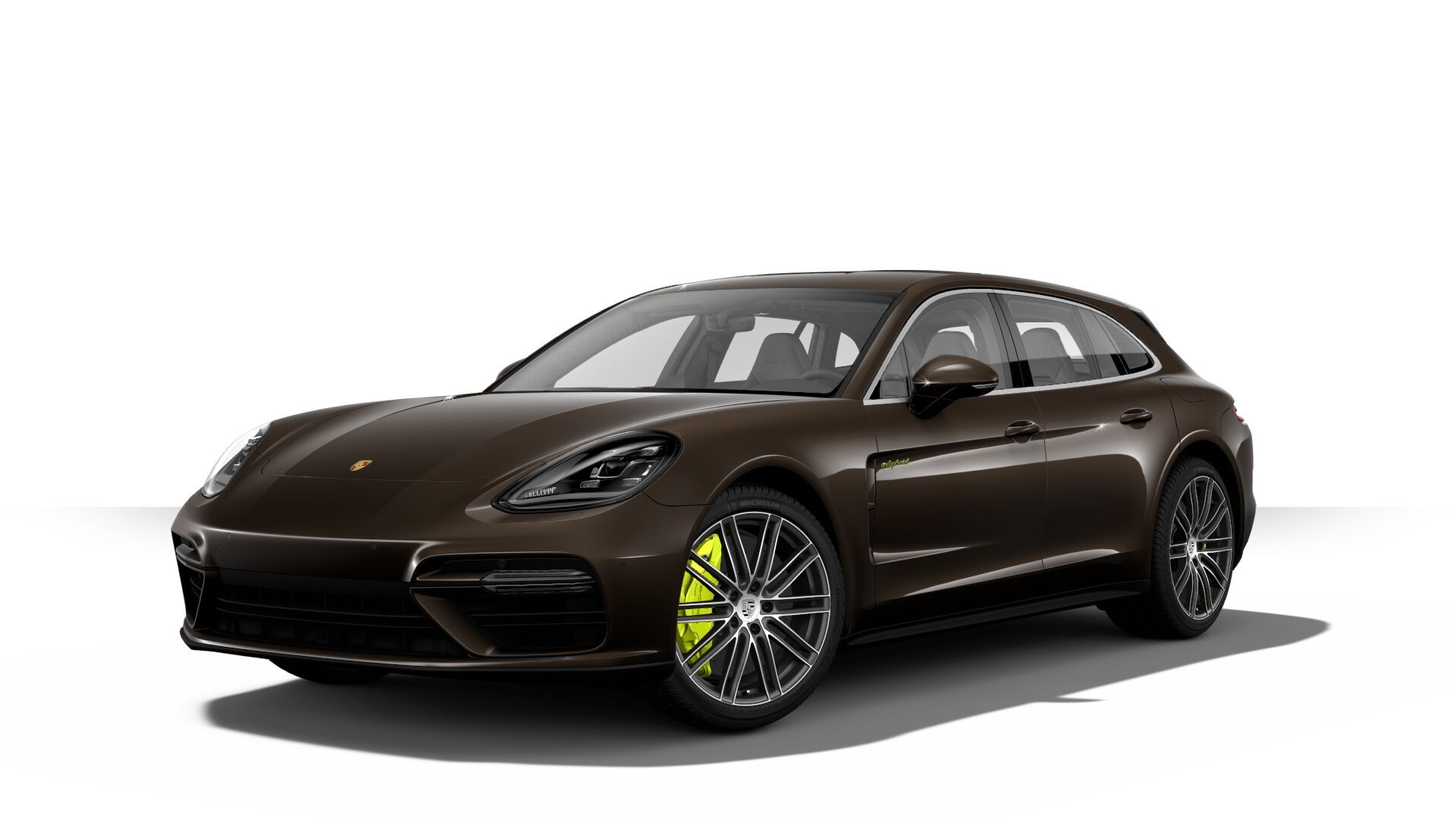
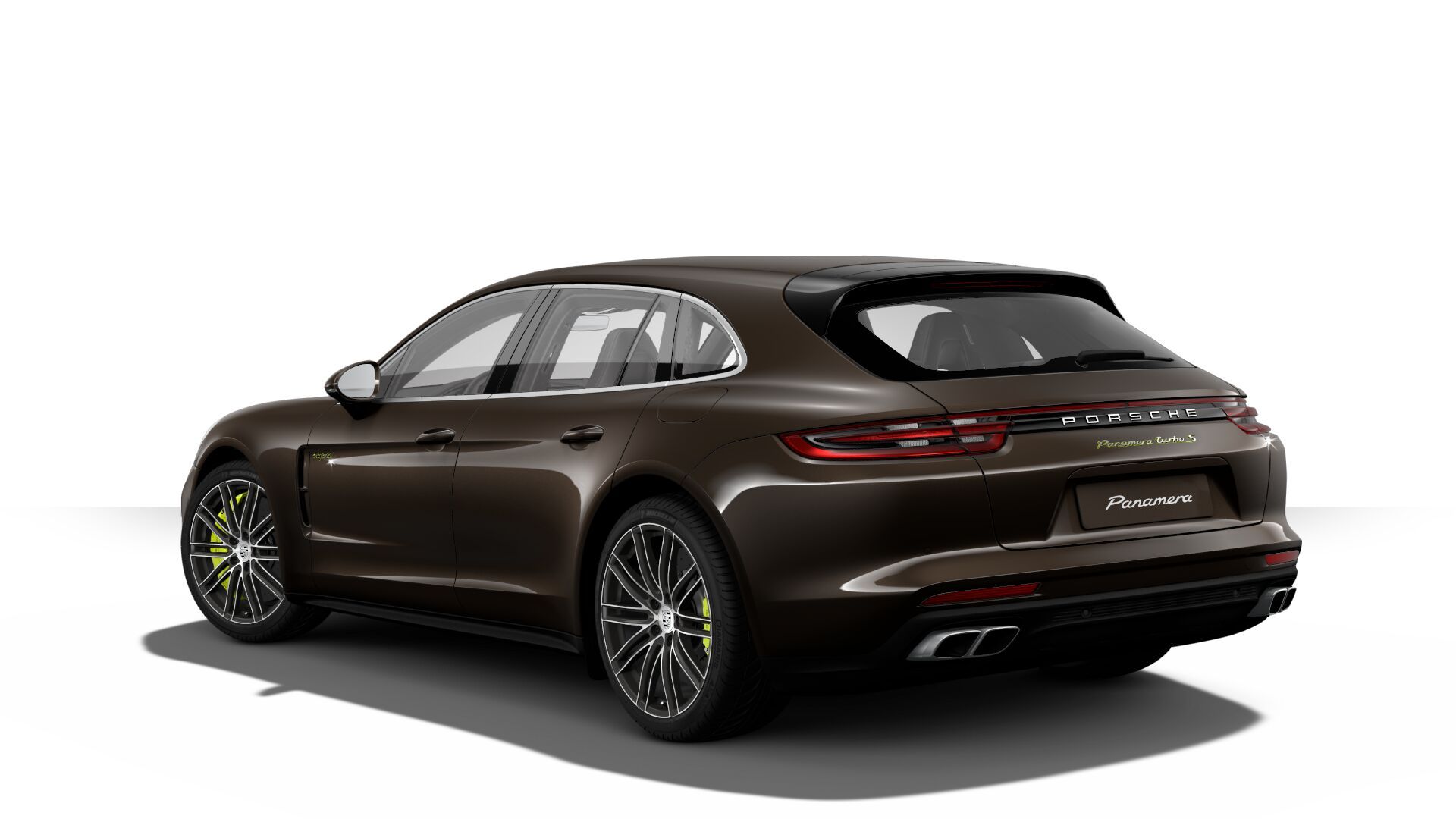
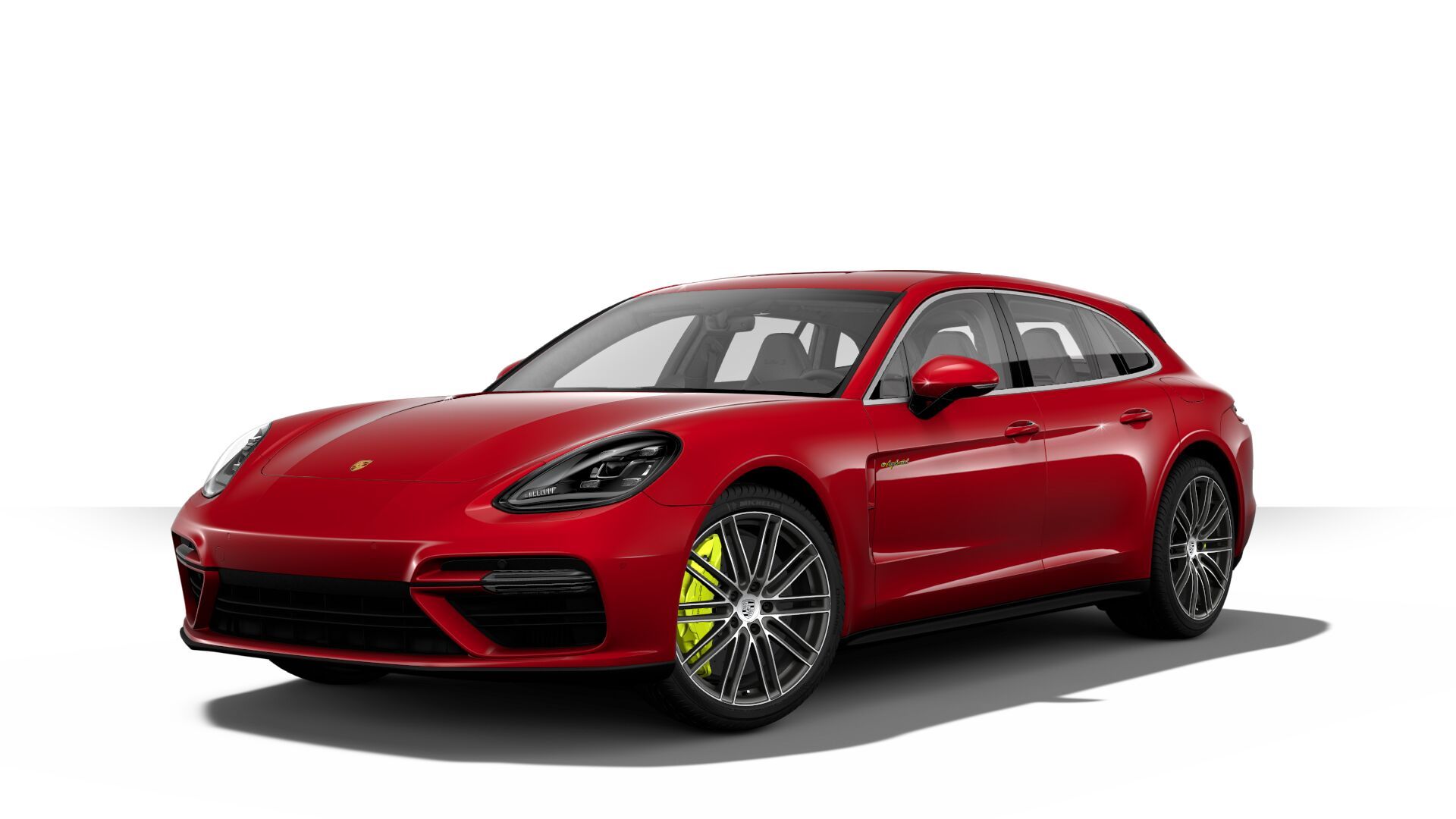
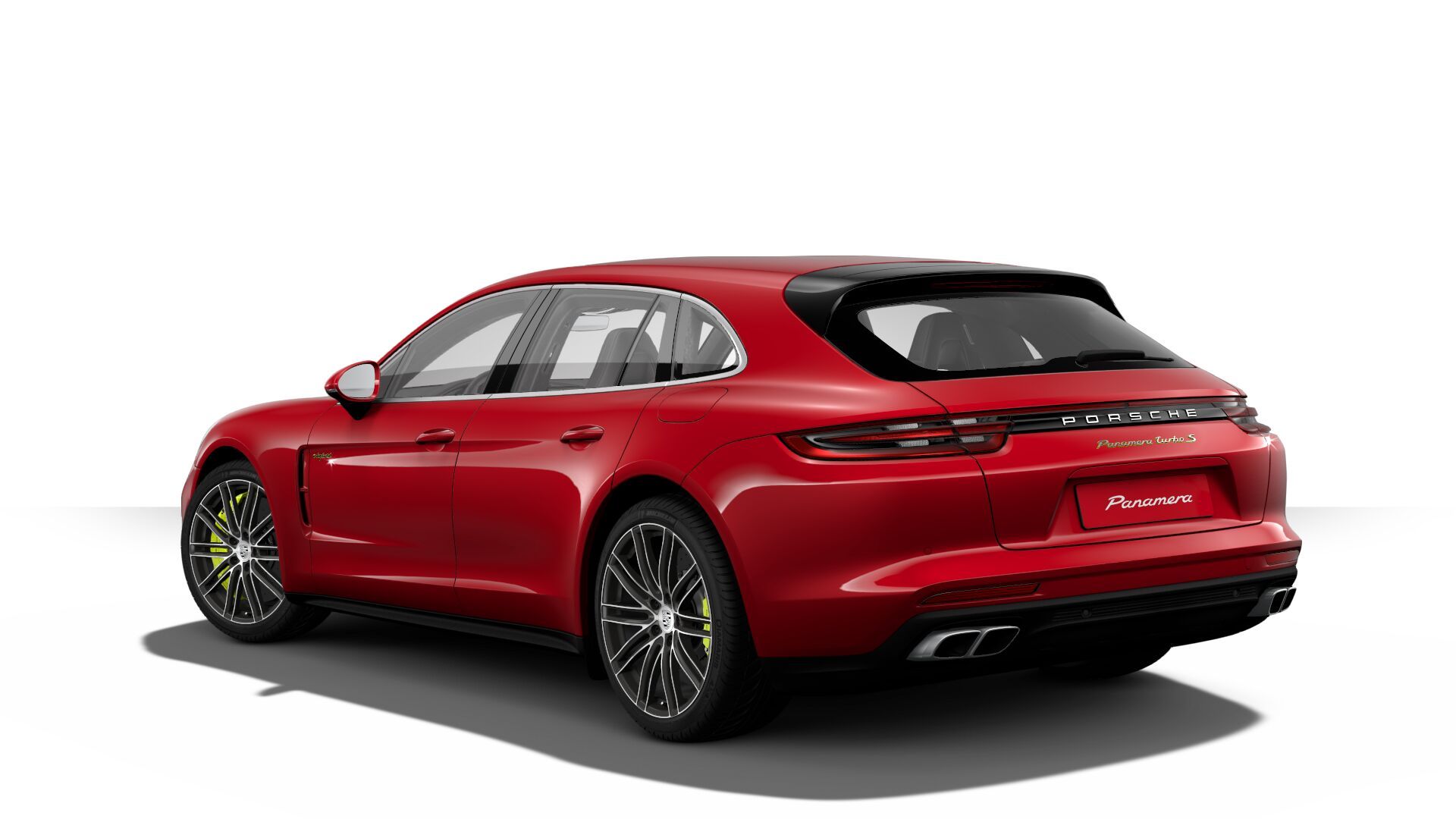
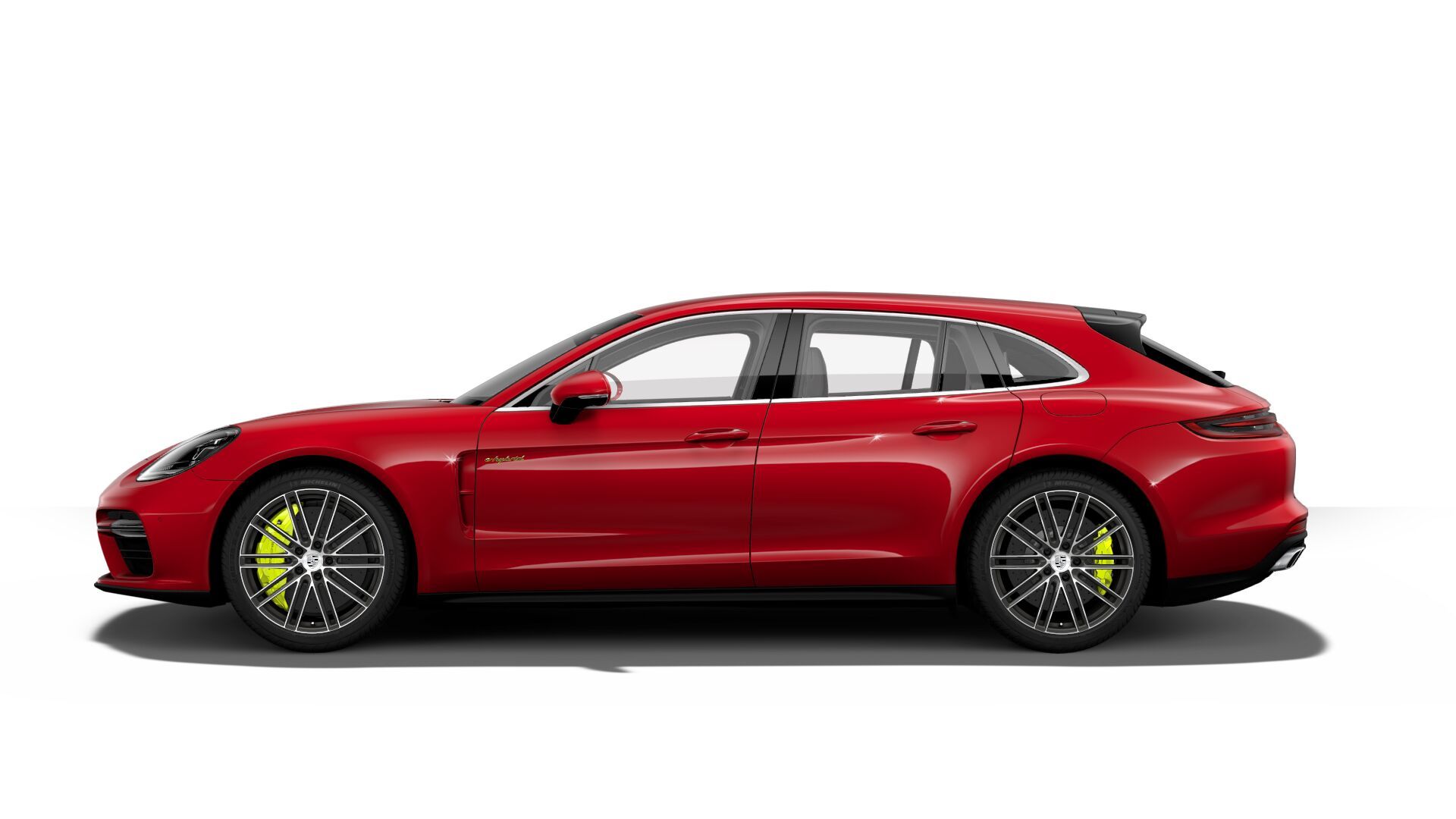
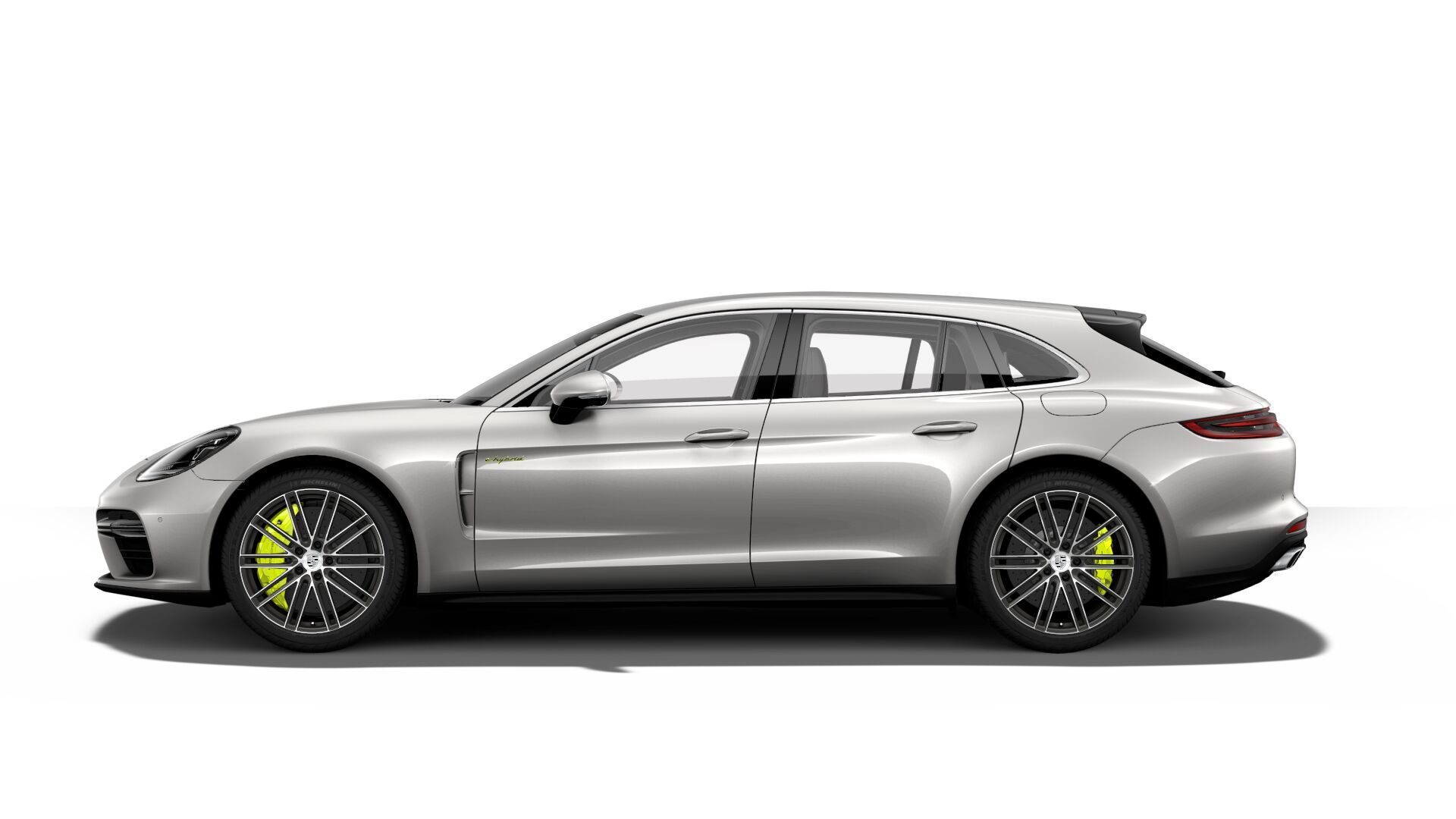
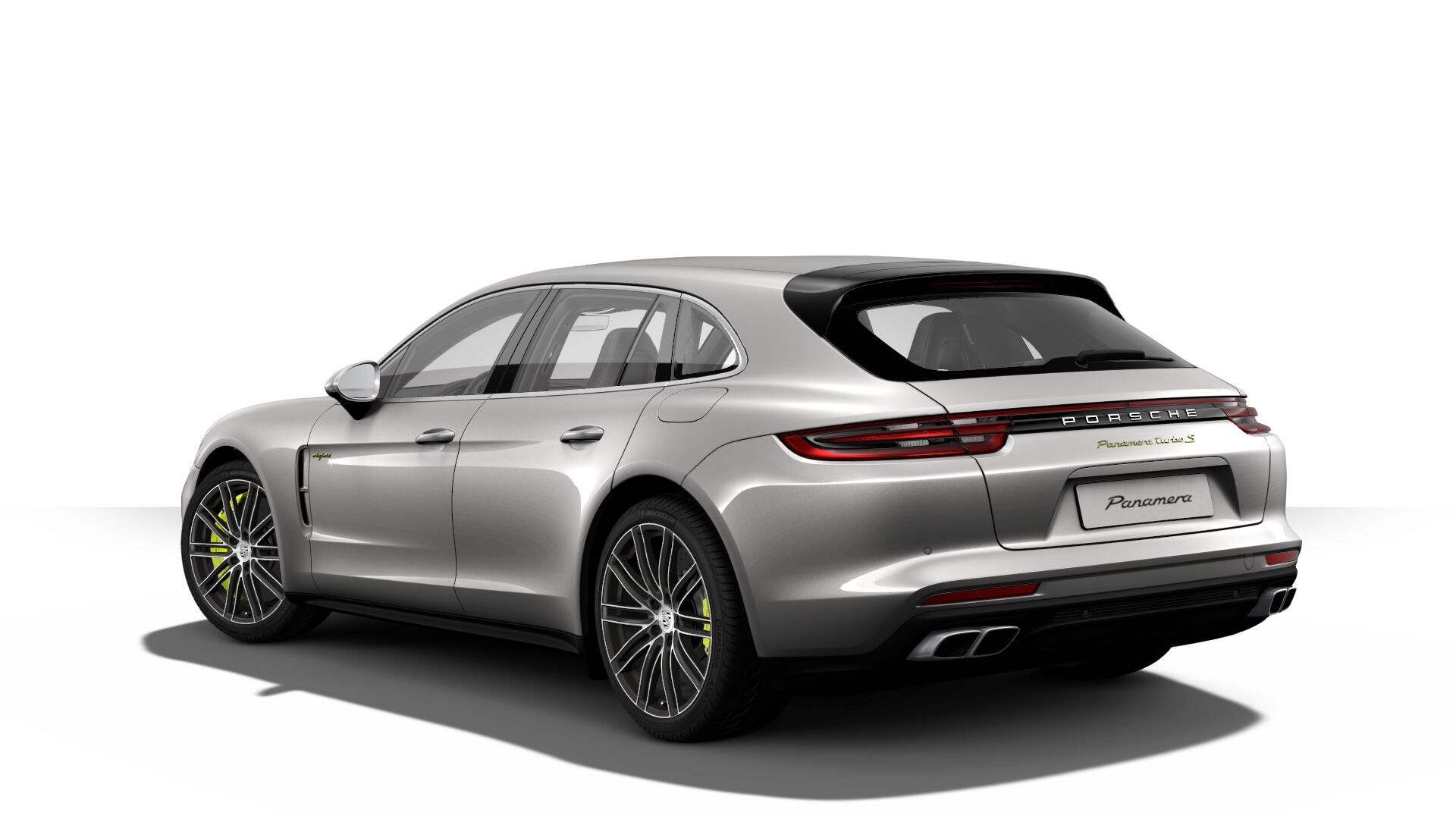
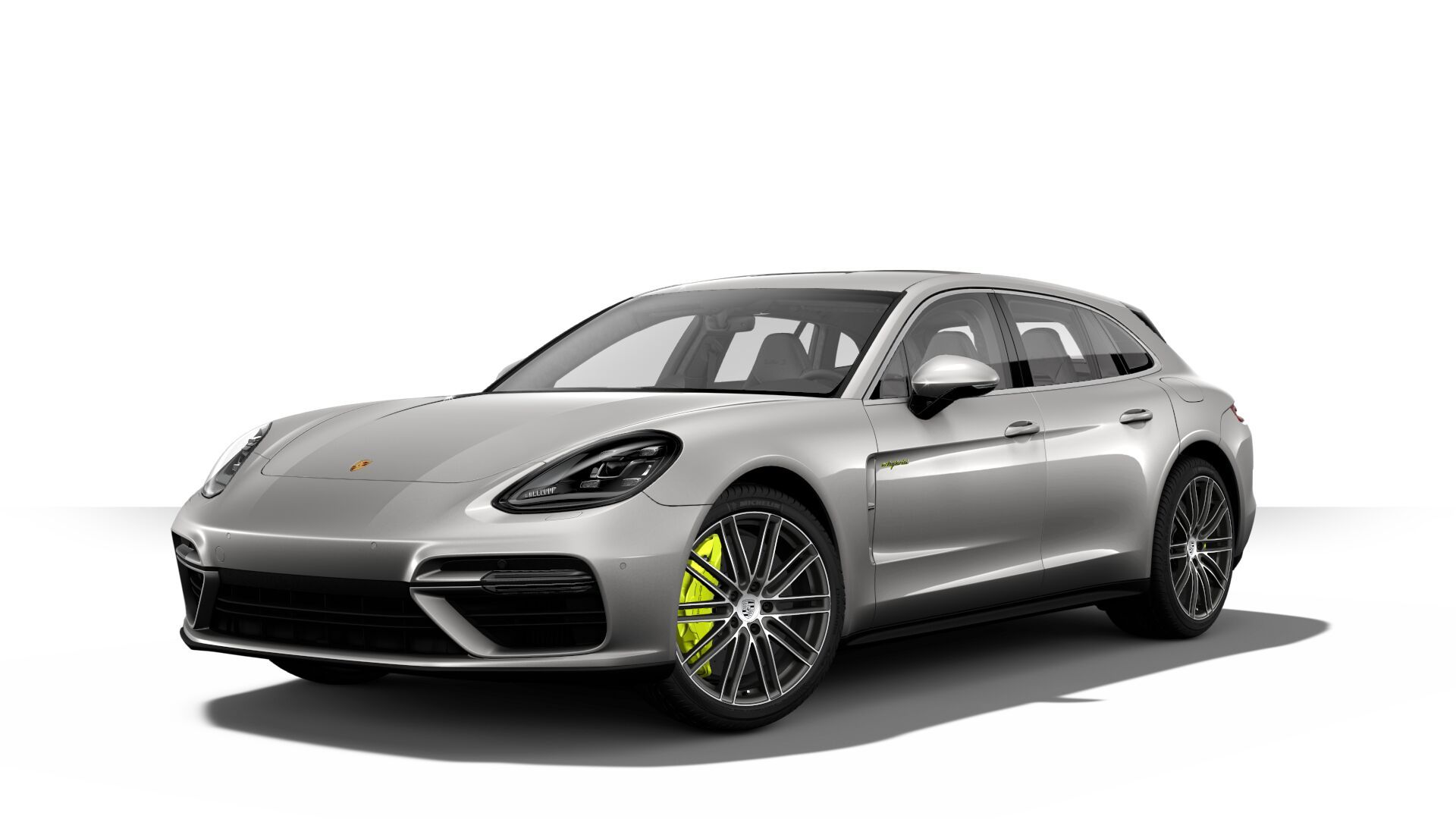
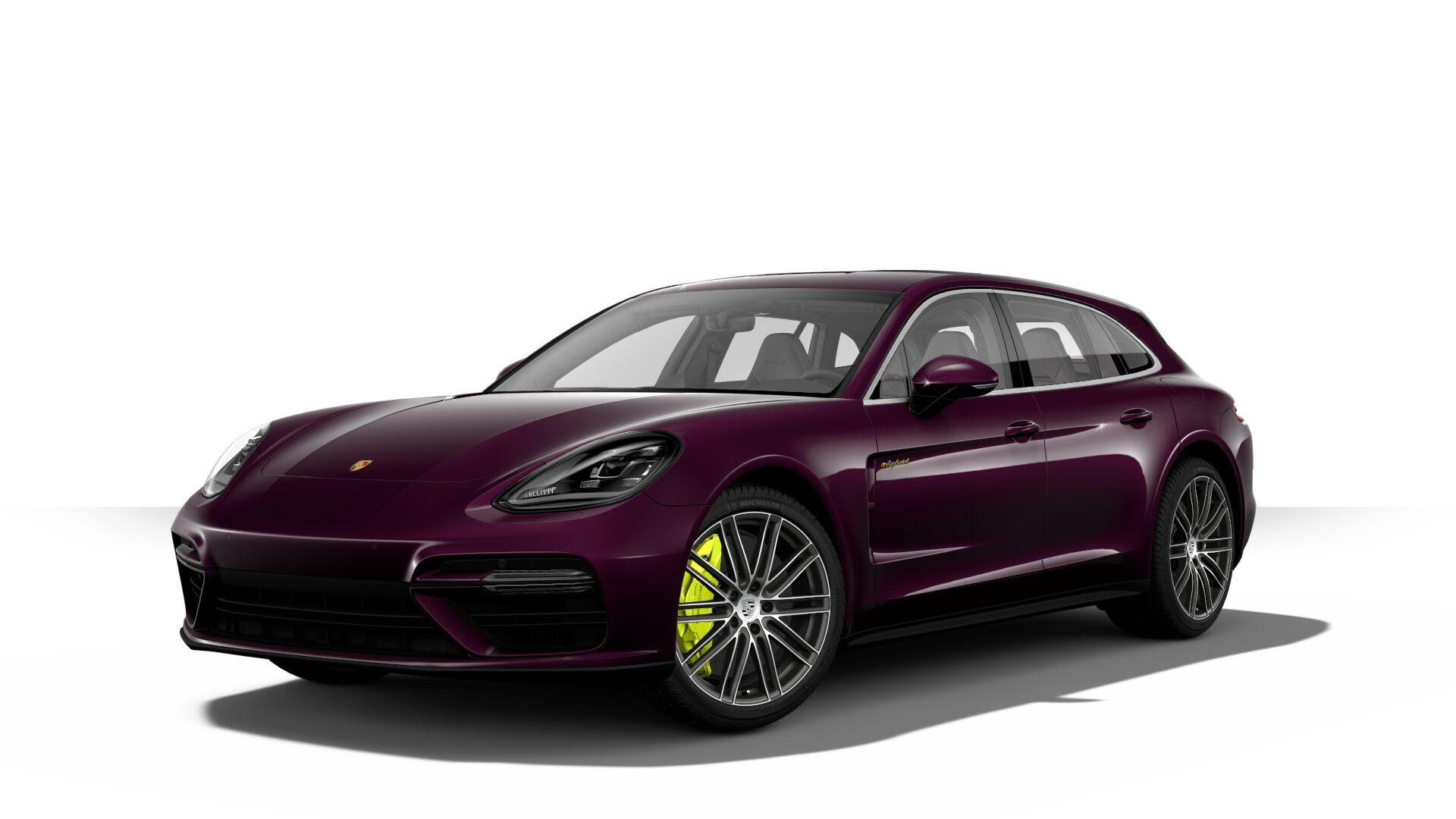
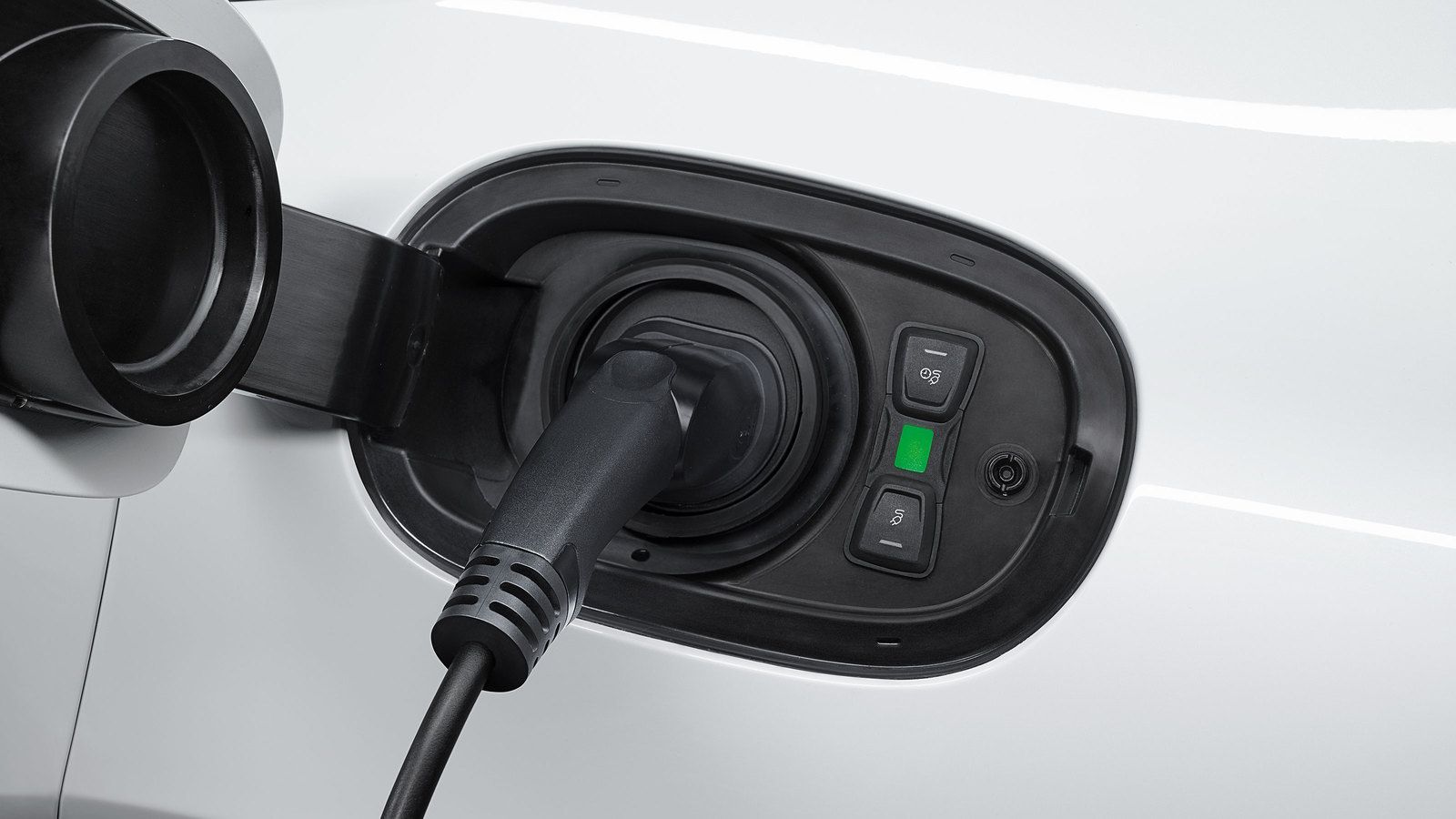
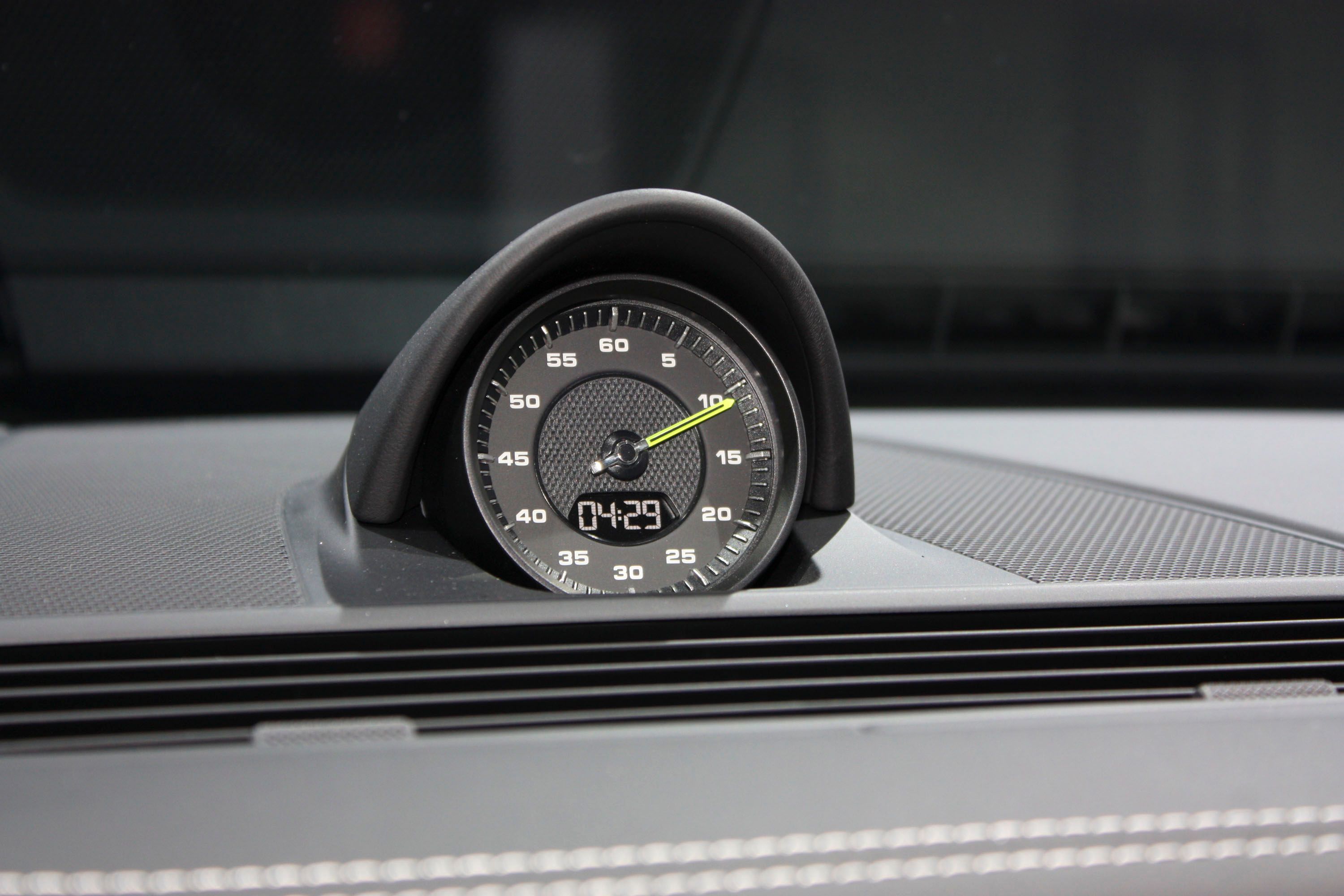
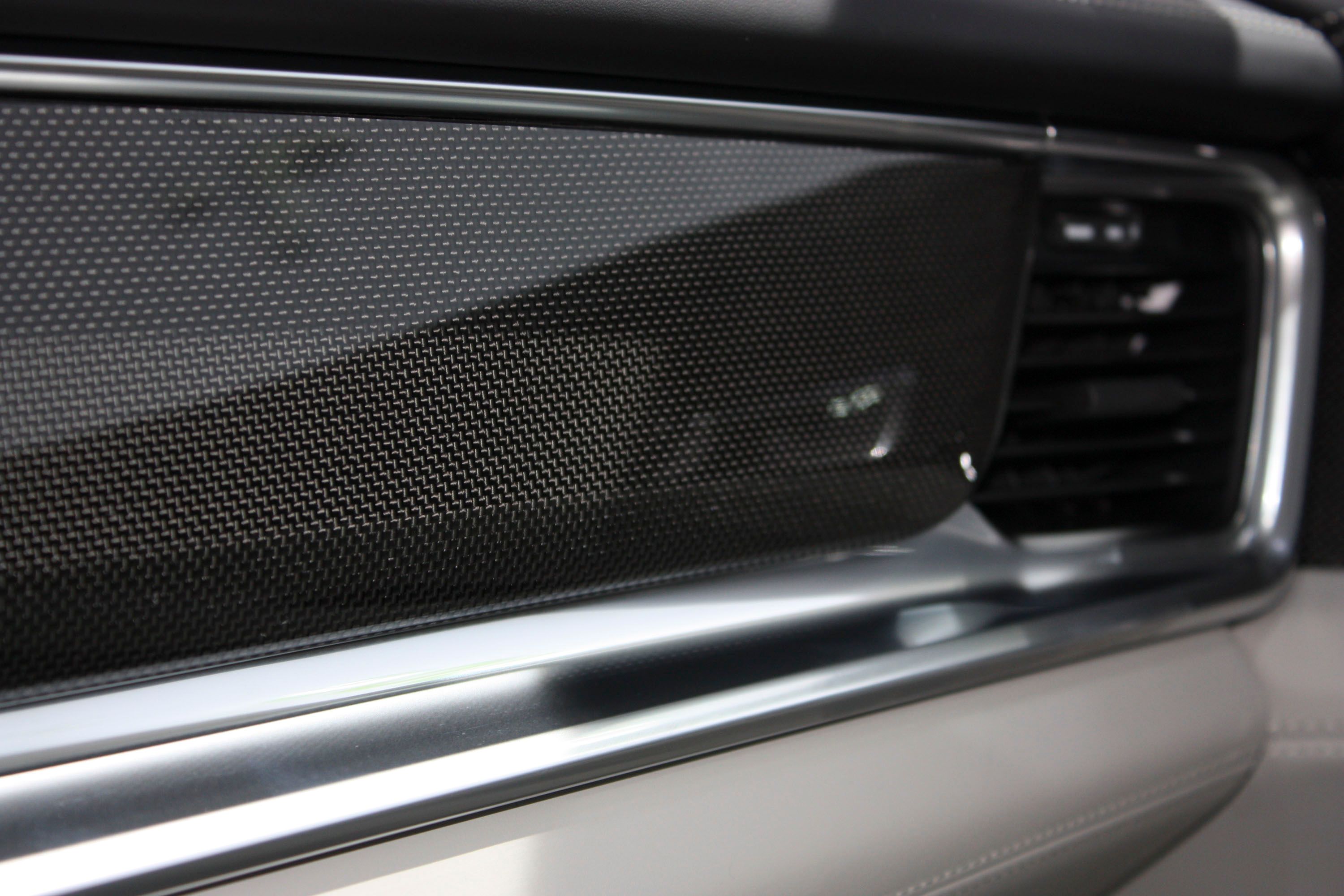
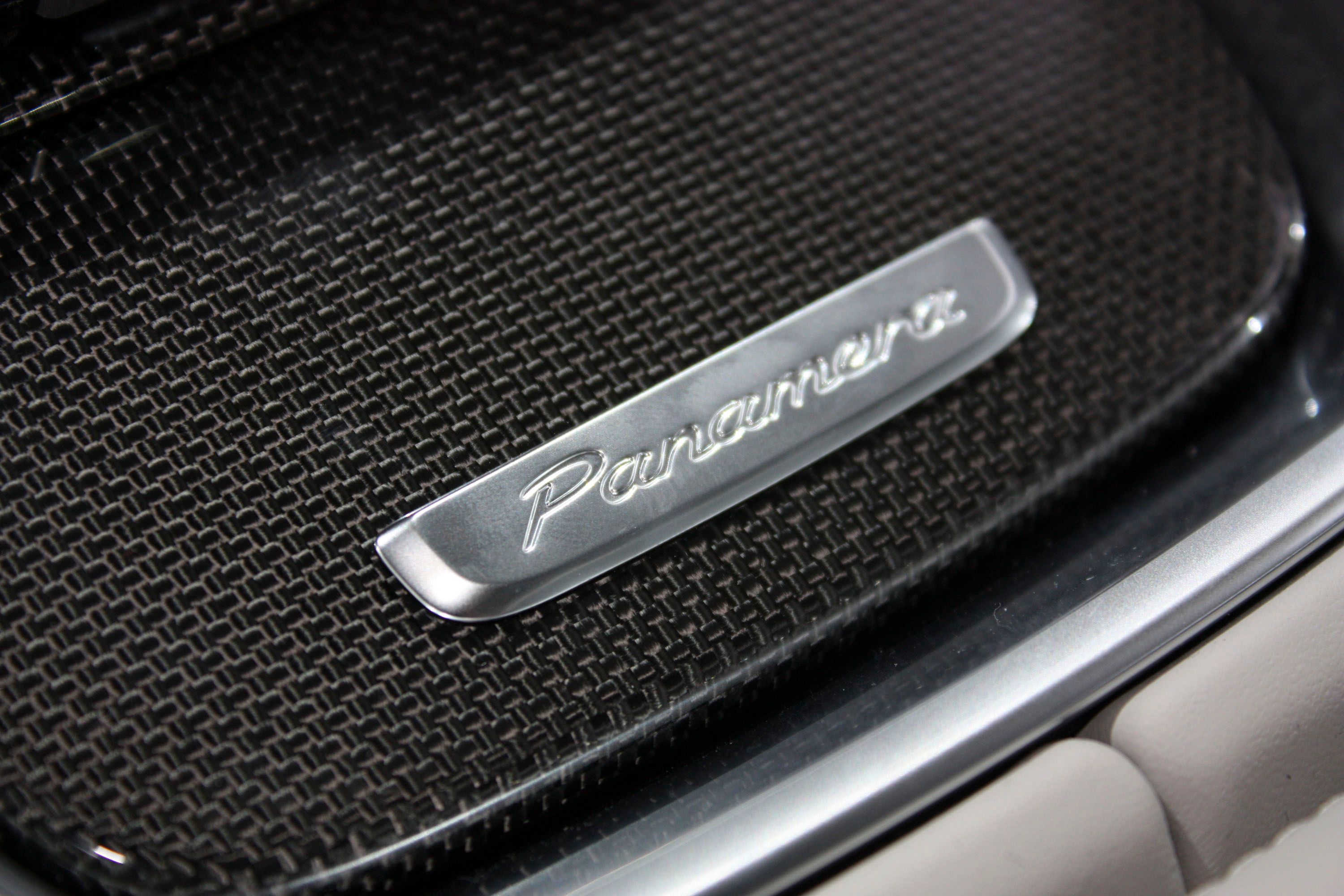
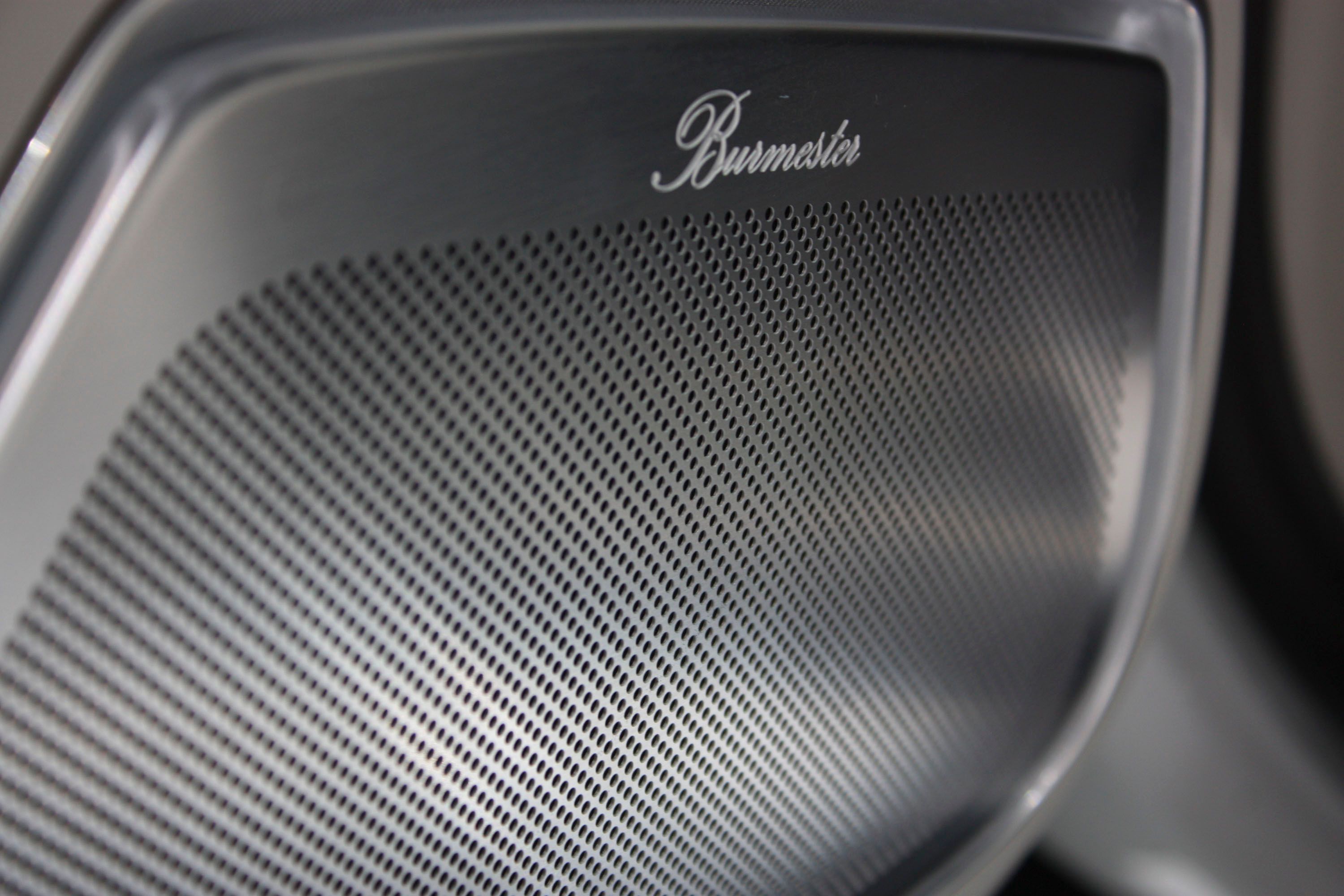
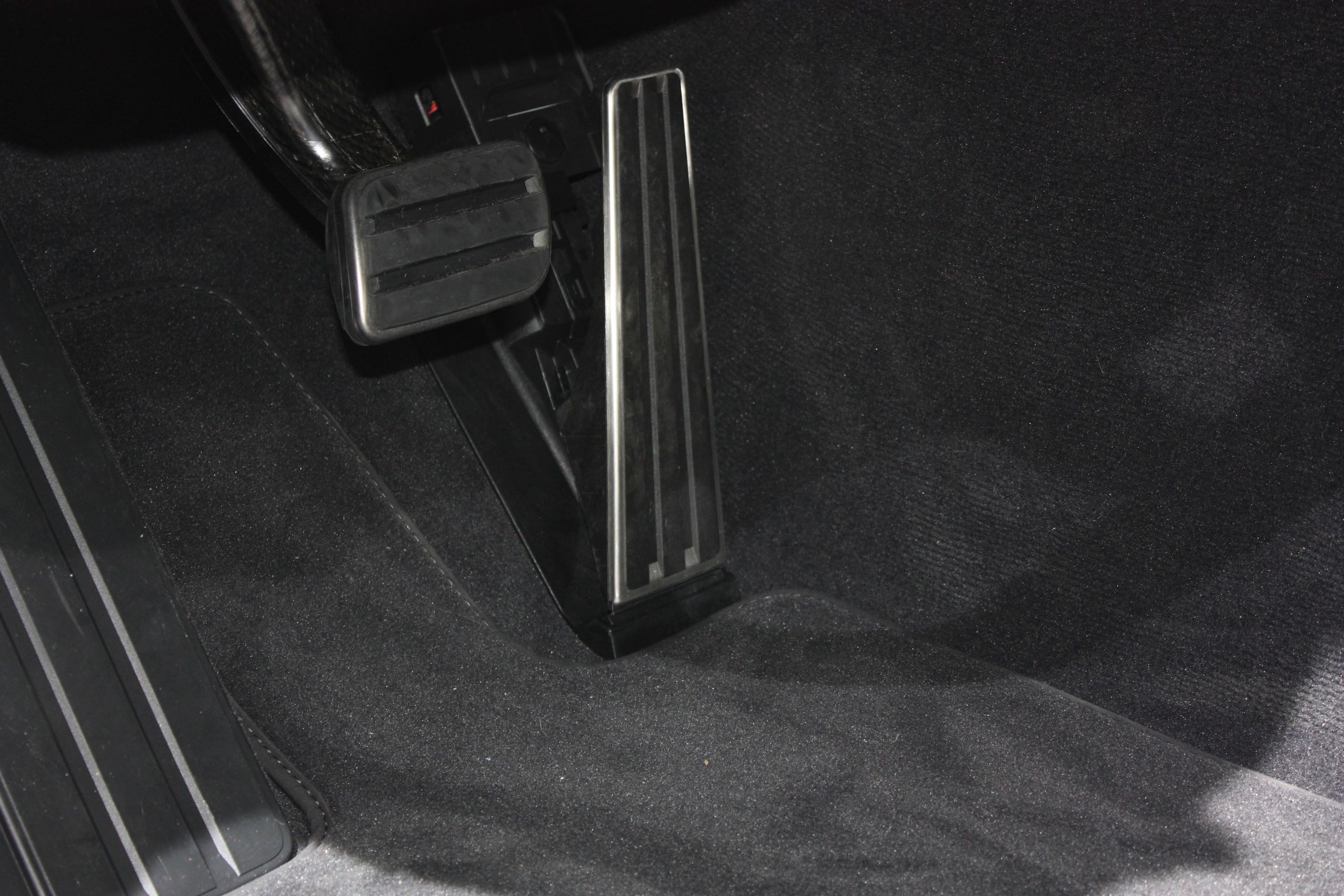
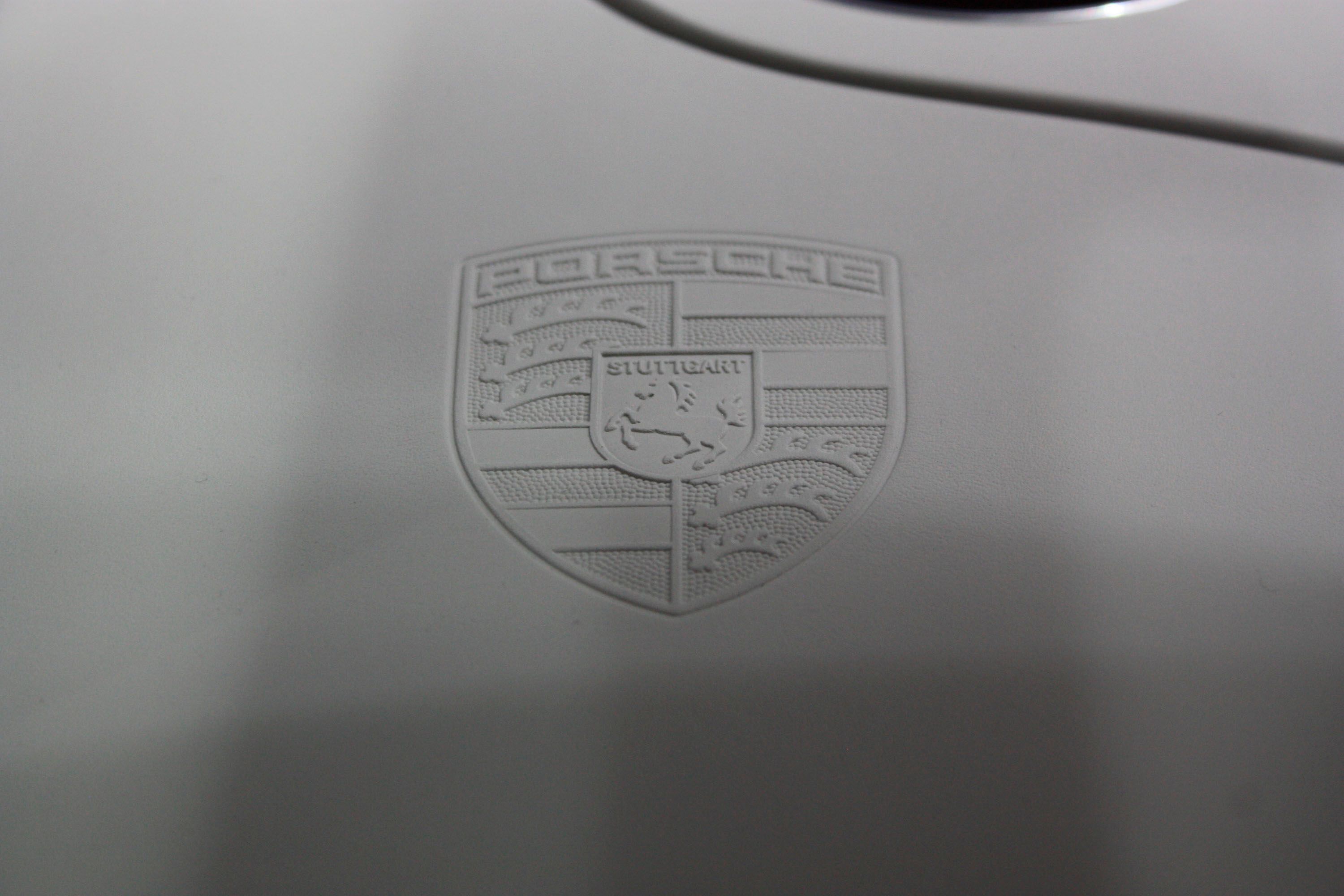
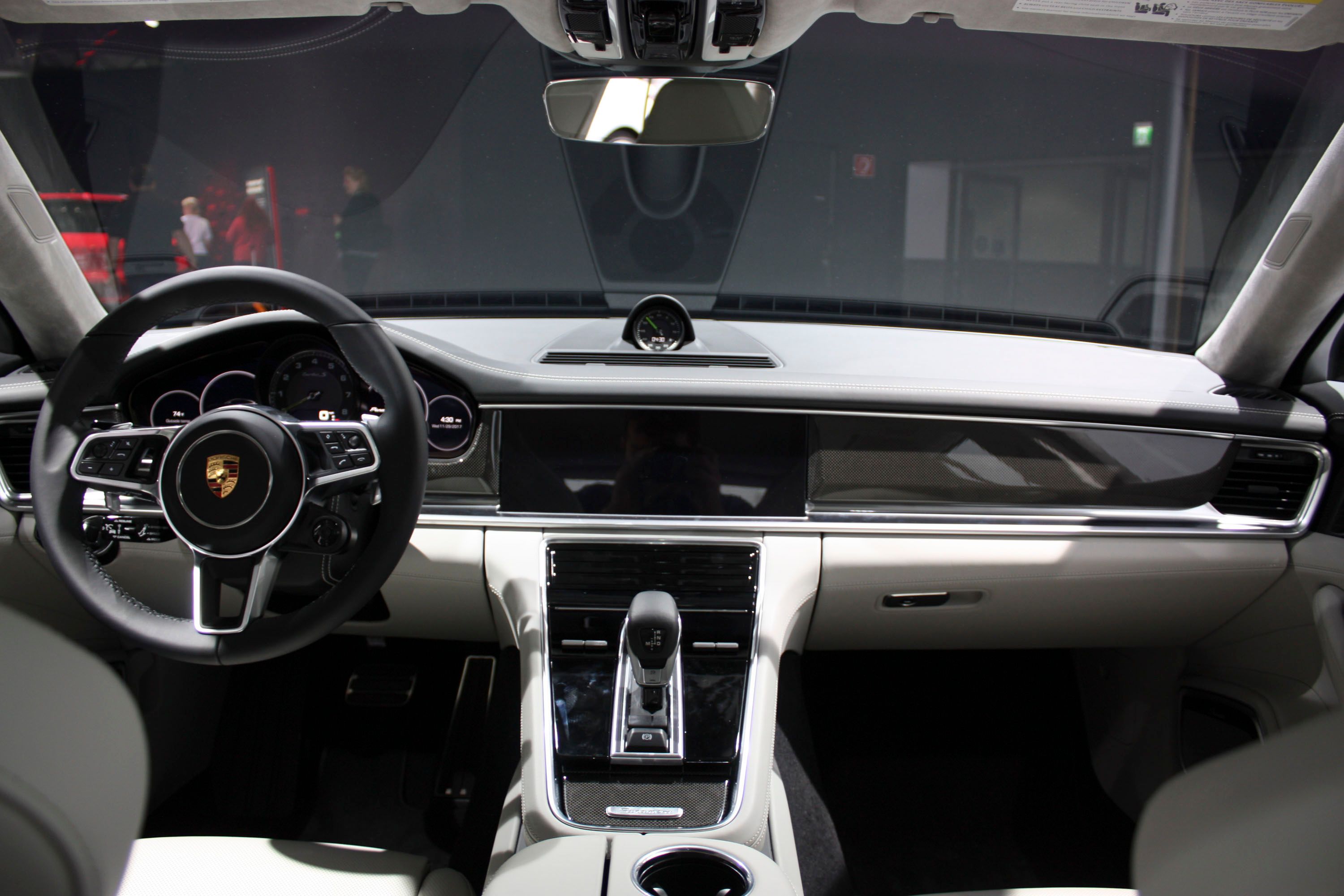
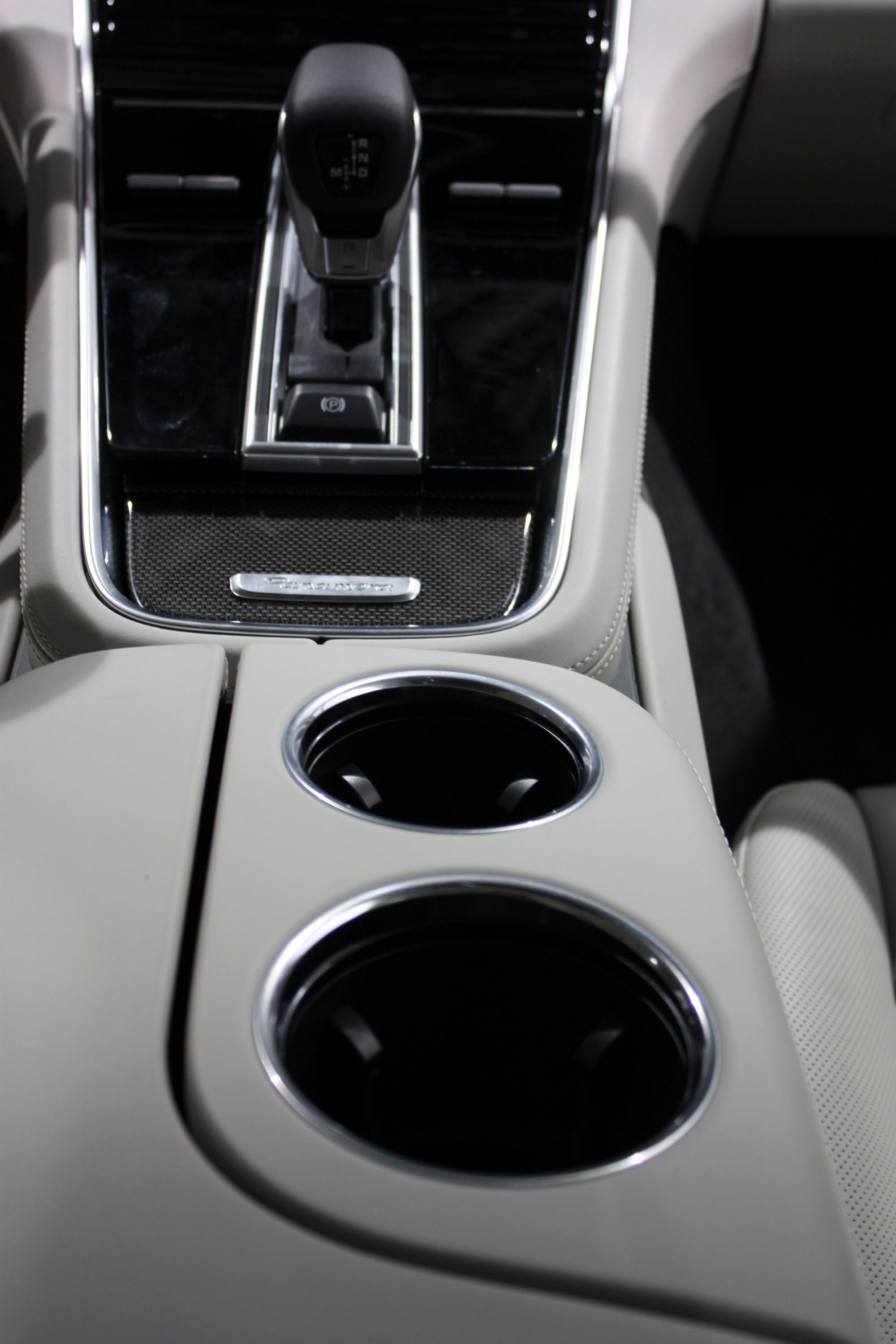
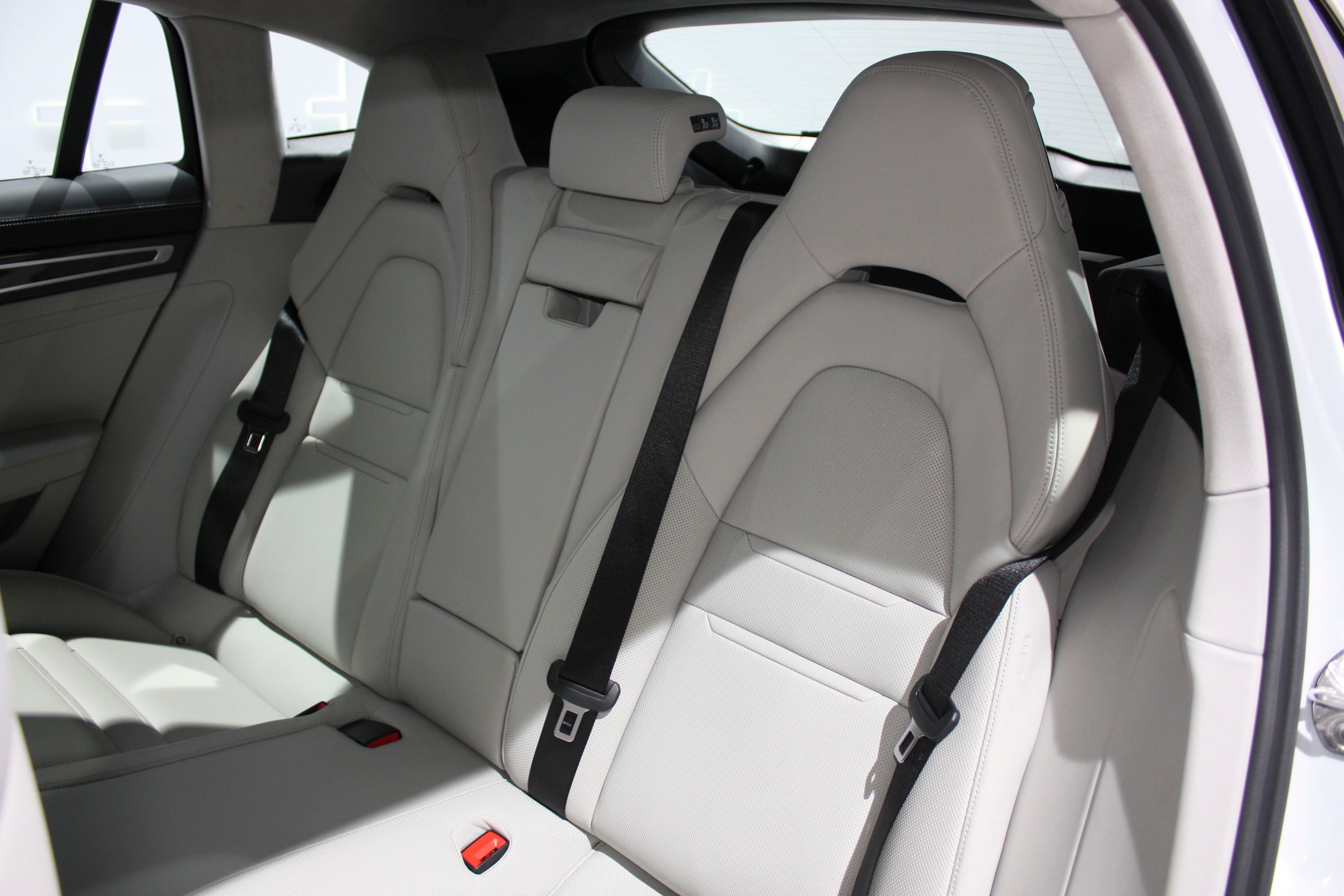
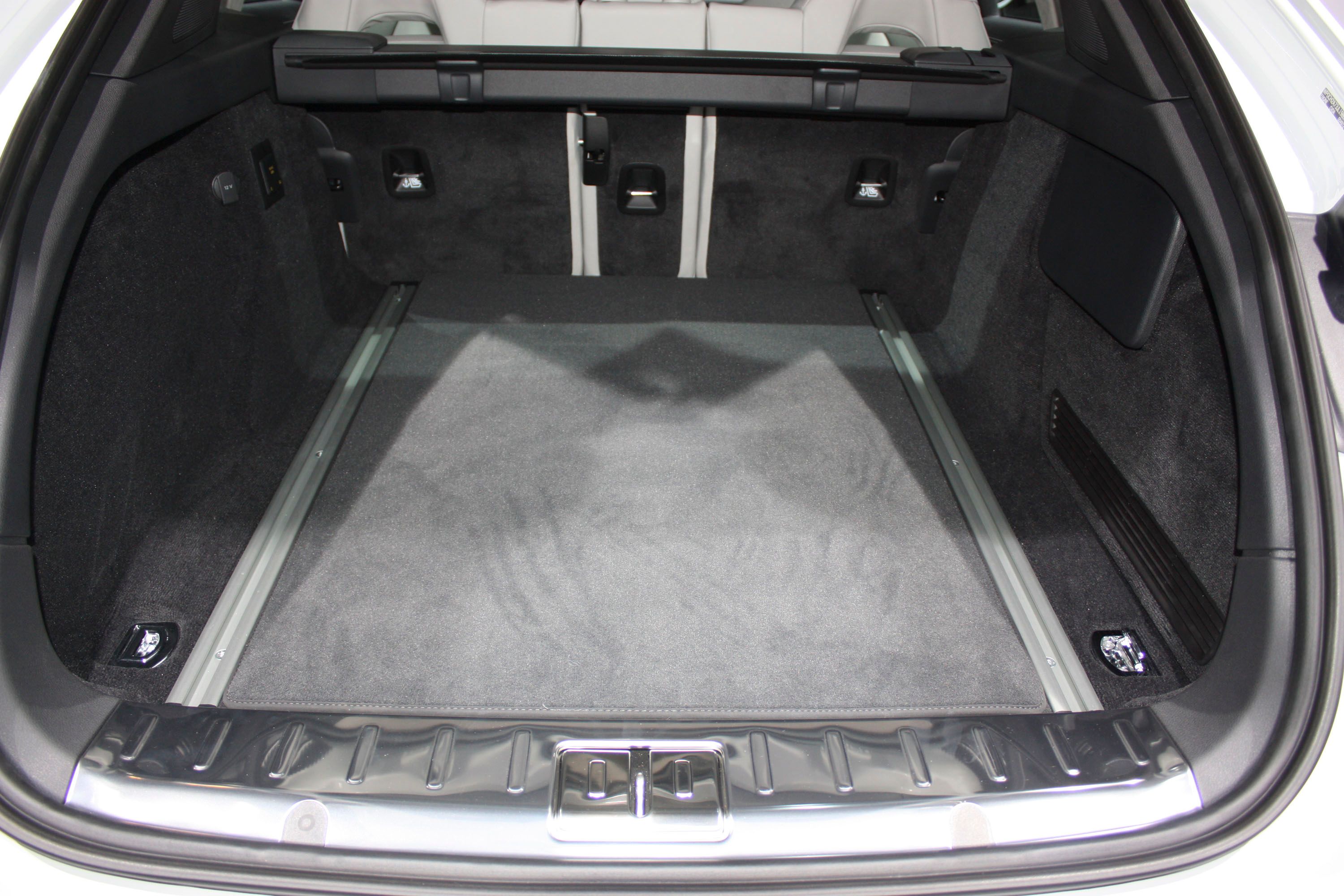
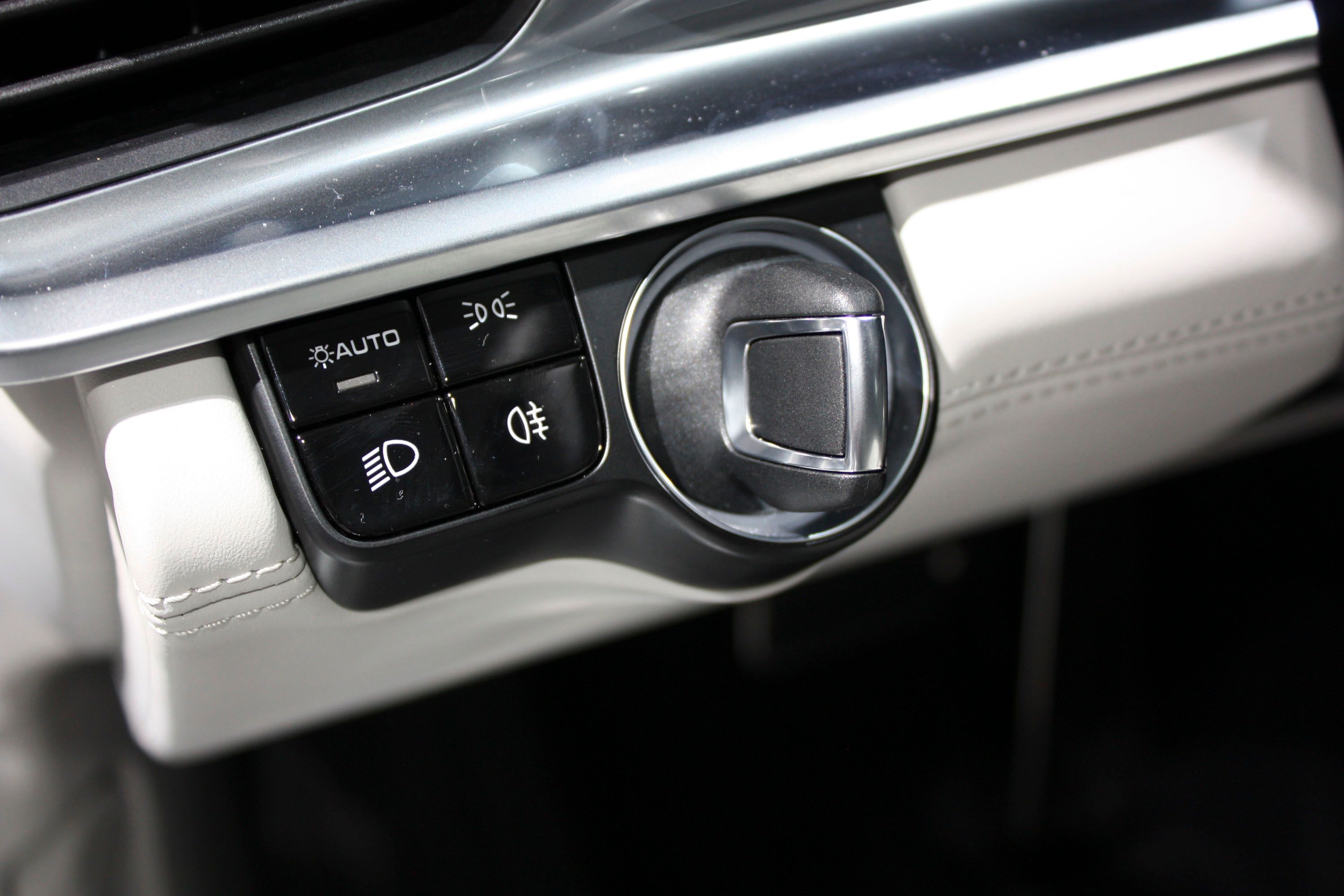
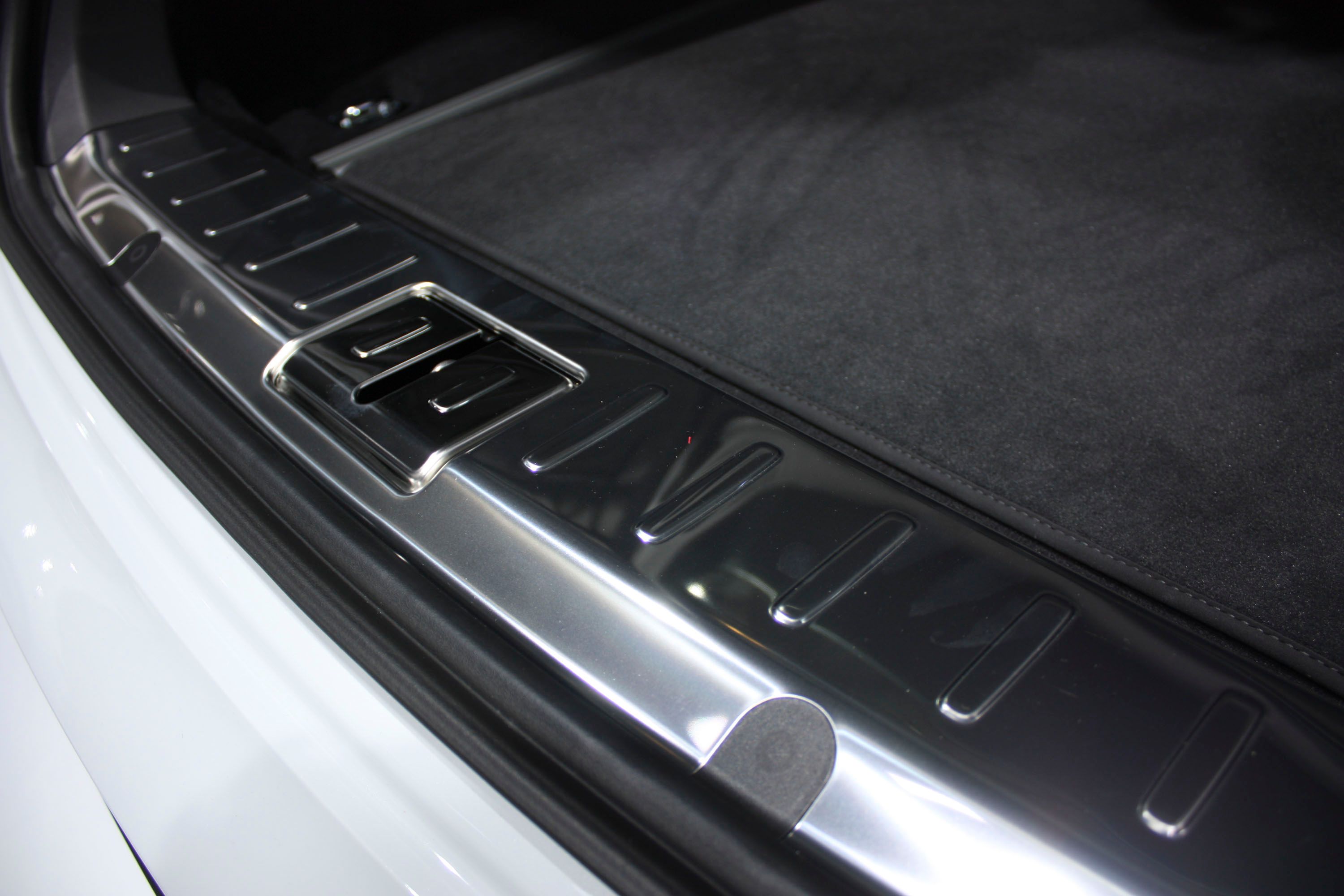
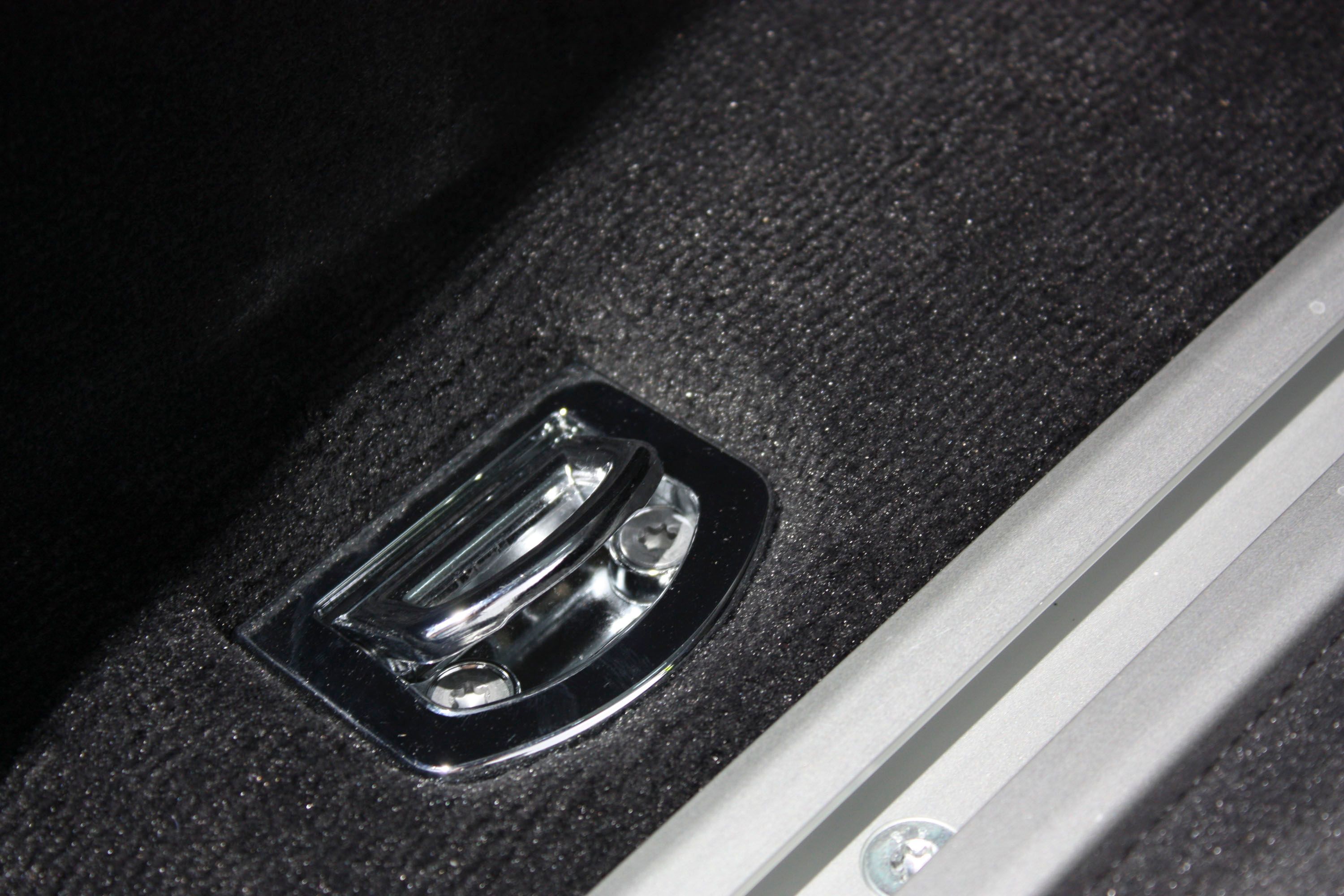
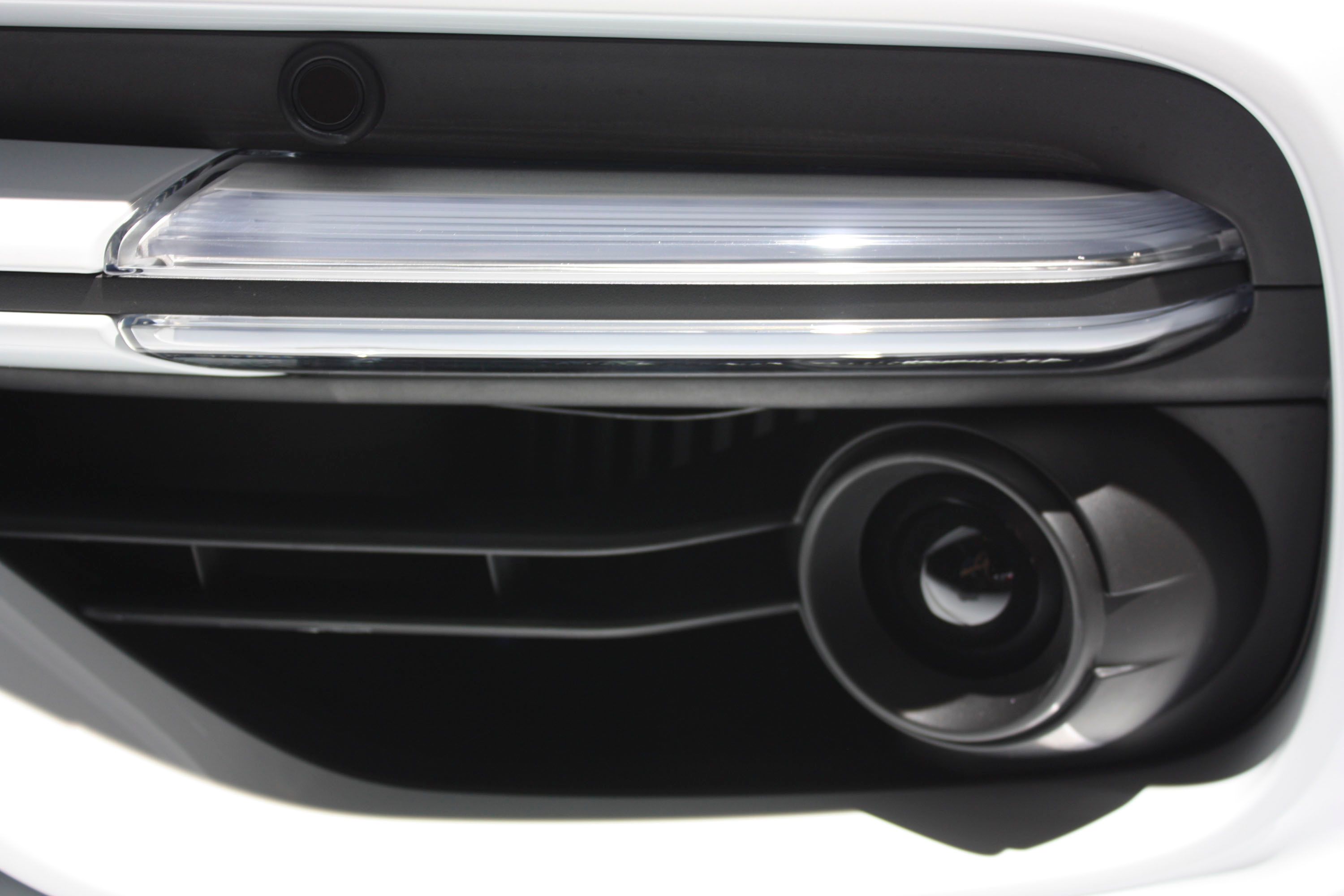
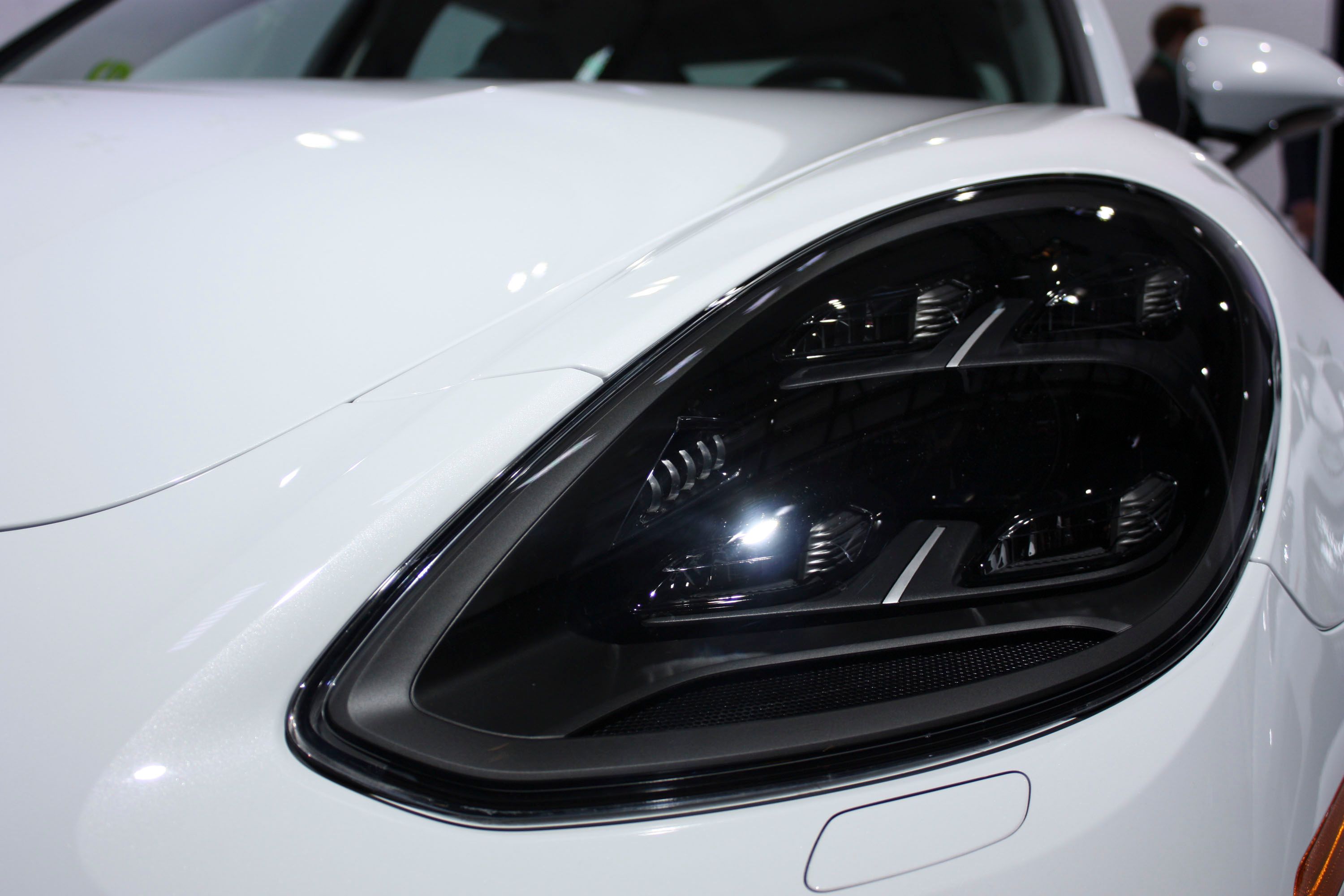
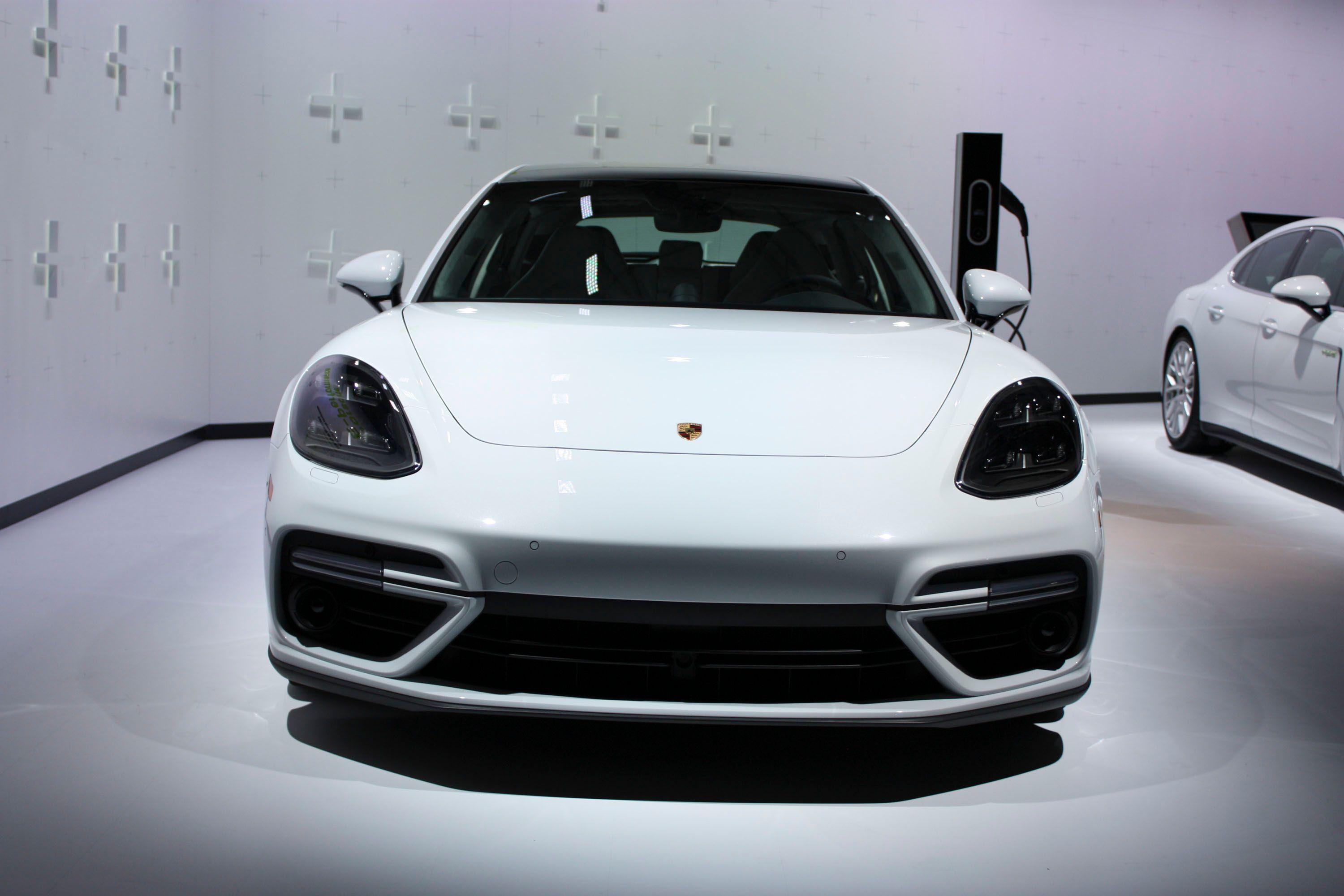
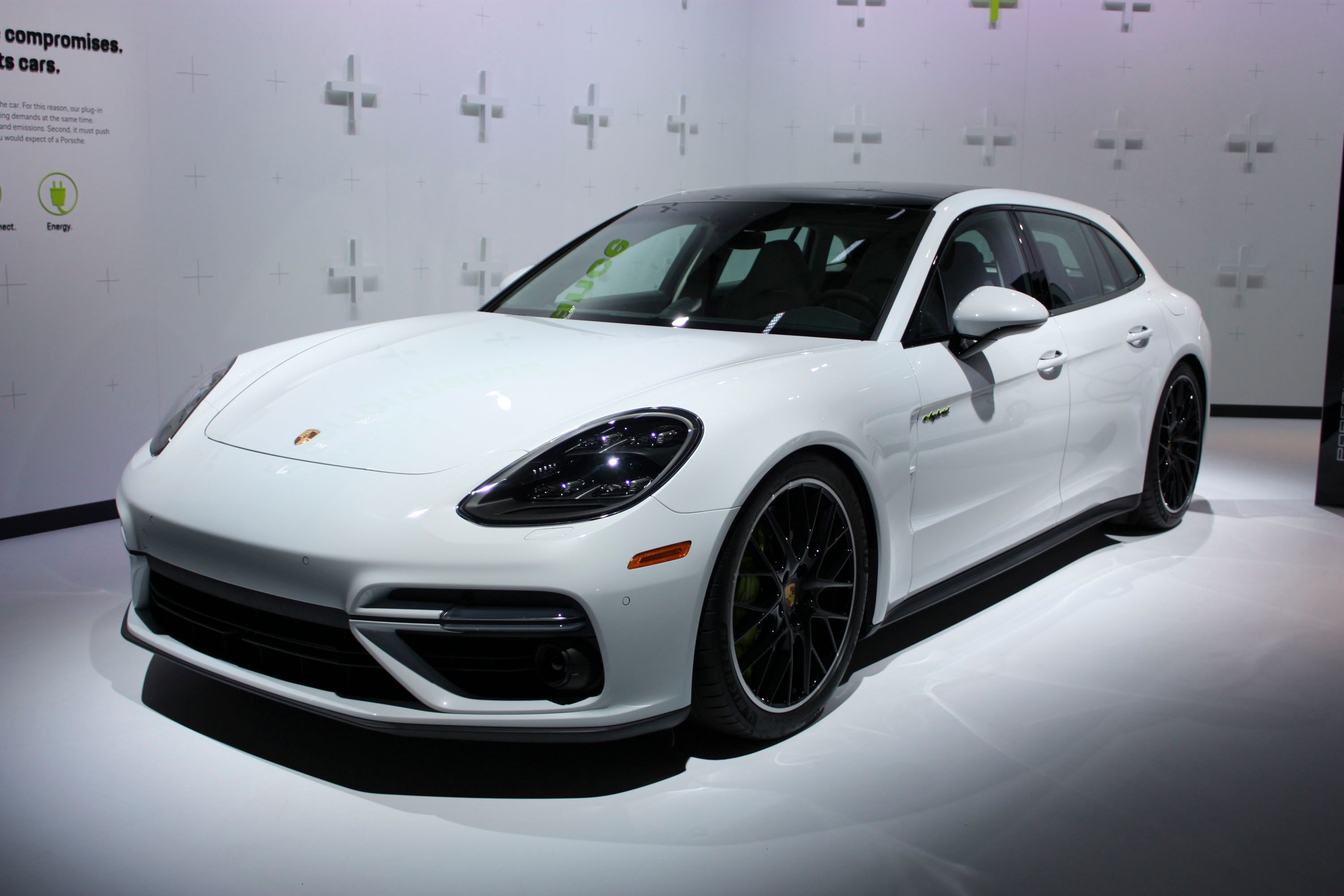
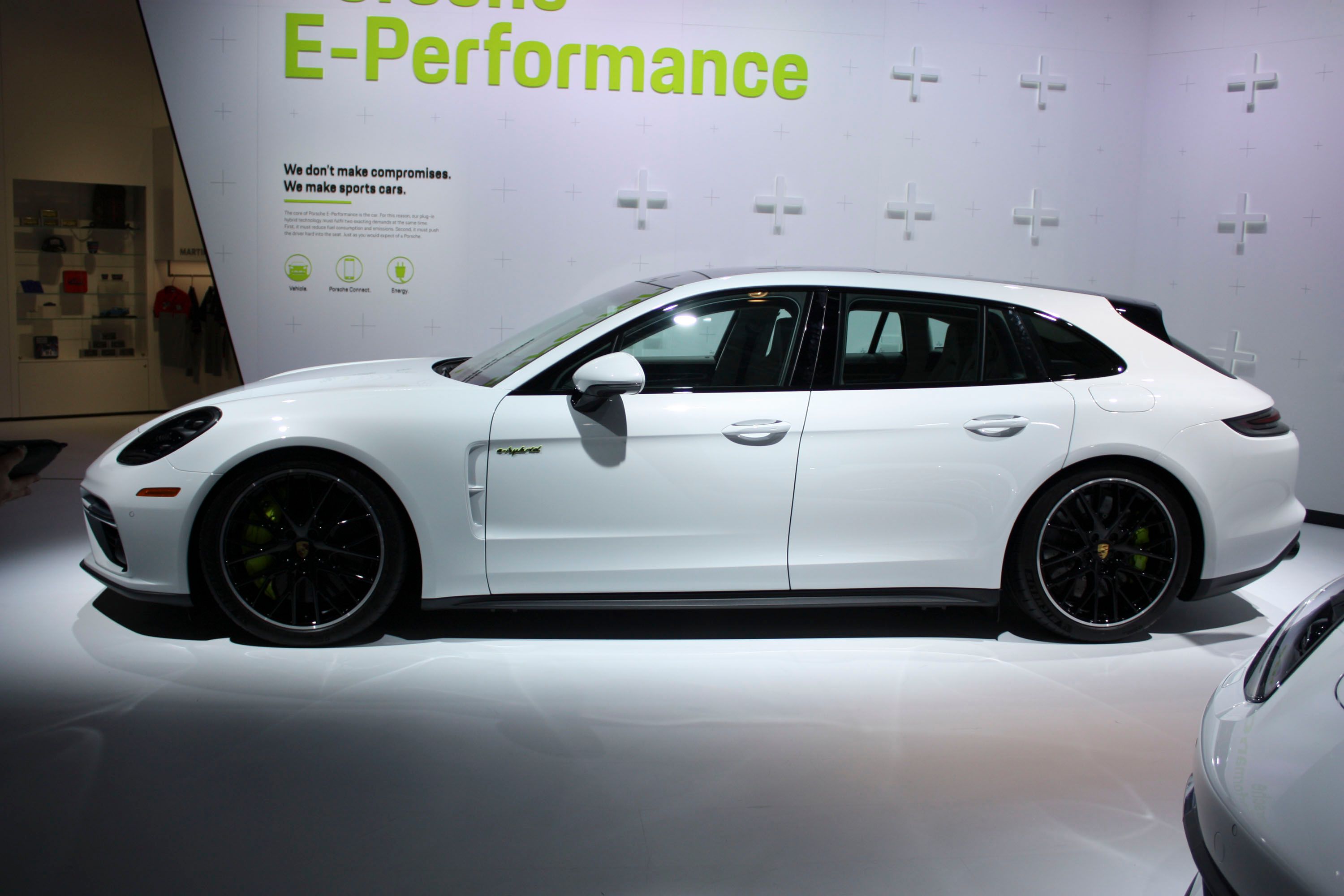
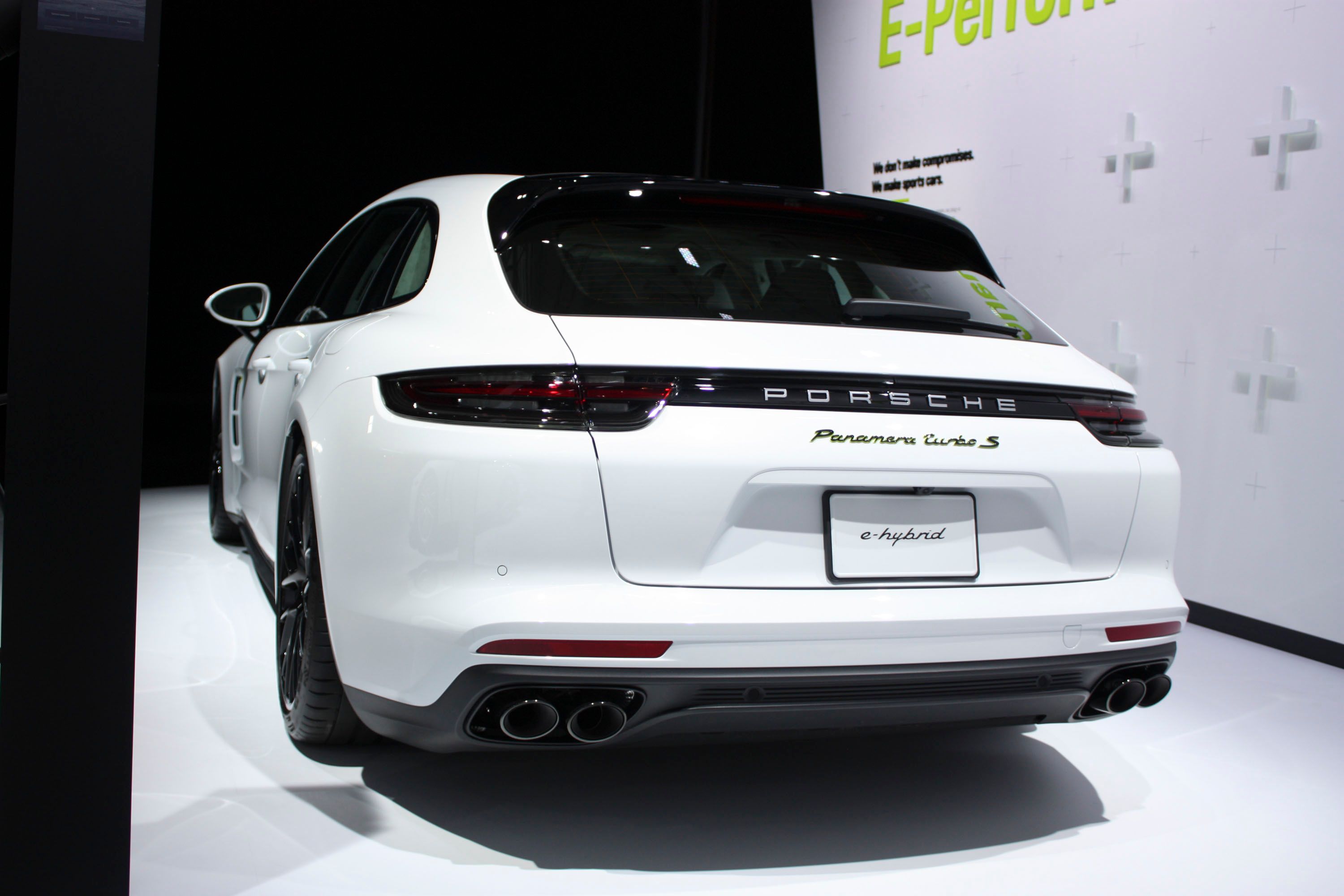
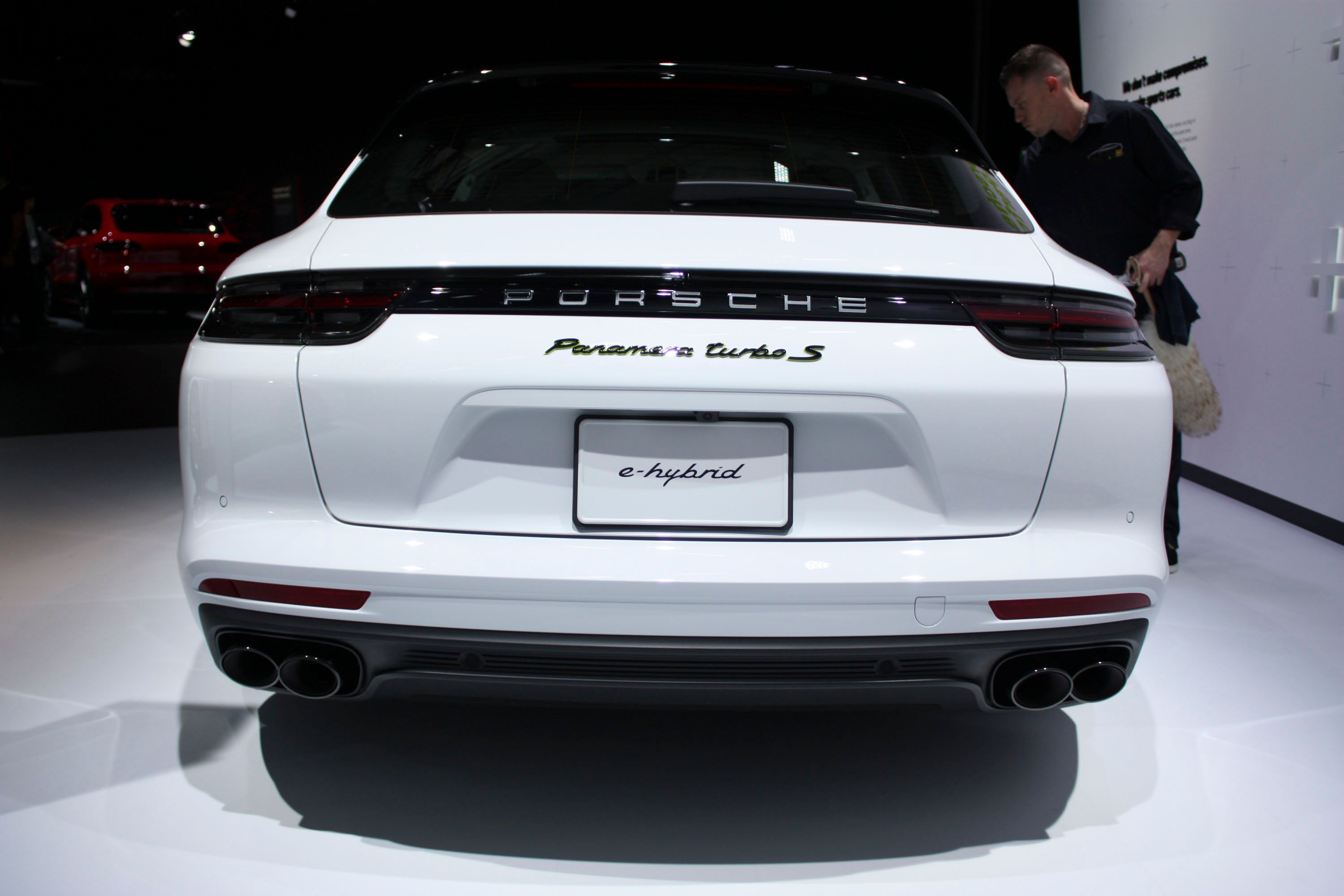
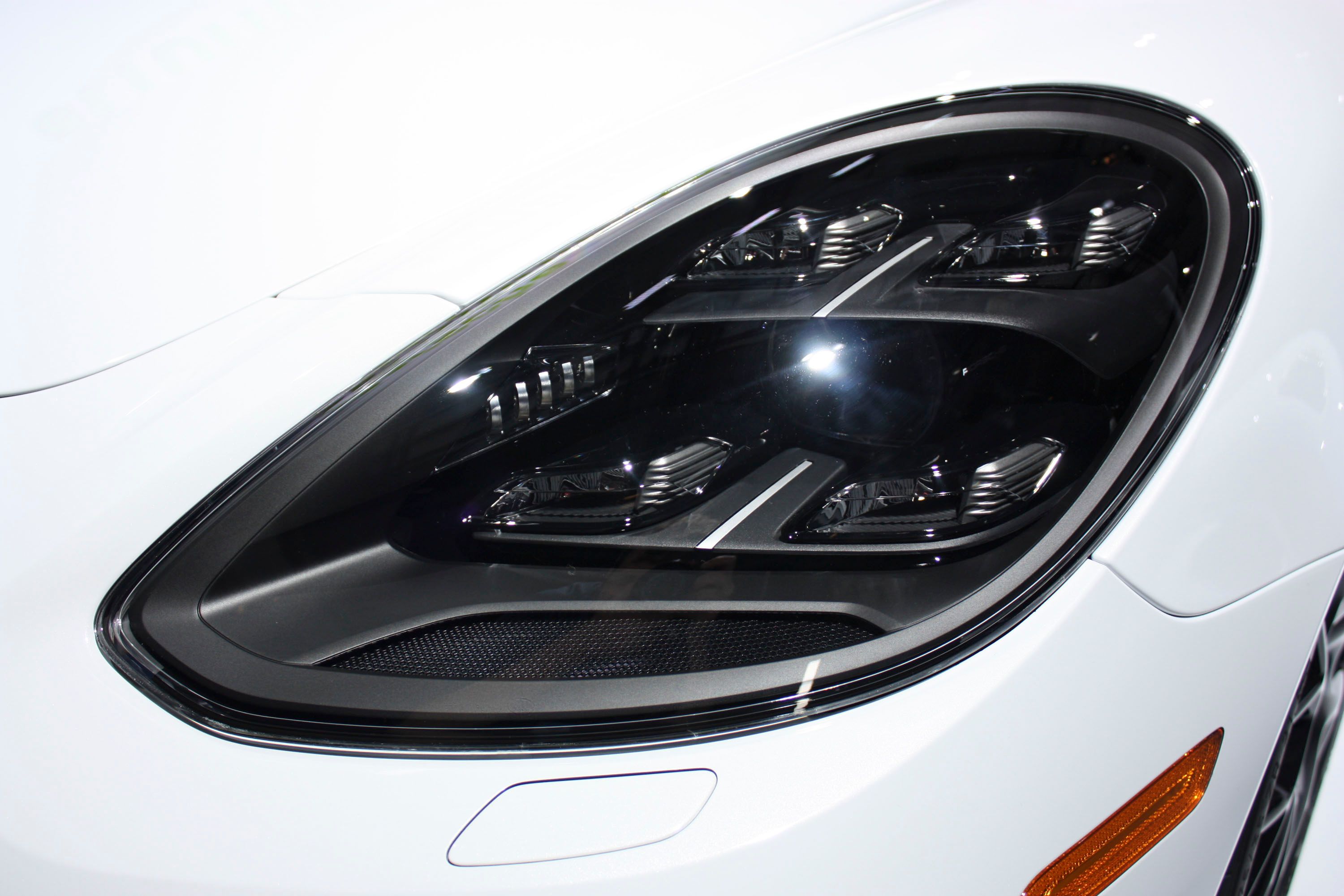
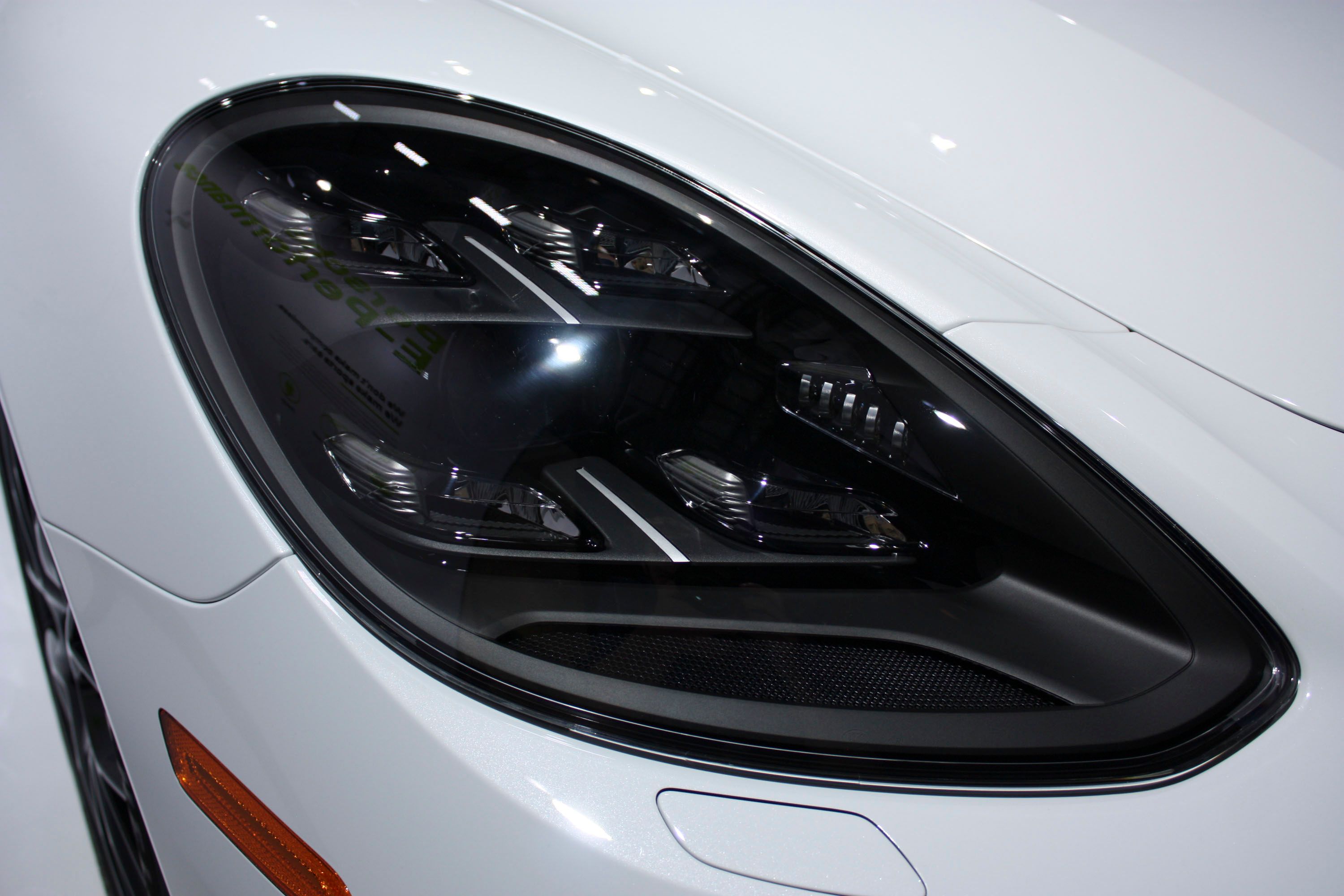
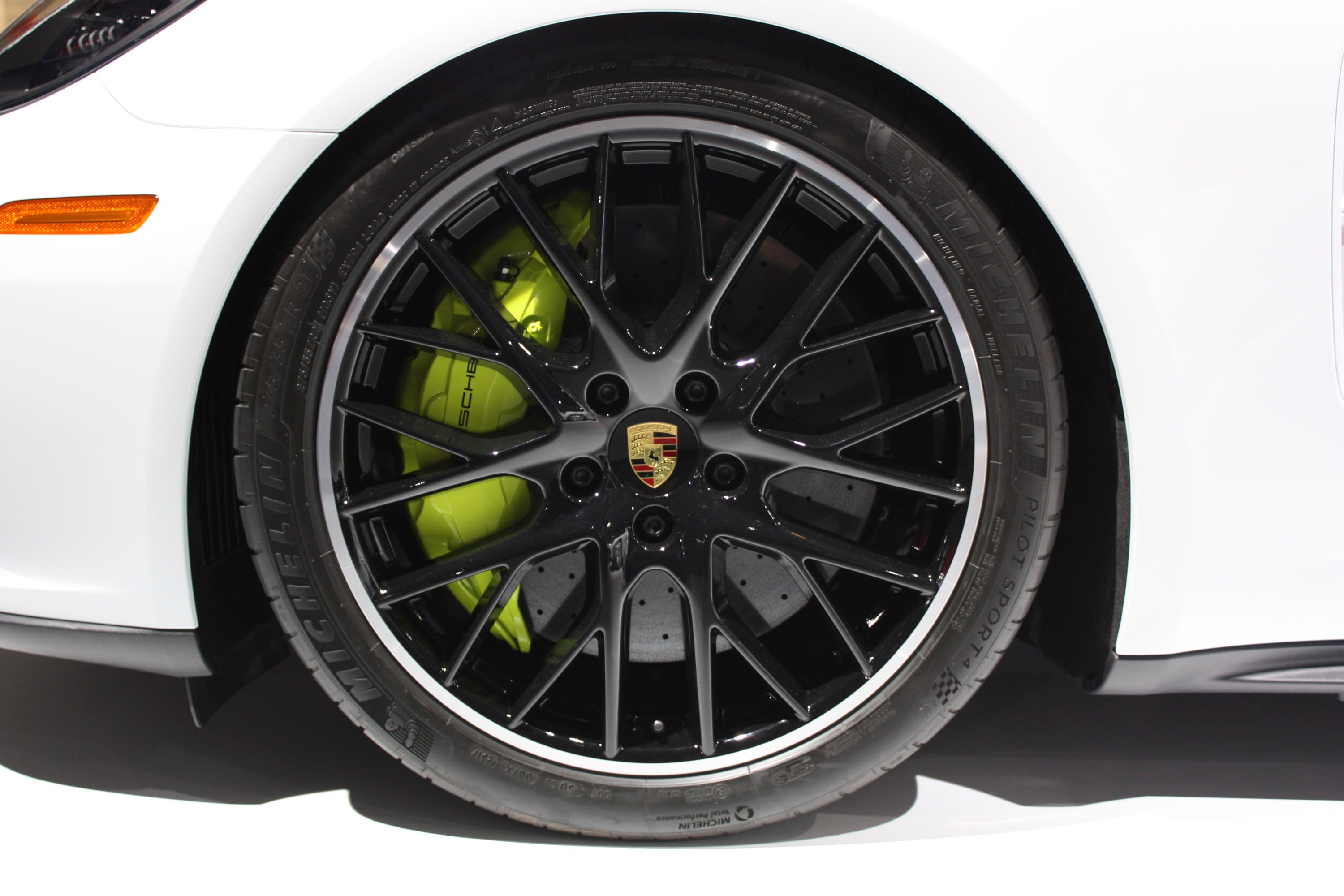
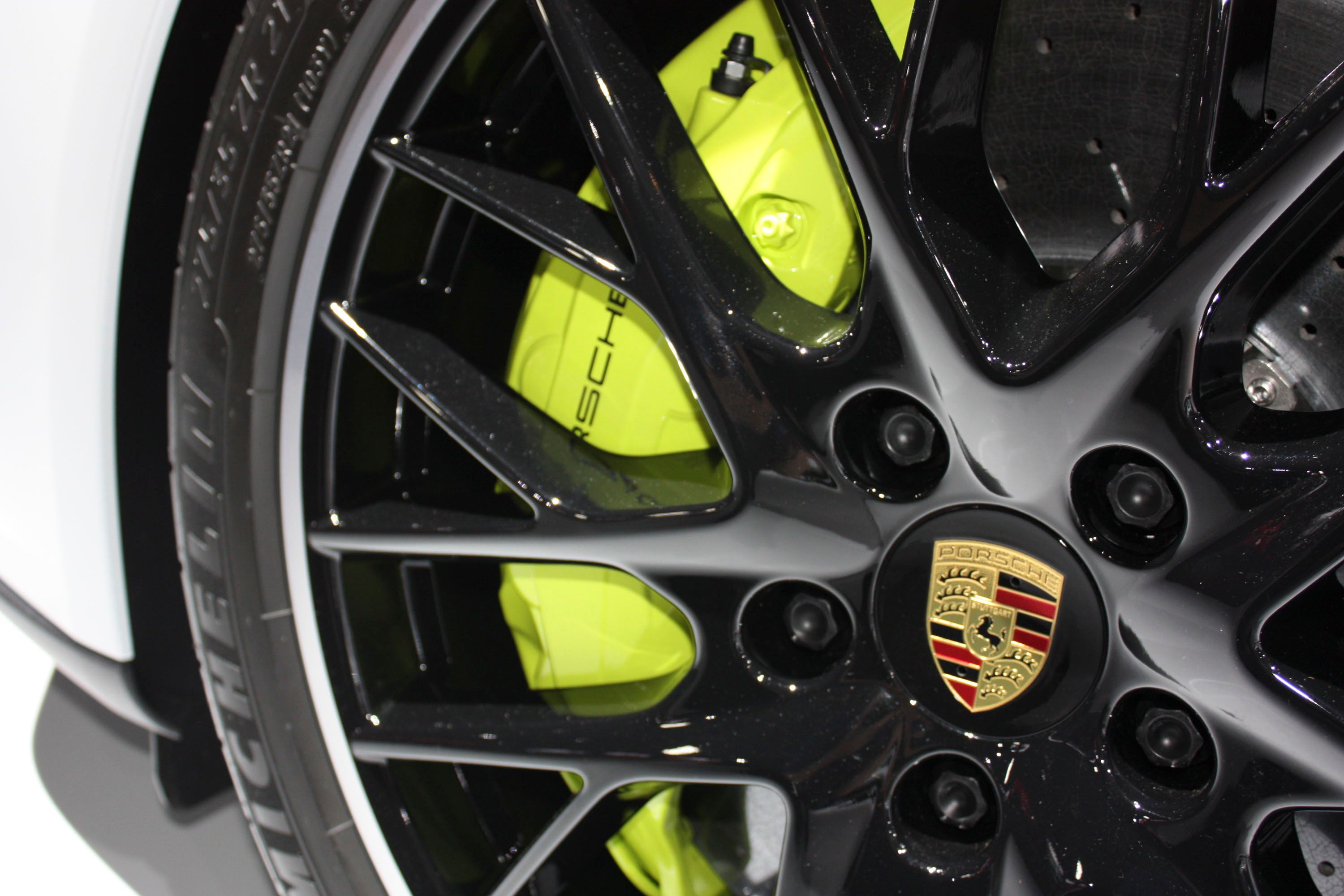
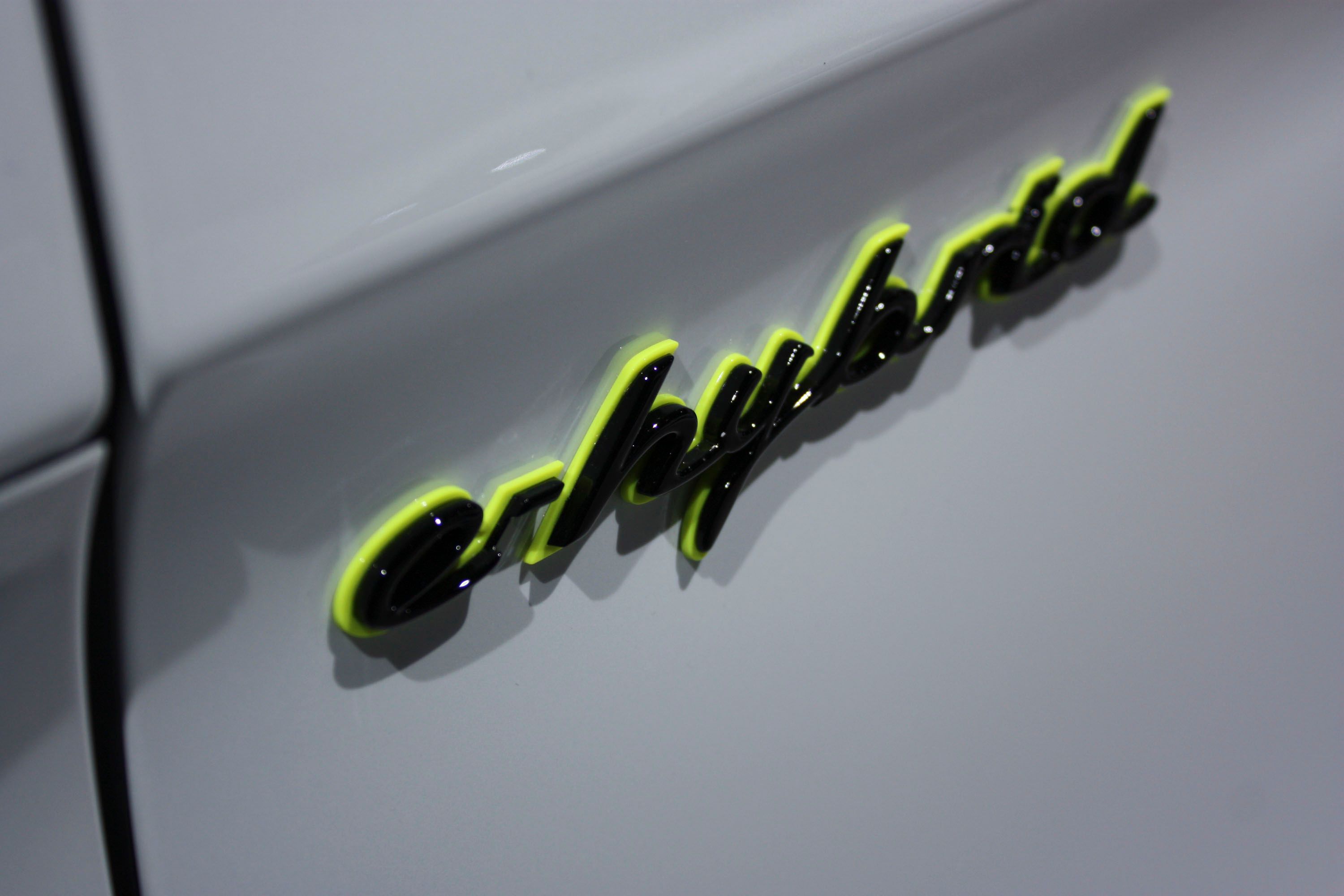
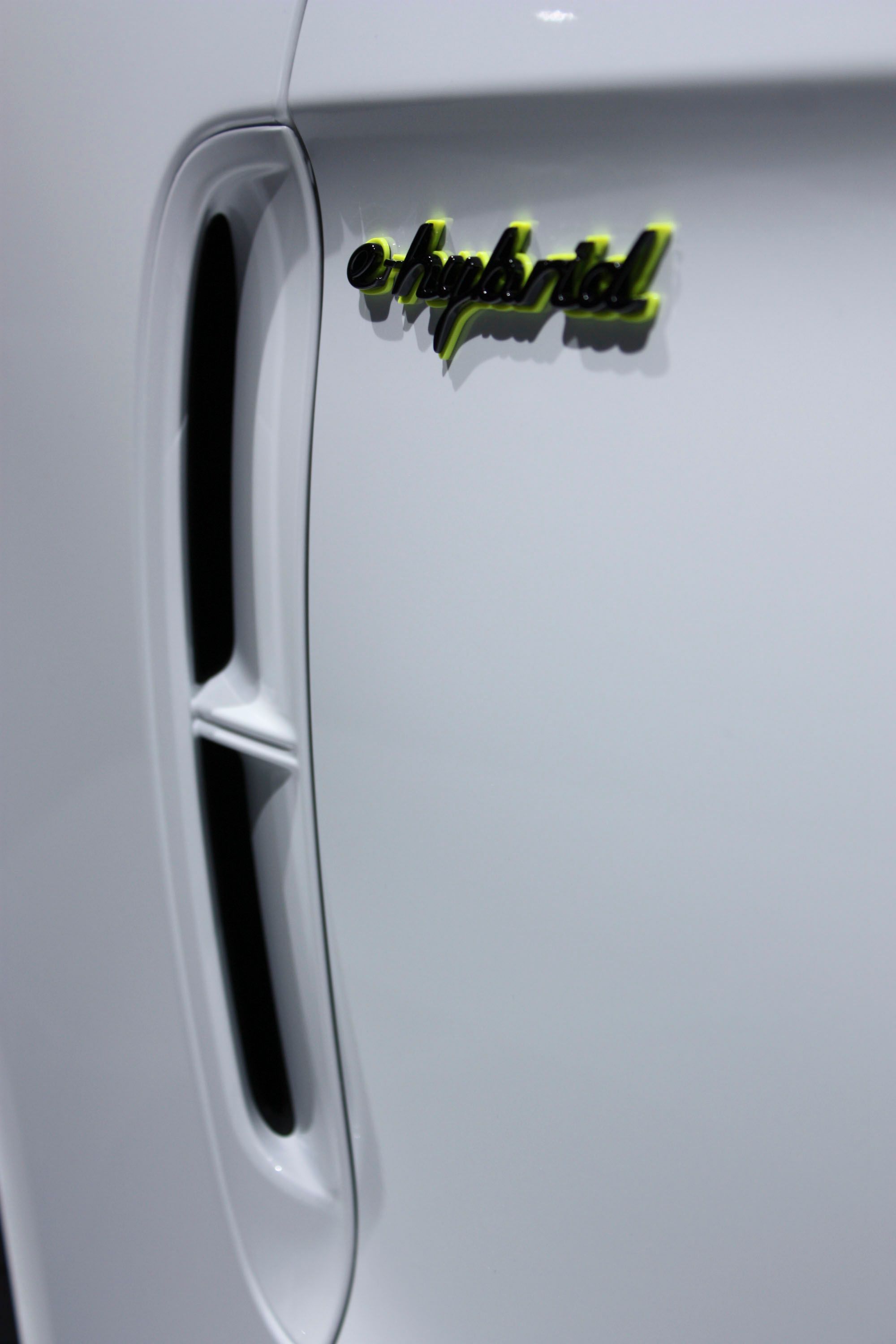
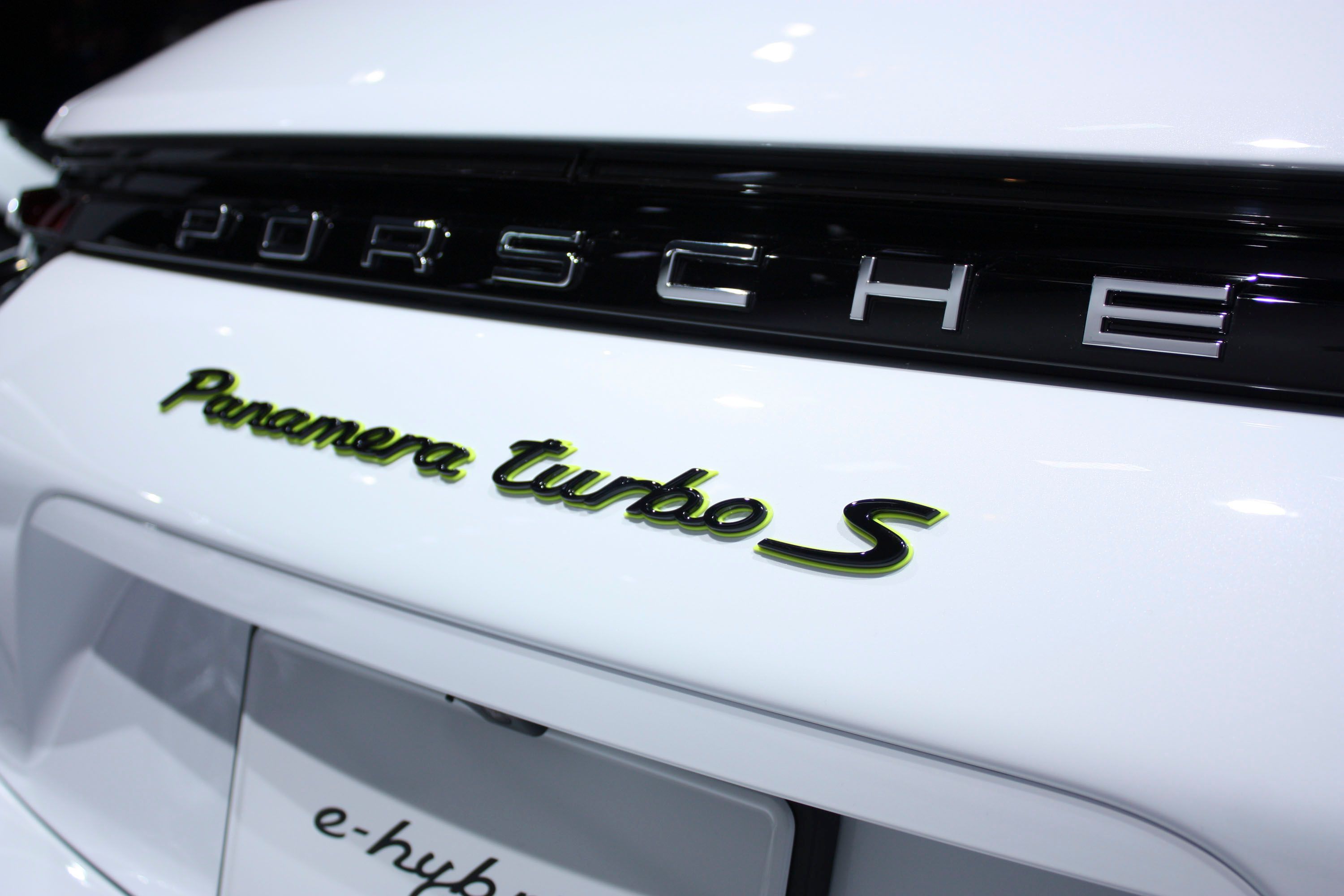
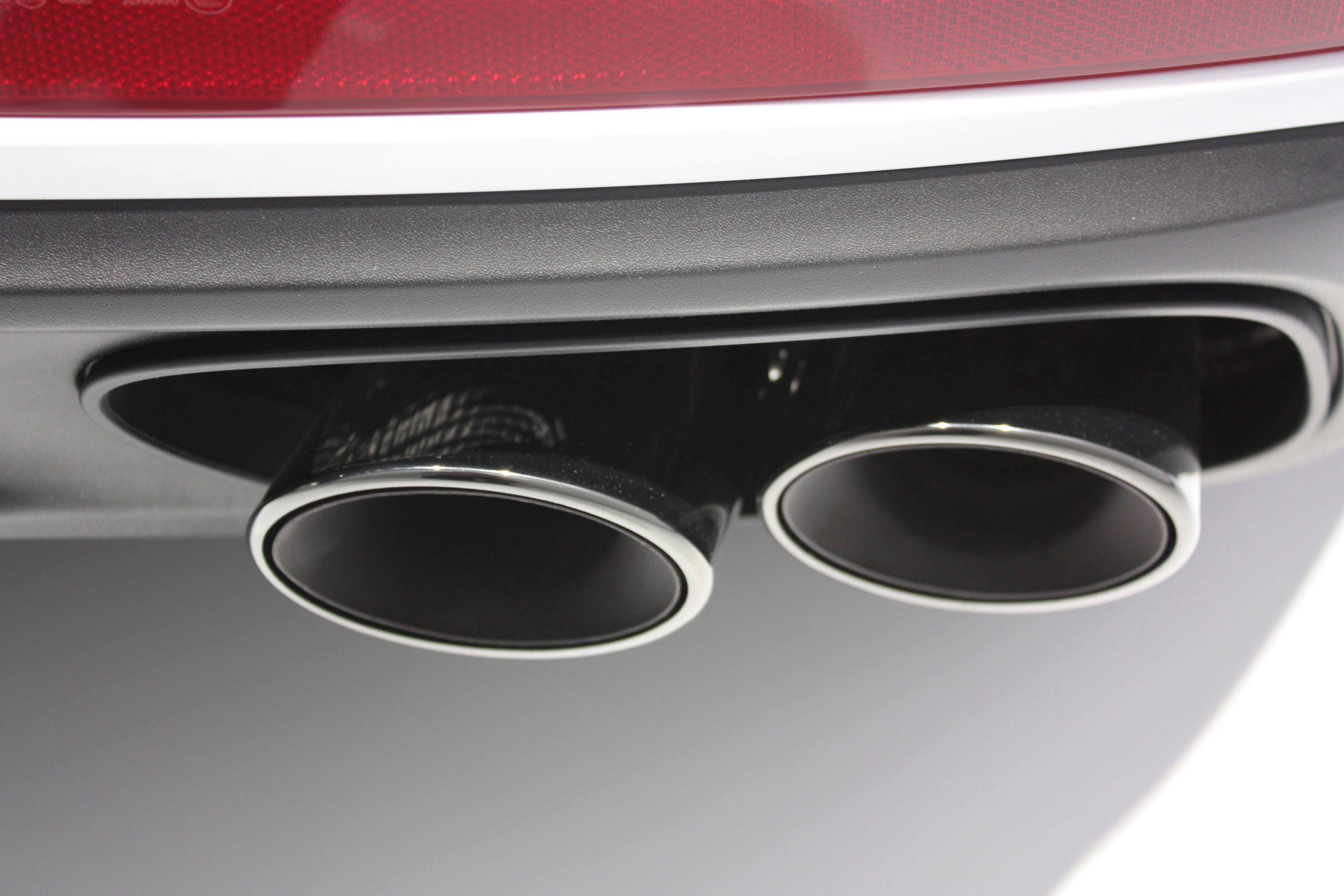
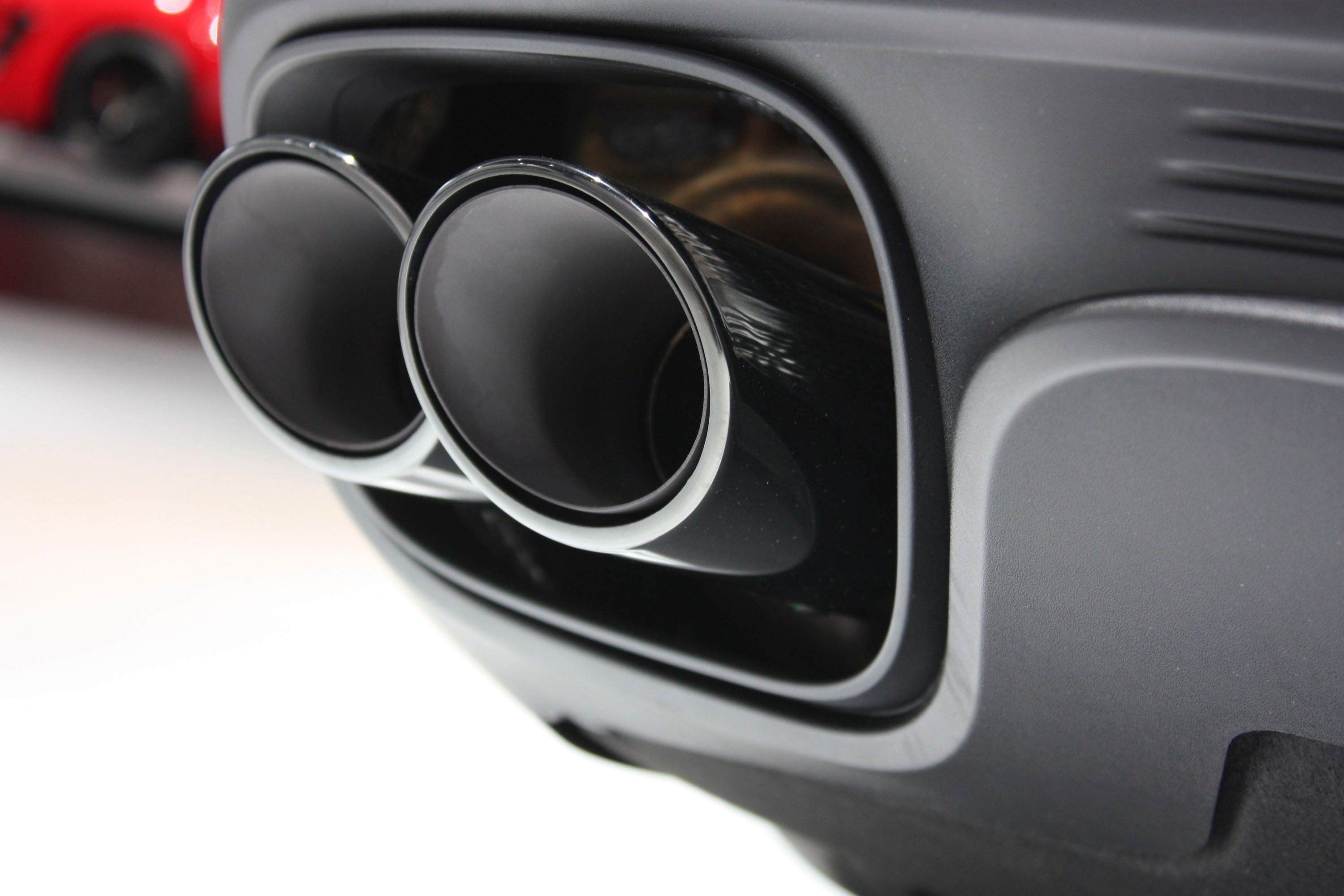
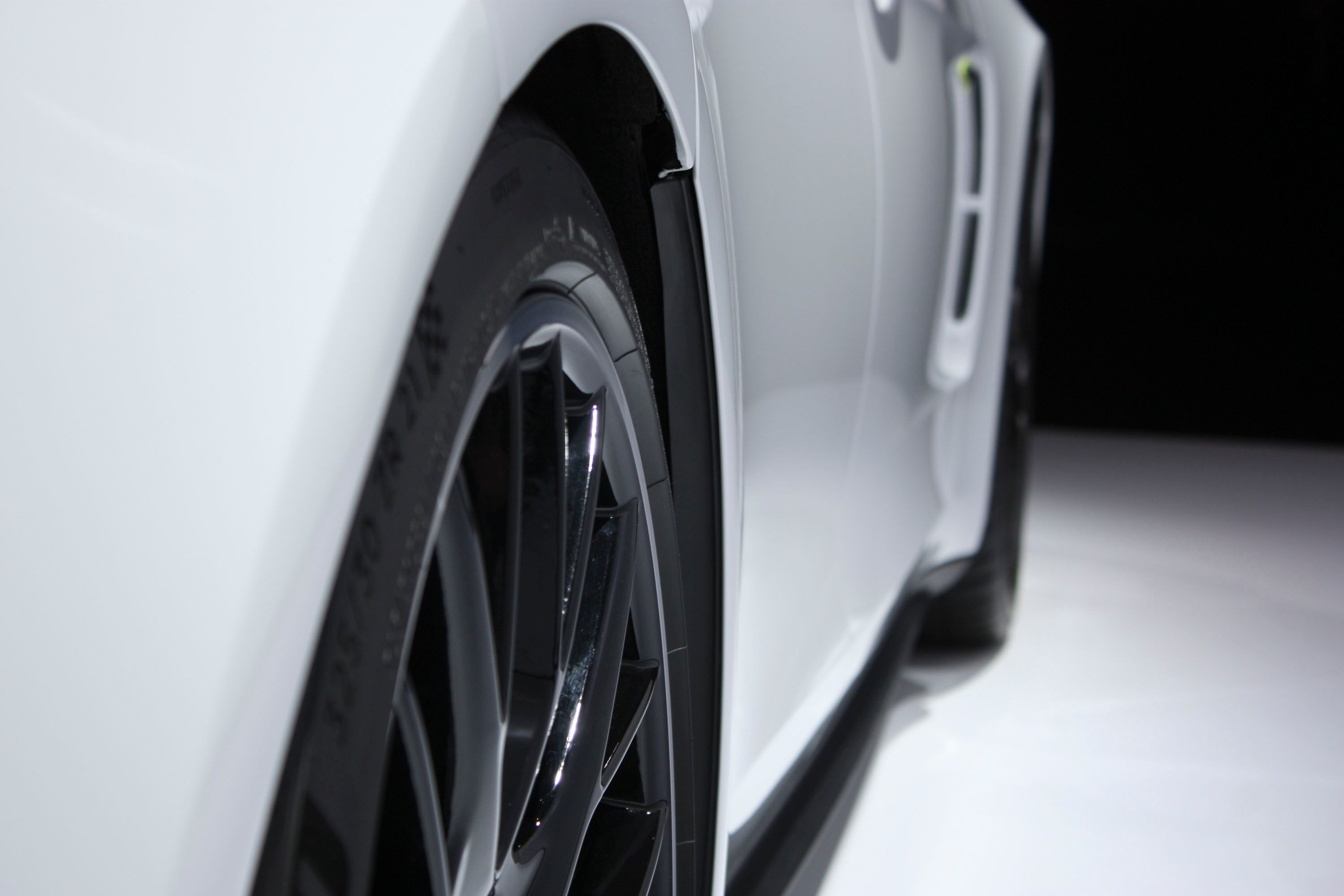
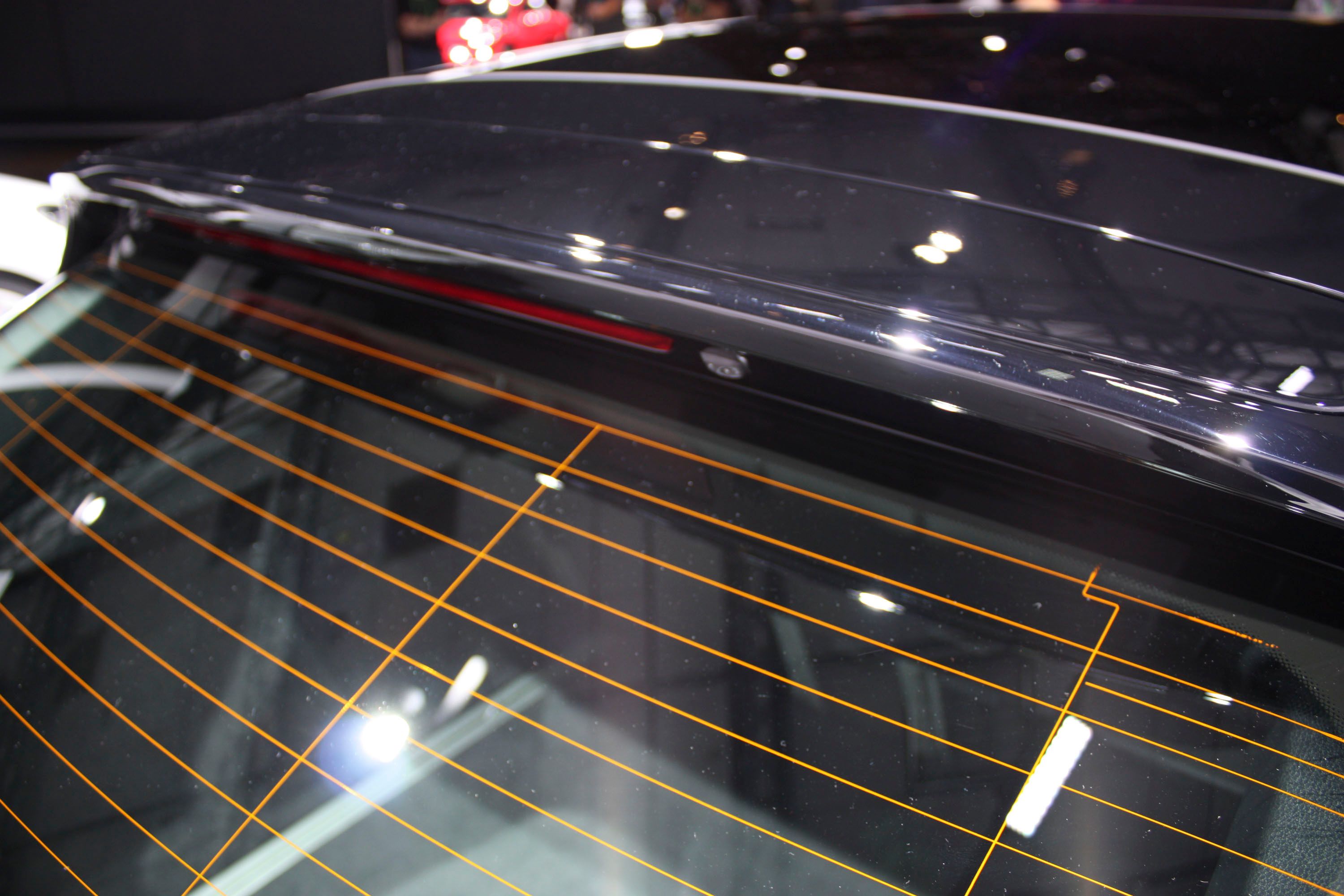
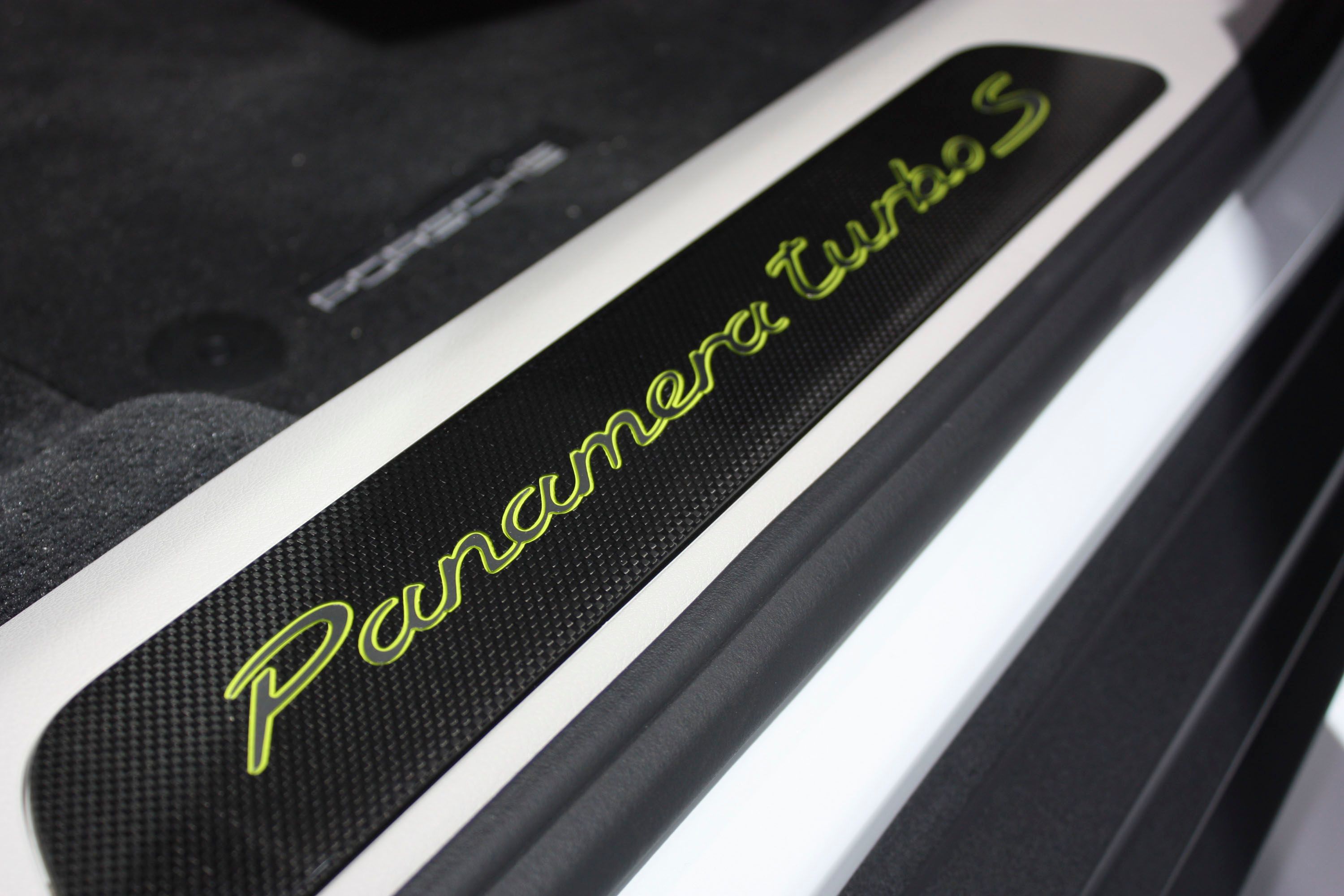
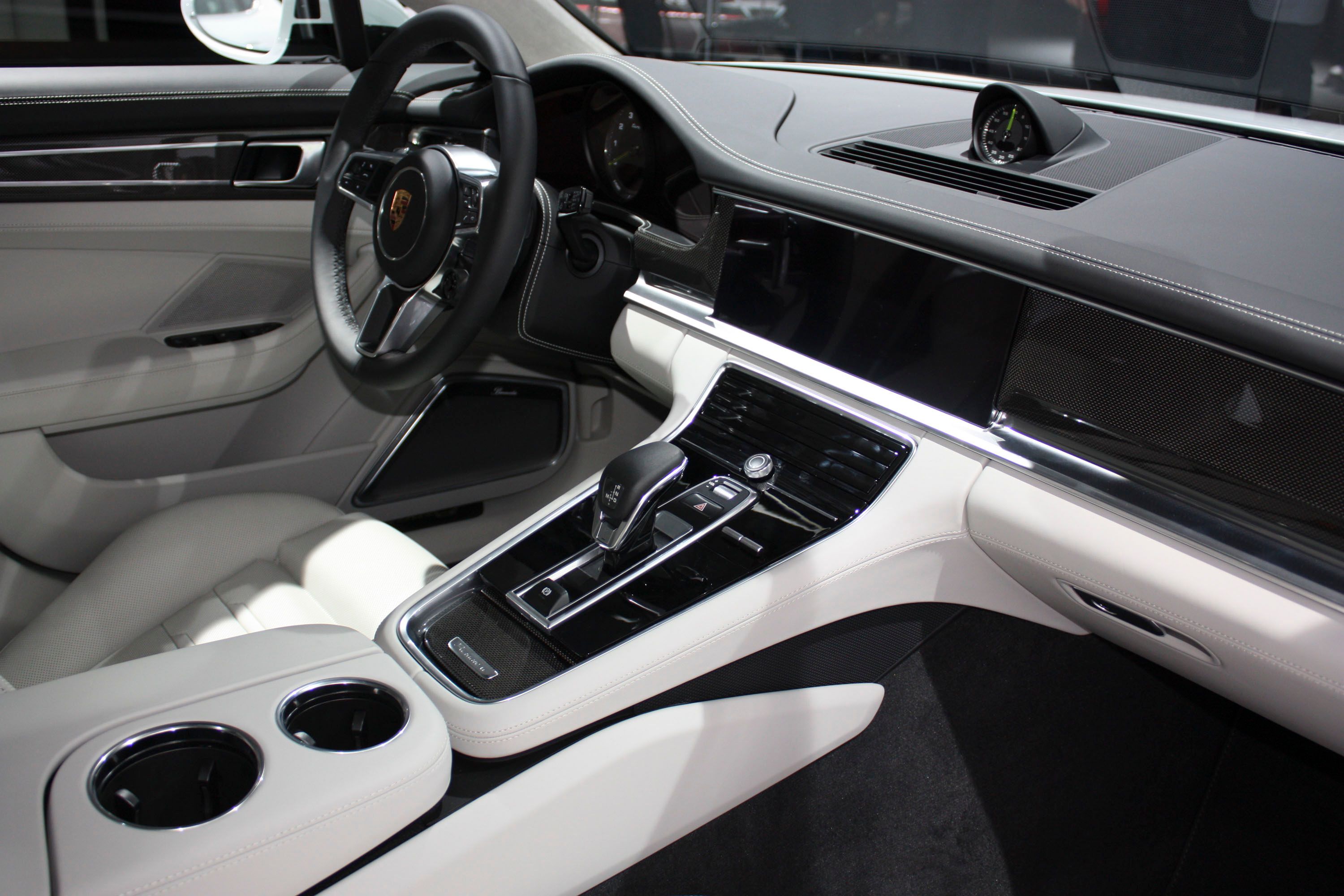
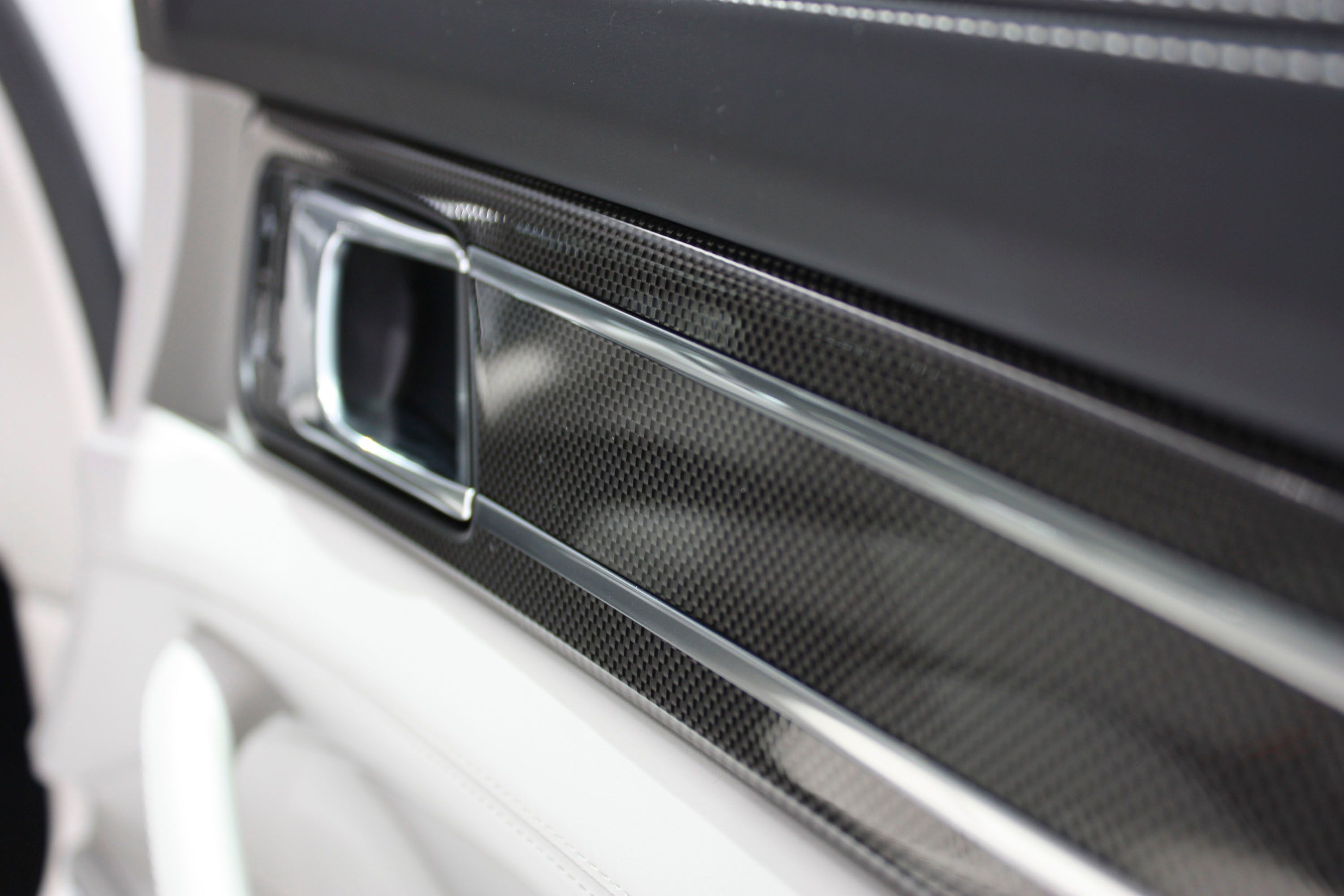
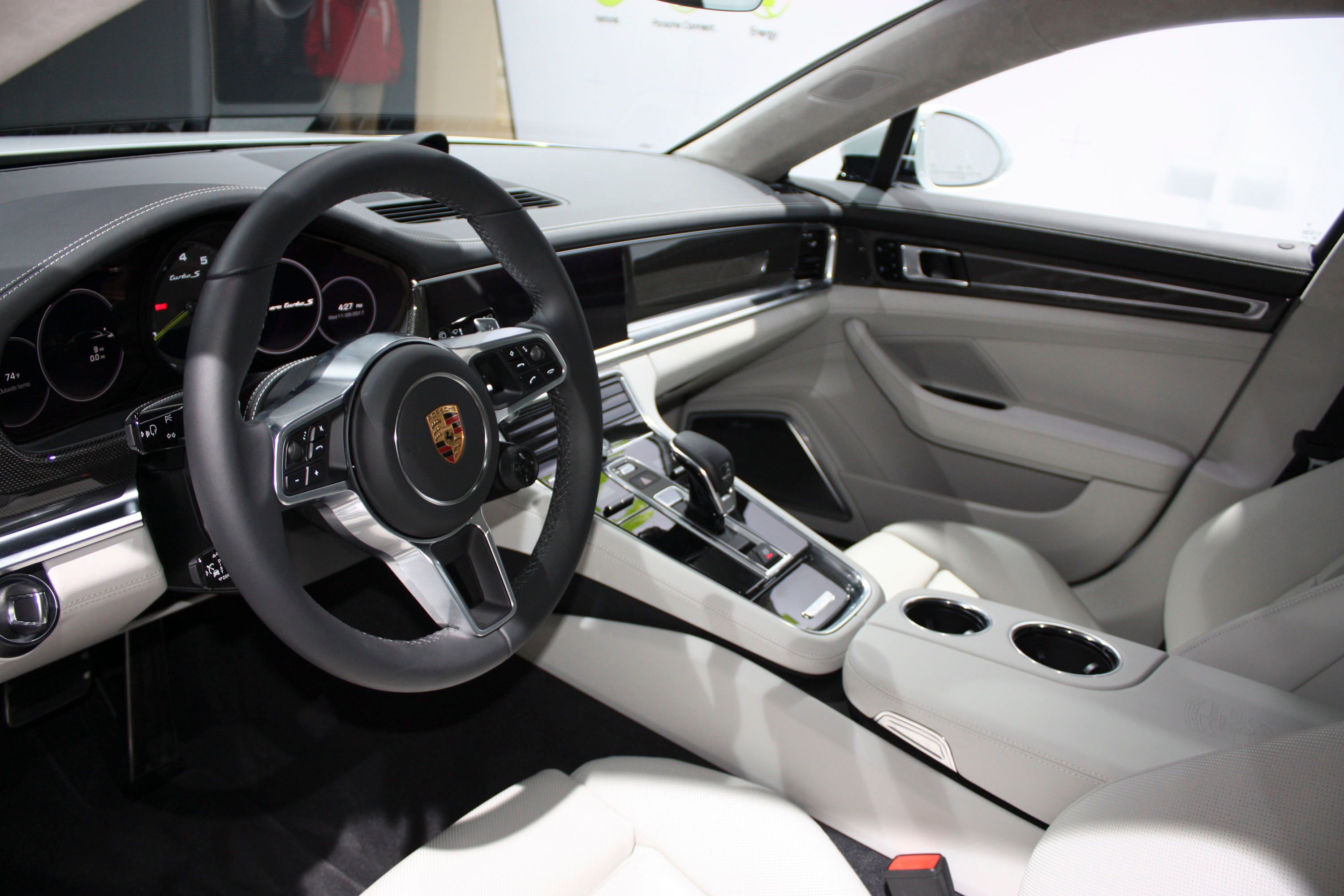
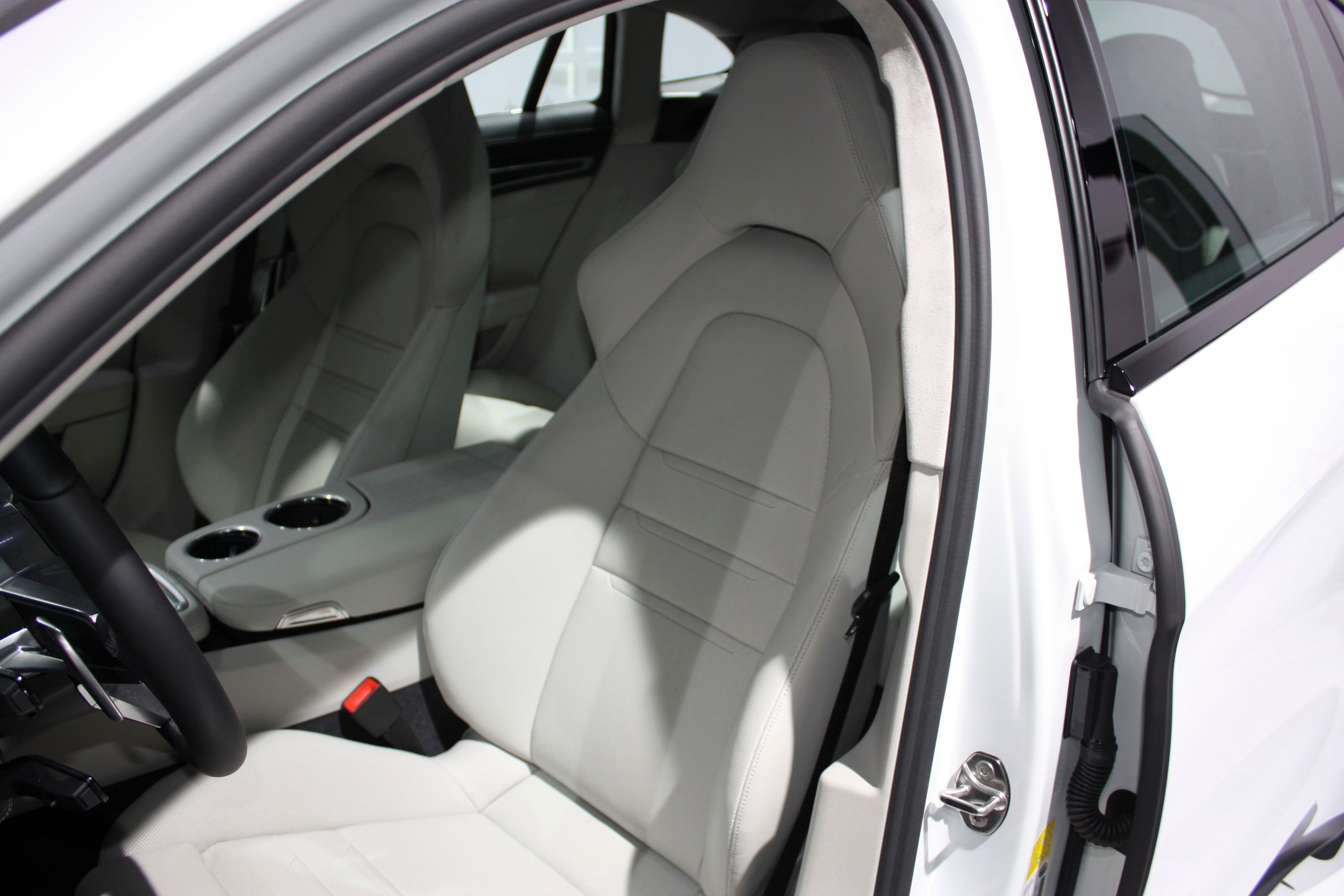
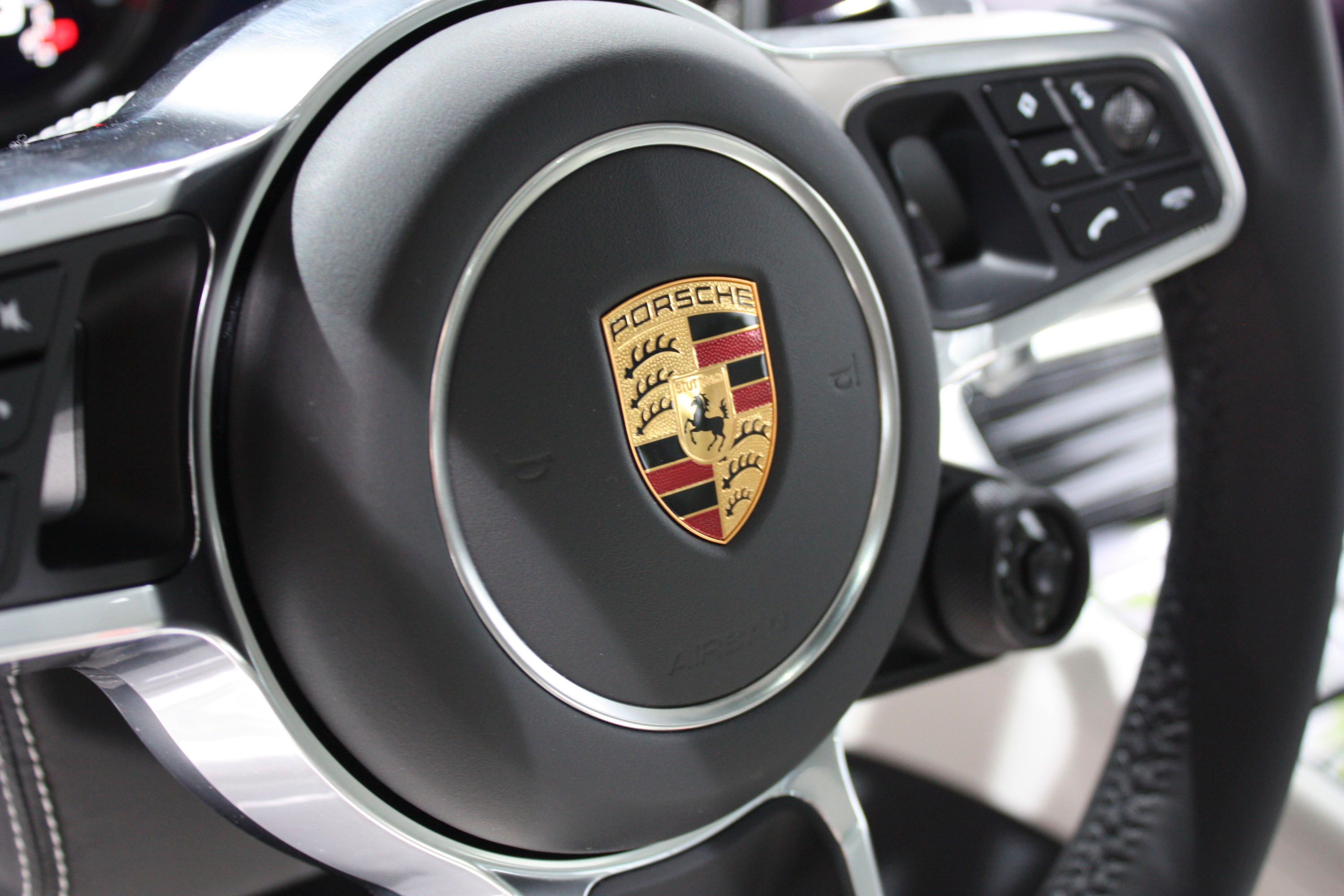
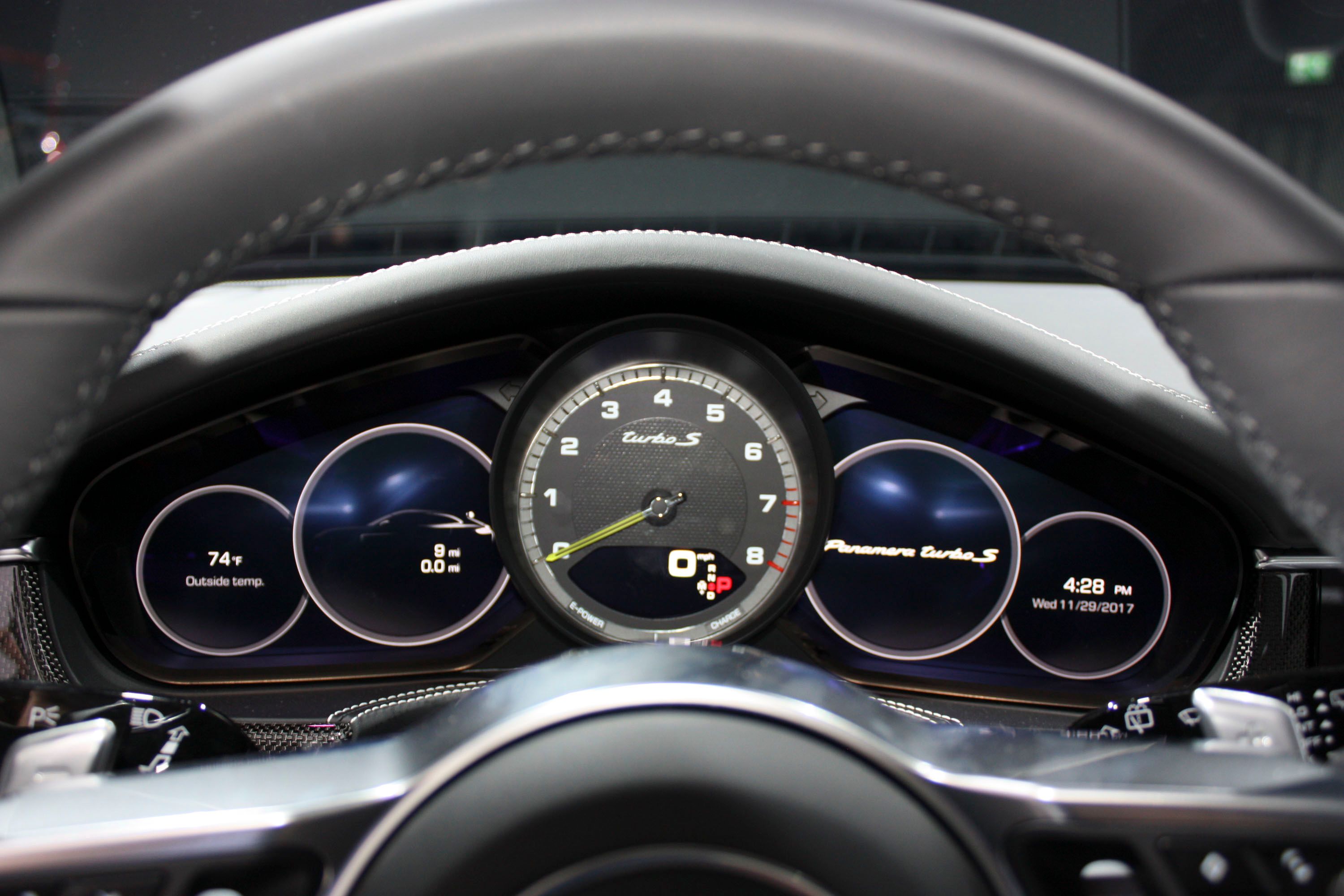
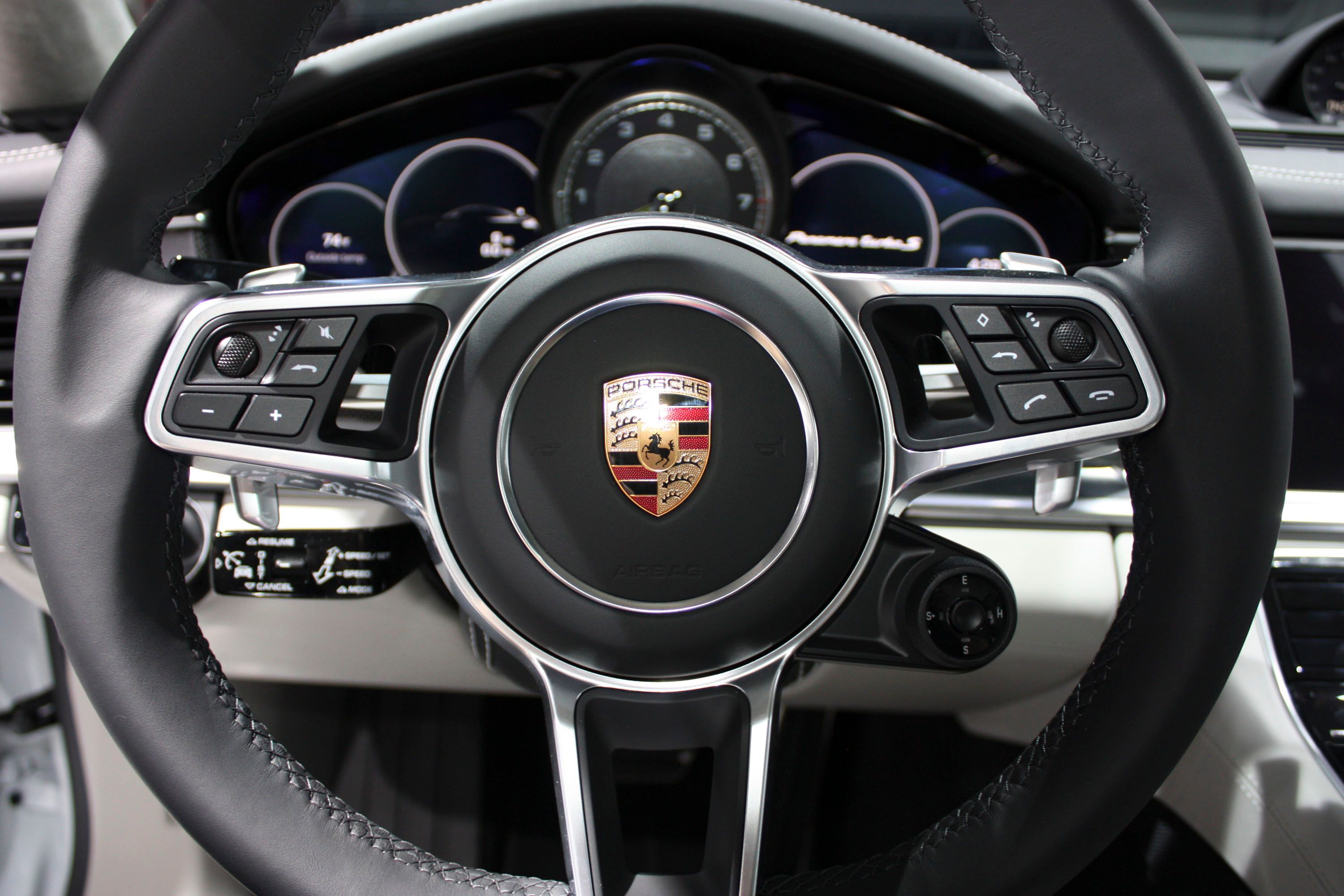
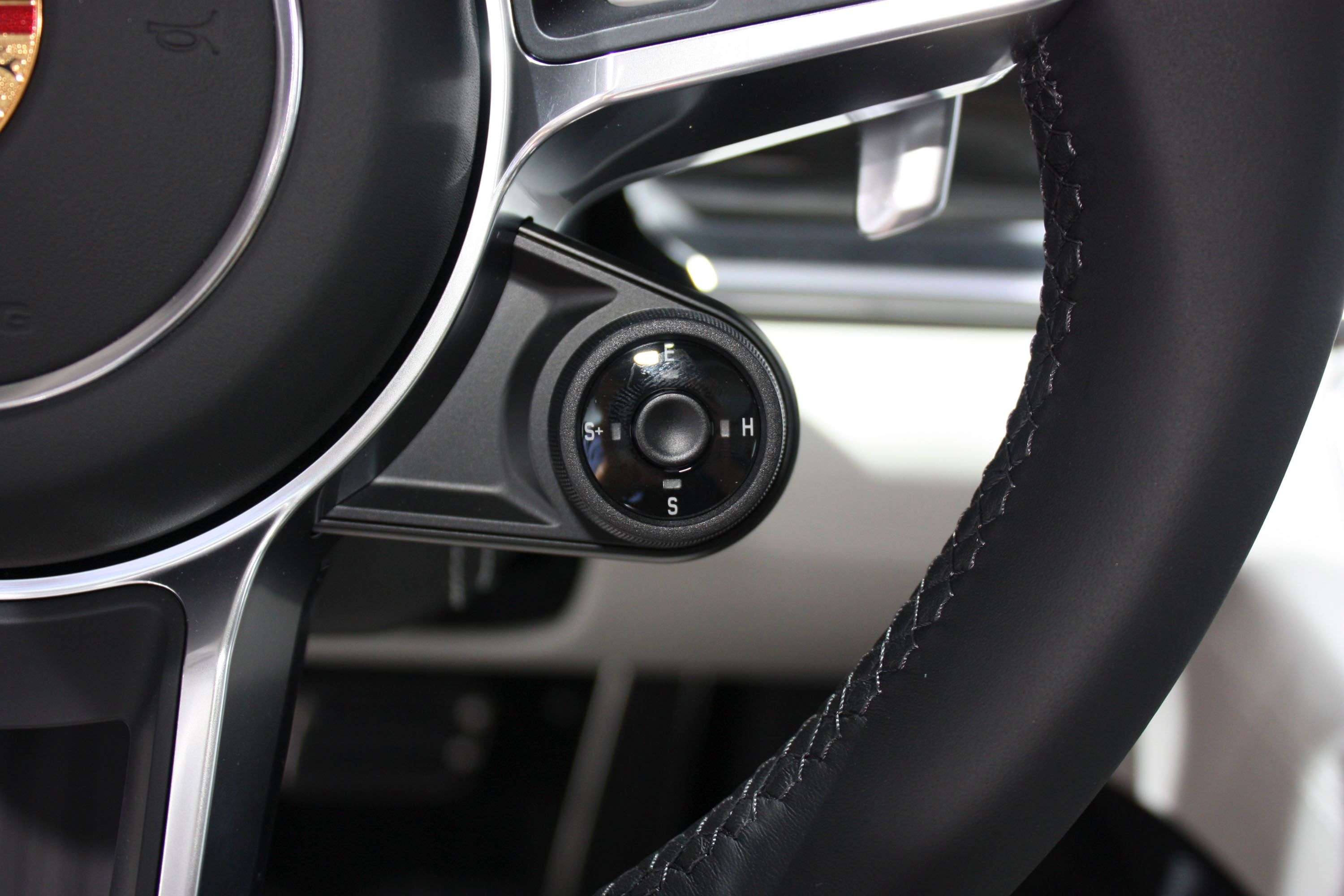
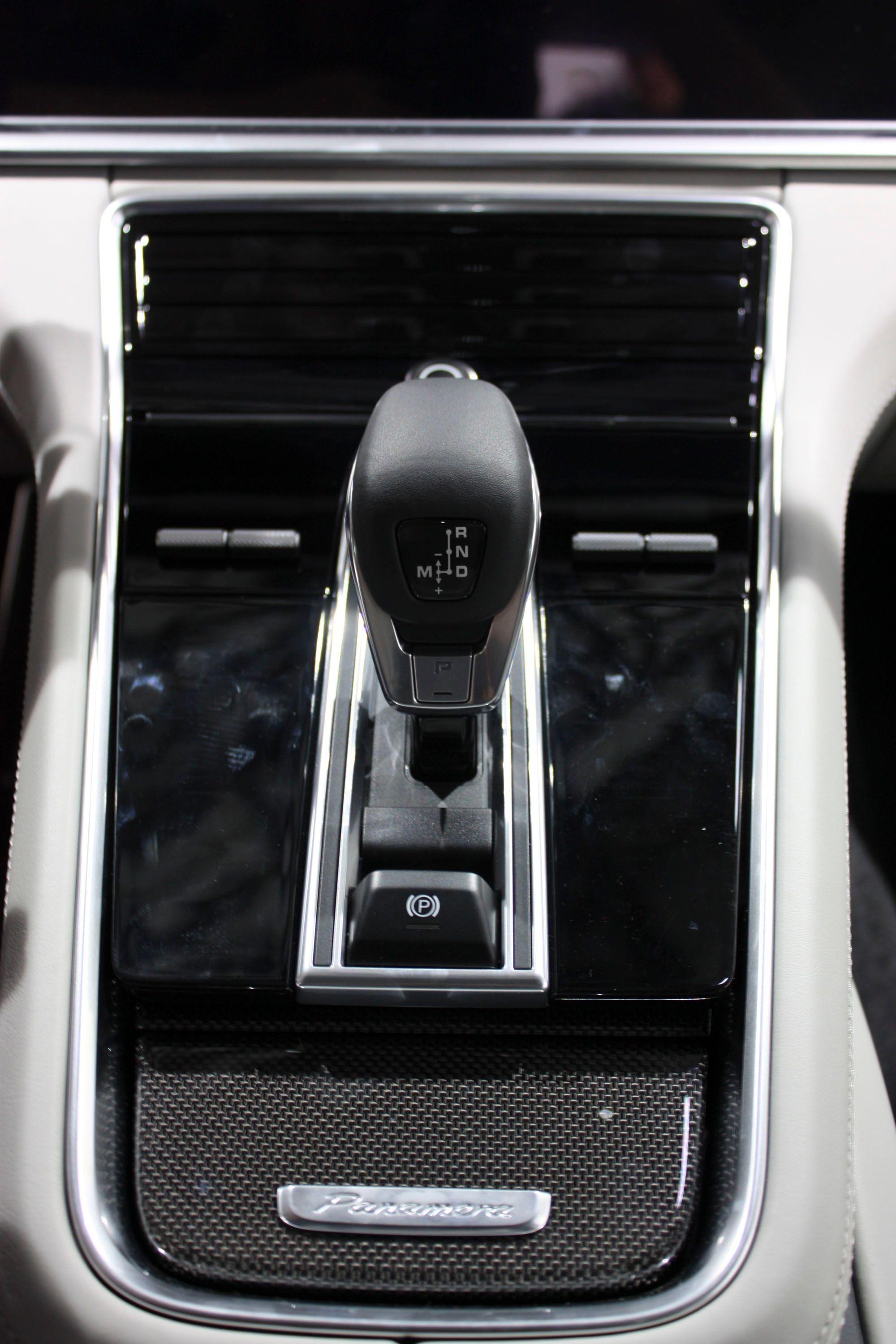
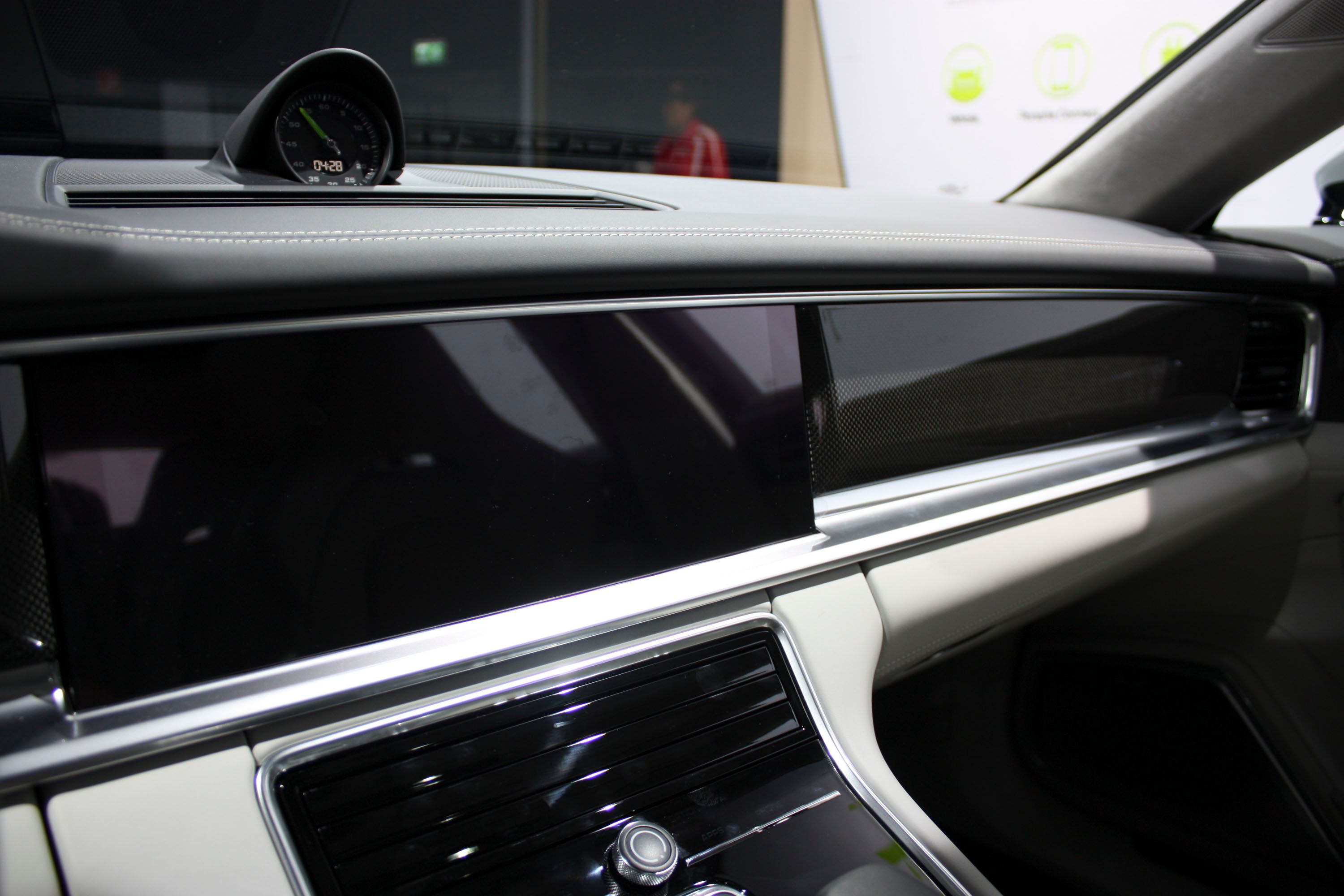
- Make: Array
- Model: 2018 Porsche Panamera Turbo S E-Hybrid Sport Turismo
- Engine/Motor: V8
- Horsepower: 680
- Torque: 626
- Transmission: 8-Speed PDK
- [do not use] Vehicle Model: Array
Official video
Exterior

It comes as no surprise that the Sport Turismo is identical to the Turbo S E-Hybrid sedan, except for the rear end, so I won't spend a lot of time describing its exterior. Launched for the 2018 model year and based on a production-ready concept car from a few years back, the Sport Turismo is basically the bastard child of the Panamera and the Cayenne. Virtually identical to the four-door from the nose to the C-pillars, the Sport Turismo's rear end boasts that utilitarian look you get with a standard station wagon. Sure, it's sportier than usual due to the raked tailgate and D-pillars, but it's not exactly a shooting brake either.
So what sets the hybrid Sport Turismo apart from the standard model?


Not much really. Unless you notice the green brake calipers and the green "Panamera Turbo S" lettering on the tailgate, you wouldn't know that this wagon also uses an electric motor and a battery.
Of course, just like the sedan, this Sport Turismo comes with adaptive aerodynamics as standard, so you do get a few extra features. Highlights include an active roof spoiler that changes its angle to three different positions depending on driving styles. The aero element remains in its standard position during normal driving, thus optimizing fuel consumption, but moves automatically to its performance position at track speeds. In this setup it increases driving stability and lateral dynamics. Finally, when the panoramic sliding roof is open at speeds above 55 mph, the spoiler moves into a position that helps to minimize wind noise.
Interior

The same goes inside the cabin, where the hybrid model is identical to the standard version that was introduced a few months. This isn't a bad thing though, as the Panamera Sport Turismo is a fancy wagon that brings together space, state-of-the-art technology, and luxury features.
There's a three-spoke steering wheel in front of the massive instrument cluster with five digital gauges and a large screen in the center stack. Both displays are among the features that set the hybrid apart, as they display specific information related to the car's electric motor and battery. Mounted high on the dash we can see the analog times that's included in the Sport Chrono Package.


The 12.3-inch infotainment screen includes the company's latest navigation system as standard, as well as the Porsche Connect Plus feature. Apple CarPlay is also included for iPhone users. The ability to remotely set the A/C for either cooling or heating before you get into the car turns the Sport Turismo into a nice place to spend time in no matter the season.
Comfort is not an issue in the rear seat, where two configurations are available. You can opt for either two individual seats that are electrically adjustable, but you can also go with the 2+1 layout, which includes two normal seats and a smaller one in the middle. The backrests of the three rear seats can be folded down together or individually in a 40:20:40 split and can be unlocked electrically from the luggage compartment. This increases trunk luggage volume to a respectable 45.7 cubic feet.
Drivetrain

Not surprisingly, the Panamera Turbo S E-Hybrid Sport Turismo gets its juice from the same drivetrain as its sedan sibling. The combo pairs the 4.0-liter V-8 that can be found on the old Panamera Turbo, which cranks out a whopping 550 horsepower, and an electric motor that generates an extra 136 horses. Total system output is rated at 680 horsepower and 626 pound-feet of torque, which makes this Sport Turismo one of the most powerful Porsche ever built. Heck, you can't get this kind of power from any 911 available, be it the Turbo S or the track-ready GT2 RS.
As you'd normally expect, supercar-like oomph brings supercar-like performance. This fancy station wagon needs only 3.2 seconds to hit 60 mph from a standing start and 11.6 ticks to complete the quarter mile. Assuming the big trunk isn't loaded with one month's worth of groceries. Top speed is rated at 192 mph, which isn't exactly amazing to today's standards, but very impressive for a hybrid.

Moving over to the lithium-ion battery, it has an energy capacity of 14.1 kWh and takes 12 hours to fully charge via a common 120 V, 10-amp connection. If the optional 7.2 kW on-board charger is used instead of the standard 3.6 kW unit, the charging time decreases to less than three hours with a 240 V, 40-amp connection. Charging can also be started using a timer in the Porsche Communication Management system or the Porsche Connect app, using an iPhone or an Apple Watch.
Other specs aren't yet available, but they should be similar to the sedan. Specifically, expect the wagon to consume as low as 2.9 liters of fuel per 100 km in the New European Driving Cycle. Of course, it's not the kind of figure you should expect to obtain in everyday driving conditions, but for a car that's as quick as the 911, the Sport Turismo can be very efficient. The sedan's all electric range is estimated at 50 km (31 miles) and this should apply to the wagon too. Again, it's a decent figure that will enable you to move around the city with no or as little gasoline power as possible.
The drivetrain mates to Porsche's familiar eight-speed PDK, a dual-clutch gearbox. The all-wheel-drive system is standard, as is the Porsche Traction Management system.
Drivetrain Specifications
|
Engine |
PDK |
|
Cylinder layout / number of cylinders |
8 |
|
Displacement |
4.0 liters |
|
Horsepower |
Combustion Engine: 550 hp; Electric Motor: 136 hp; Total Output: 680 hp |
|
@ rpm |
5,750 - 6,000 rpm |
|
Torque |
Combustion Engine: TBA lb.-ft.; Electric Motor: TBA lb.-ft.; Total Output: 626 lb.-ft. |
|
Compression ratio |
10,1 : 1 |
|
Top Track Speed |
192 mph |
|
0 - 60 mph |
3.2 sec w/ Sport Chrono |
|
PDK |
Standard / 8 speed |
Prices


The Panamera Turbo S E-Hybrid Sport Turismo will arrive at U.S. dealers starting Spring of 2018 with a sticker set at $188,400. That's a minor $4,000 increase over the sedan, but it's far from surprising, as station wagon are usually priced a tad higher than their four-door counterparts. Granted, this wagon is by no means affordable, but it comes with the kind of price you have to expect from a vehicle that has close to 700 horsepower, the latest tech available, and loads of luxury features.
Competition
This where it becomes a bit tricky. With almost 700 horsepower at its disposal and a pretty aggressive, 911-inspired design, the Panamera Turbo S E-Hybrid Sport Turismo competes in a league of its own. The hybrid wagons you can buy are significantly less powerful, while the performance green cars that are available don't come in a grocery getter layout. This means you'll have to make a compromise in order to buy something else.
Volvo V90
If you want a hybrid drivetrain and a large wagon trunk, the Volvo V90 is pretty much the only option you have. The Swedish wagon is brand-new for 2017 and quite stylish to look at, especially when compared with the old, hearse-like Volvo models. It's definitely not as sporty looking as the Panamera Sport Turismo, but it's not a brick on wheels either. The interior is stylish too and includes Volvo's latest tech on top of some fancy luxury features. However, it's nowhere near as powerful, with the T8 drivetrain, which pairs a 2.0-liter, turbocharged and supercharged four-banger and a 60-kW electric motor, rated at 400 horsepower and 472 pound-feet of twist. Granted, it's nothing to sneeze at, but it's no supercar either. Sprinting from 0 to 60 mph takes 4.8 seconds, 1.6 ticks slower than the Panamera, while top speed is limited at a more mundane 155 mph. On the other hand, the V90 is significantly more affordable. U.S. pricing is not yet available, but the T8 model retails from £58,455 in the United Kingdom.
Read our full review of the Volvo V90.
Tesla Model S
Unlike the Panamera Turbo S E-Hybrid Sport Turismo, the Model S is a all-electric car. It's also more of a sportback sedan rather than a wagon and it's nowhere near as luxurious as the Porsche, but it has features like semi-autonomous driving and, more importantly, it matches the Panamera's outstanding output. The American EV is now available in three versions. The base 75D is rated at 518 horsepower and hits 60 mph in 4.2 seconds. Next up is 100D, which cranks out 762 horses and accelerates to 60 mph in an amazing 4.1 seconds. Upgrade to the P100D and the benchmark drops to an amazing 2.5 ticks. While faster in its range-topping trim, the Model S is also more affordable to drive since you don't have to pay for gasoline. The range is solid too, from the 259 miles of the 75D to the 335 of the 100D. Needless to say, it's also more affordable, with the incredibly fast P100D being priced from $135,000 before incentives.
Read our full review of the Tesla Model S.
Conclusion

I must admit I'm a bit surprised that Porsche gave the Sport Turismo the Turbo S E-Hybrid treatment. Let's face it, wagons are no longer popular since SUVs rose to power, and the Sport Turismo by itself is a rather surprising presence on the premium market. But while it might not become a high seller, Panamera Turbo S E-Hybrid Sport Turismo should at least stand out as an enthusiasts car. There aren't many performance wagons available out there, let alone one that uses a hybrid drivetrain and cranks out nearly 700 horsepower, so I have to give it to Porsche for creating a unique product. Hopefully other automakers will follow suit. I'd definitely like to see wagon versions of the Tesla Model S or the Audi A7.
References
Porsche Panamera Turbo S E-Hybrid
Read our full review on the Porsche Panamera Turbo S E-Hybrid.
Porsche Panamera Sport Turismo
Read our full review on the Porsche Panamera Sport Turismo.

